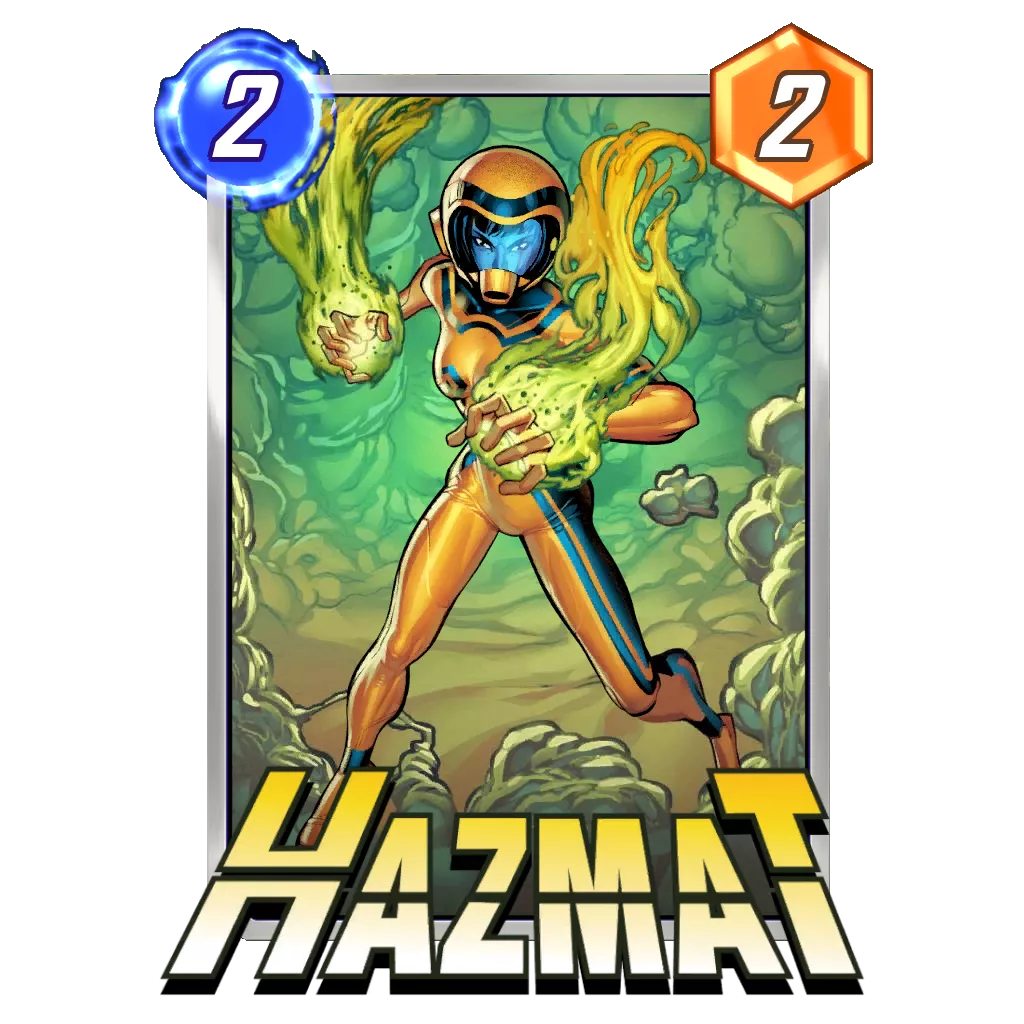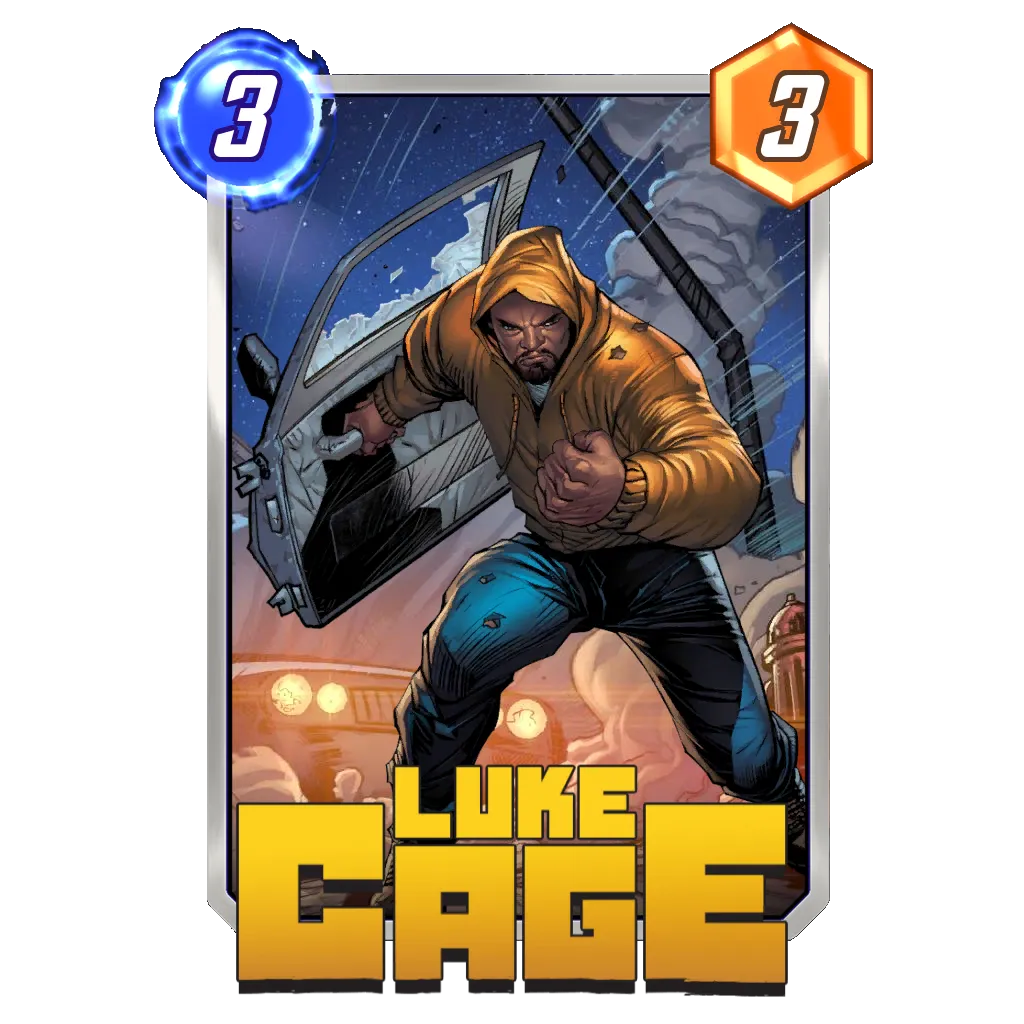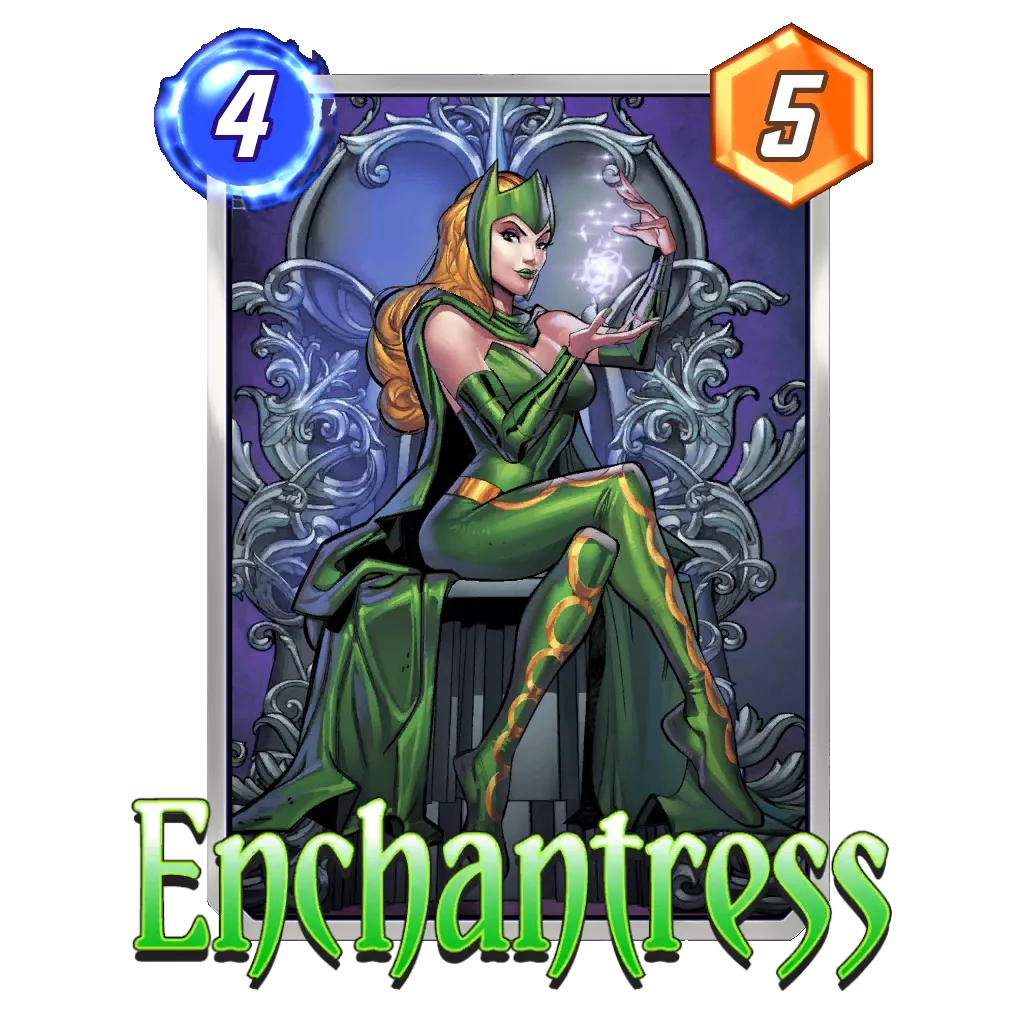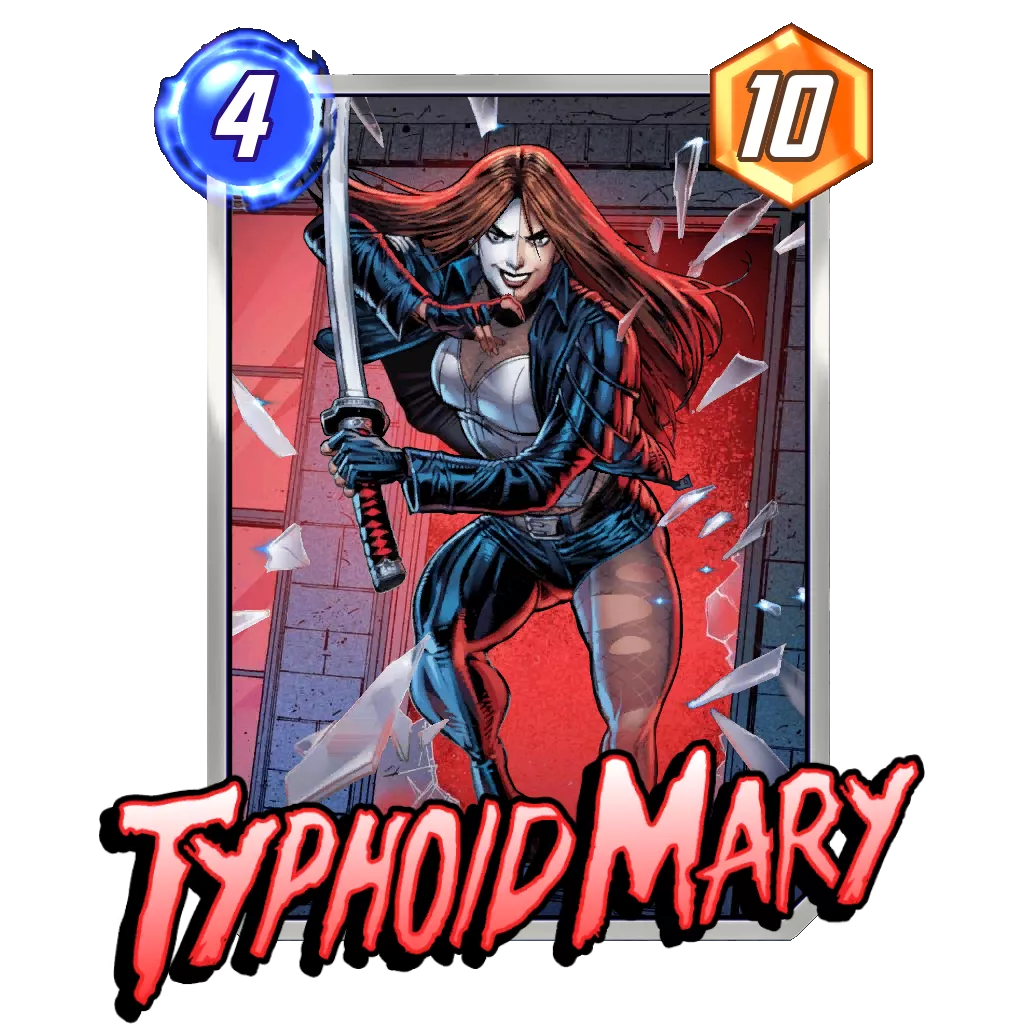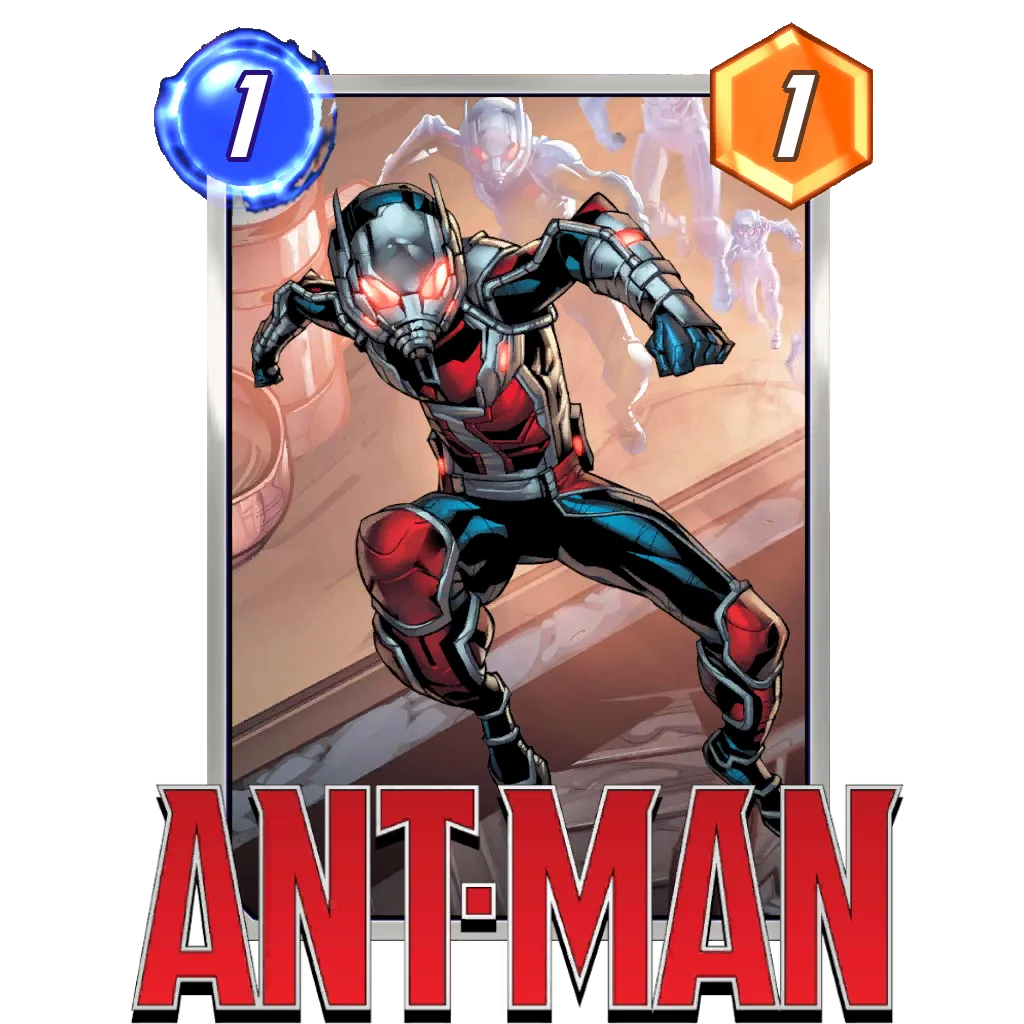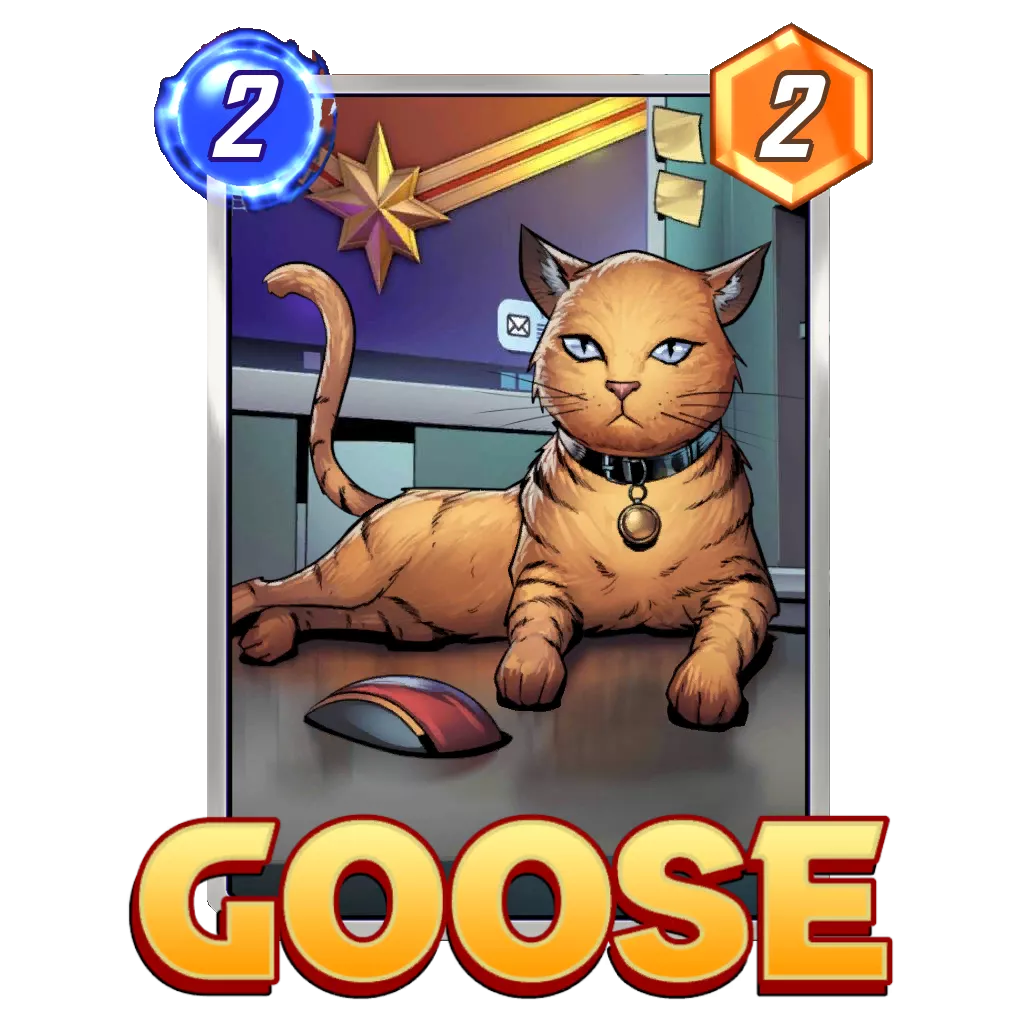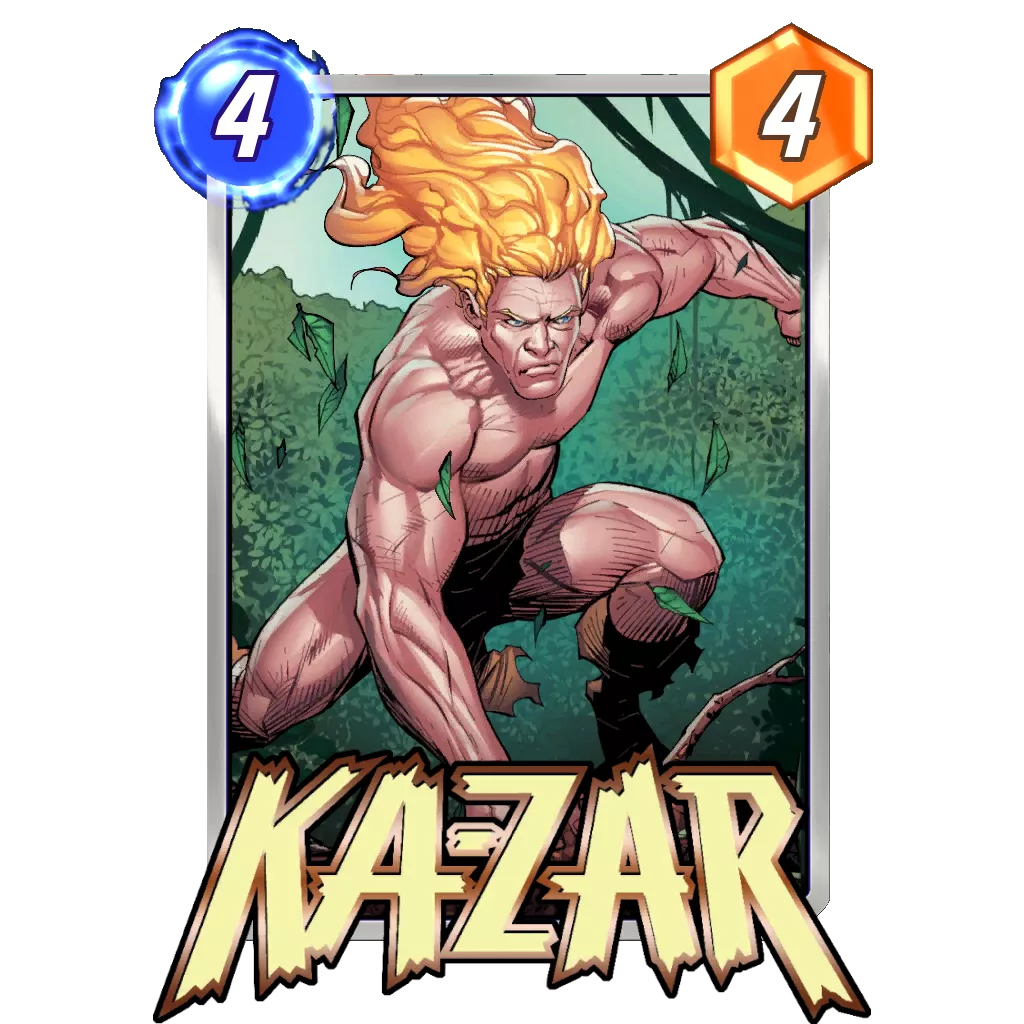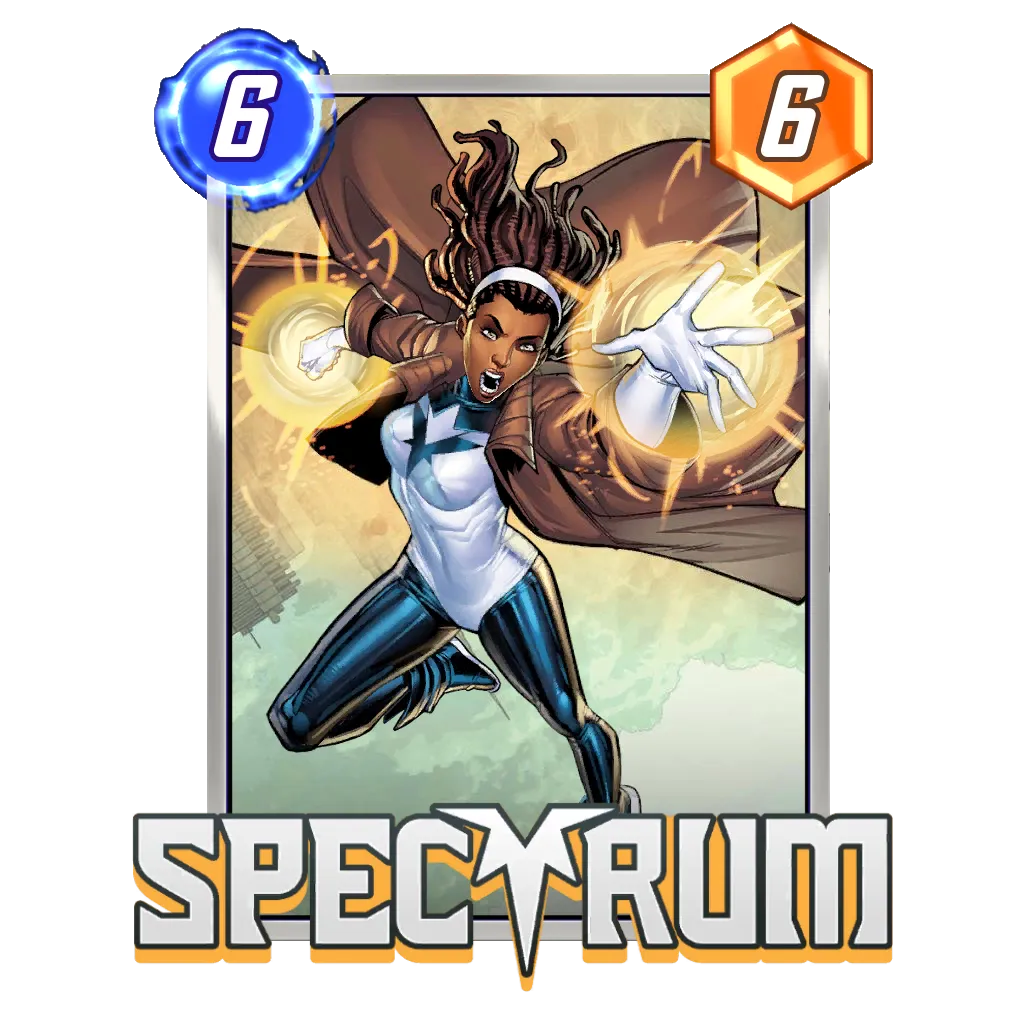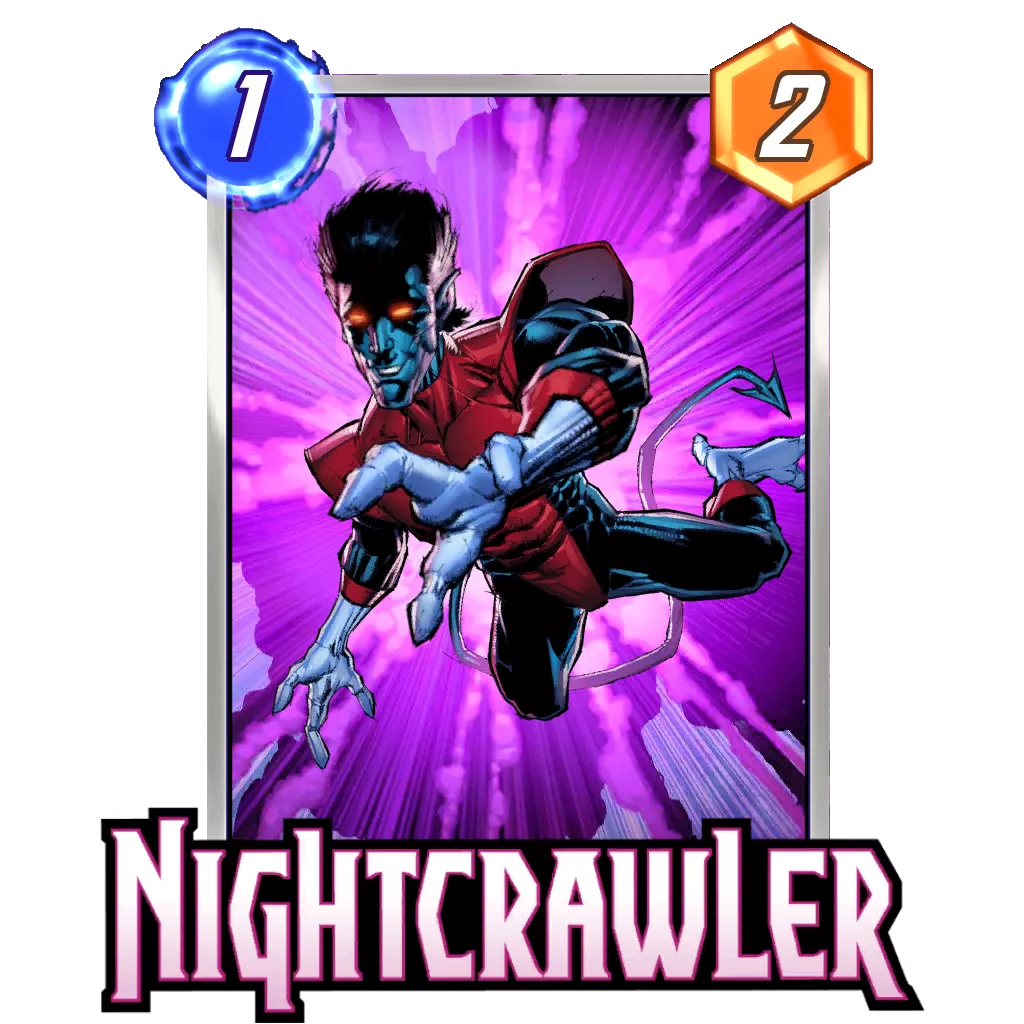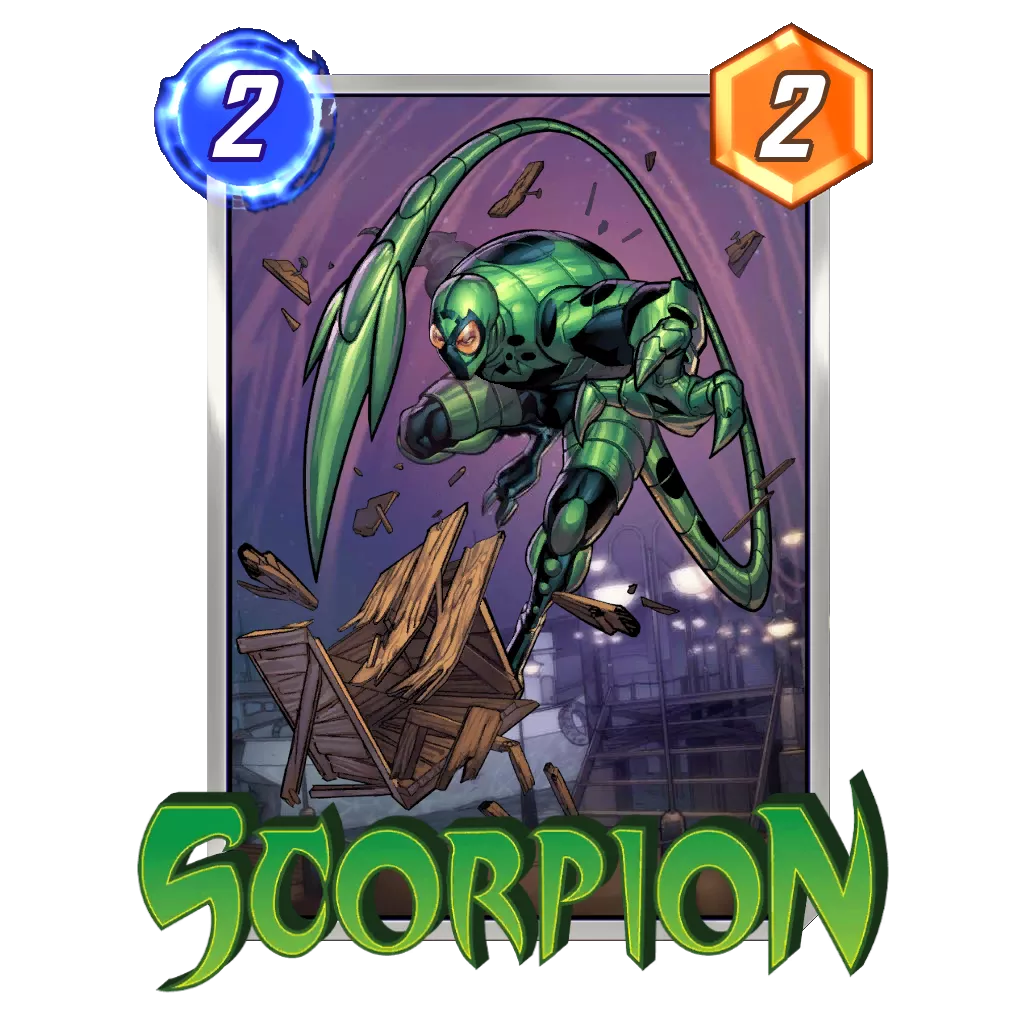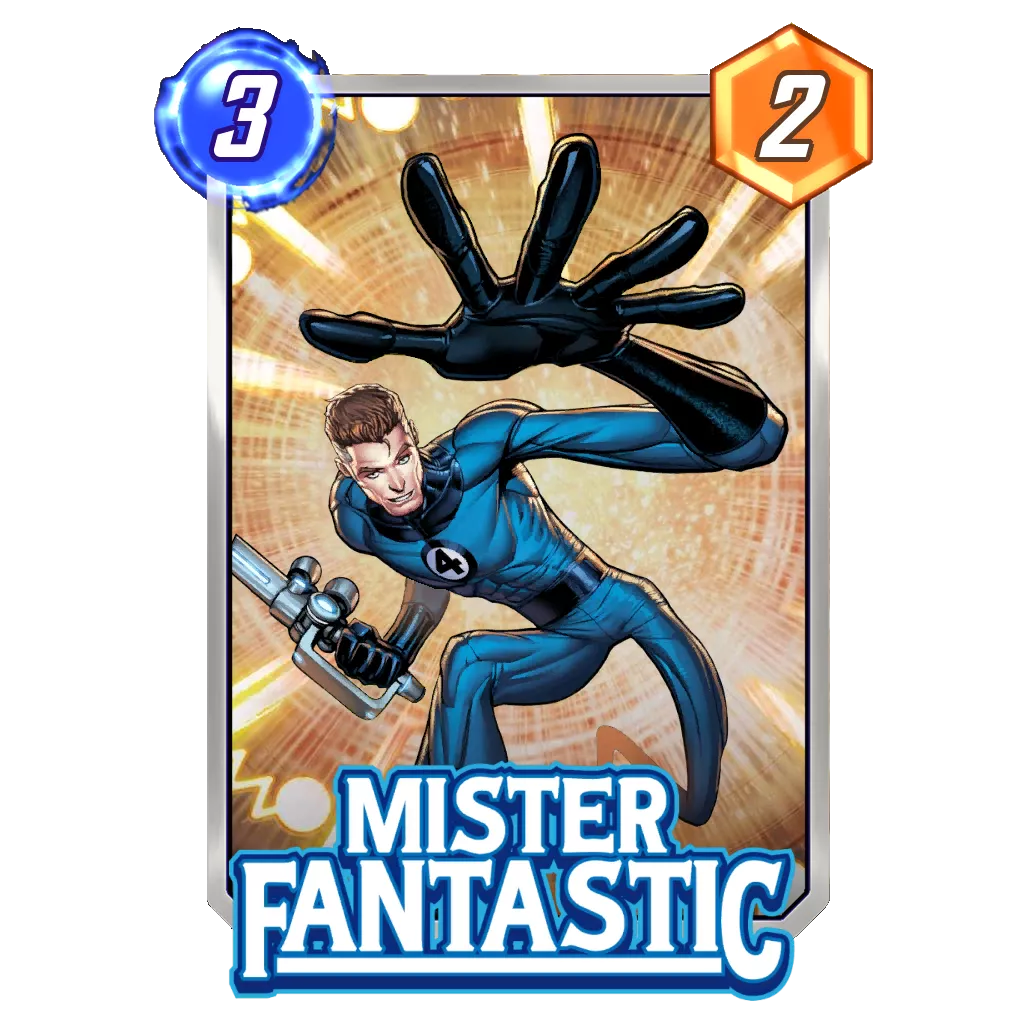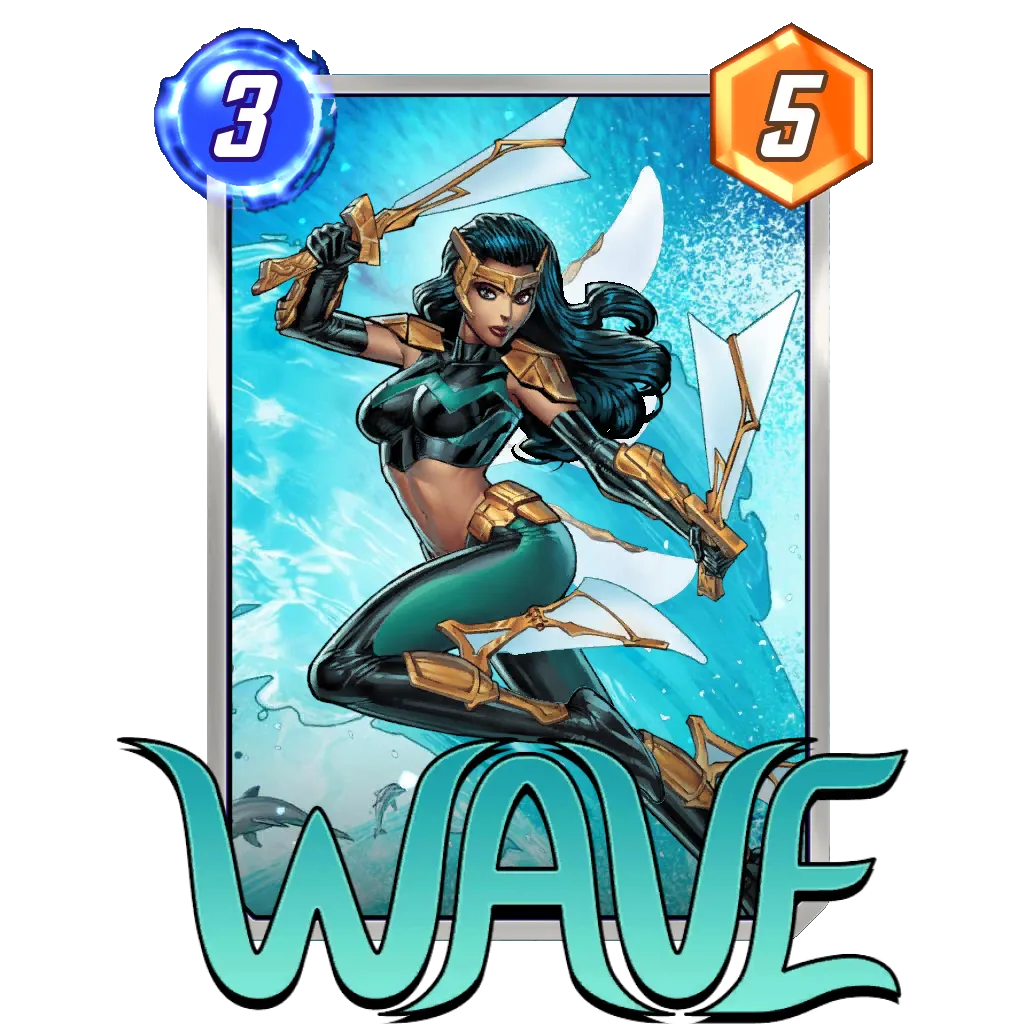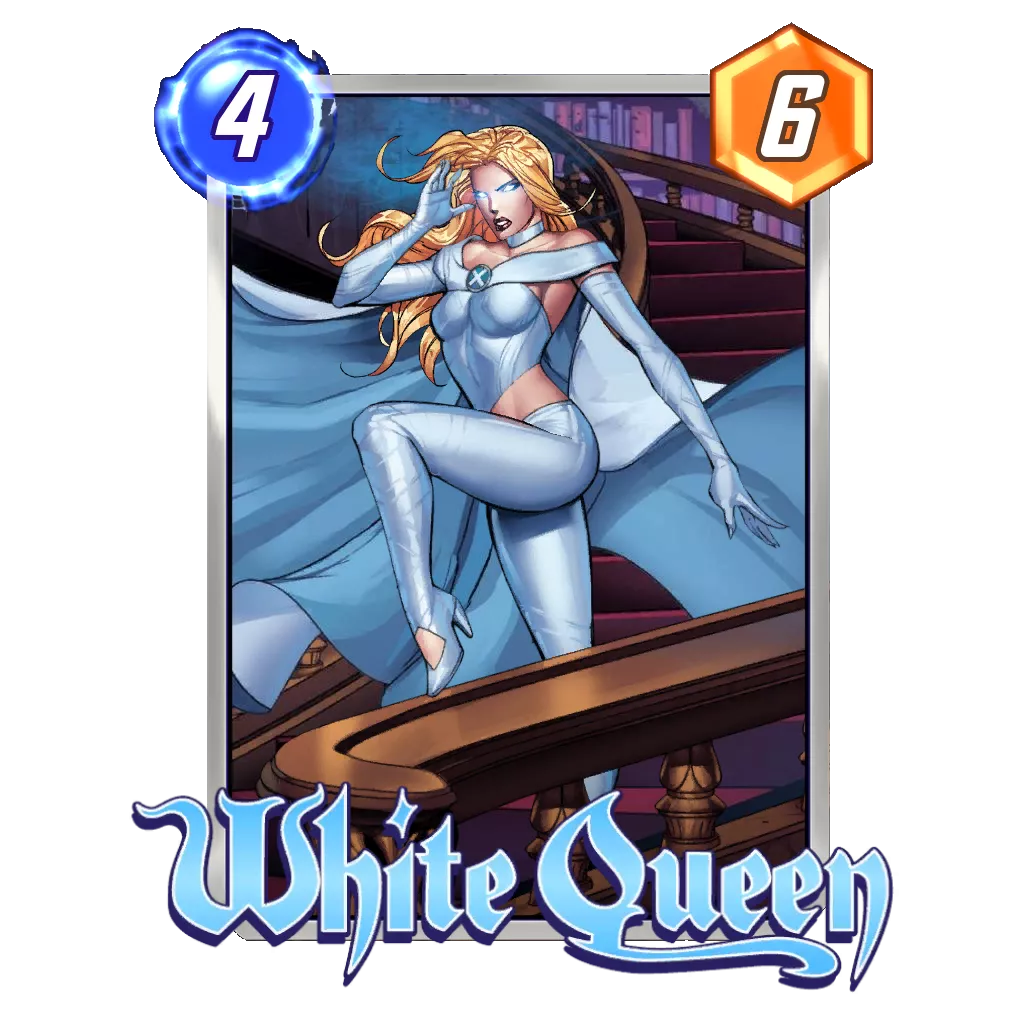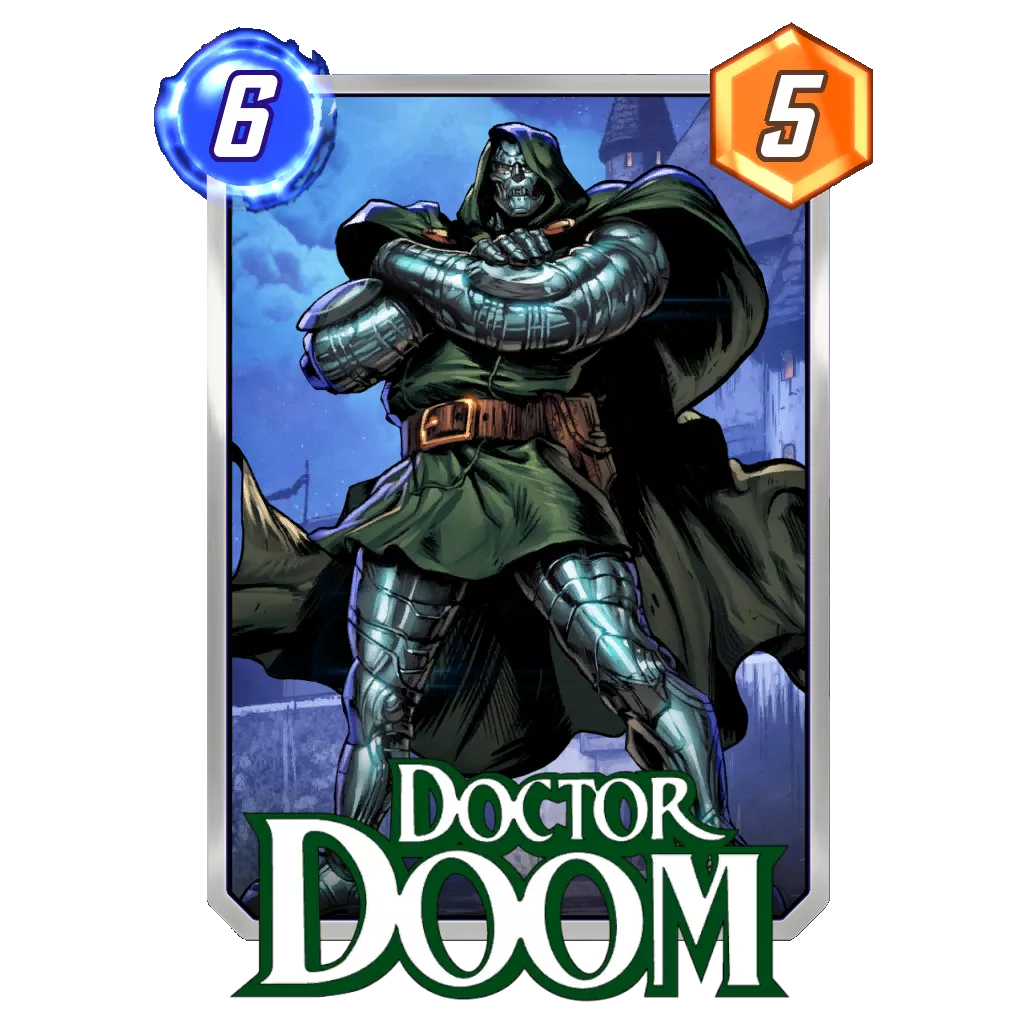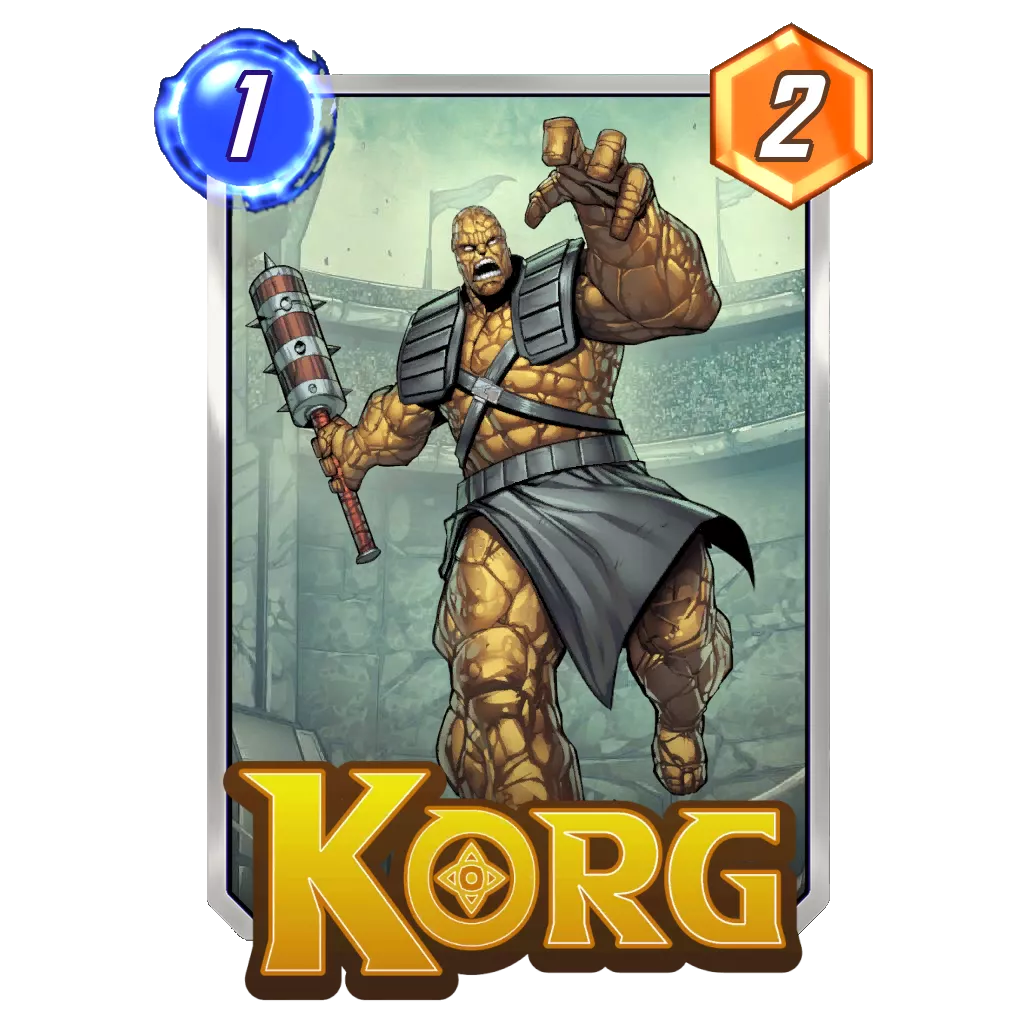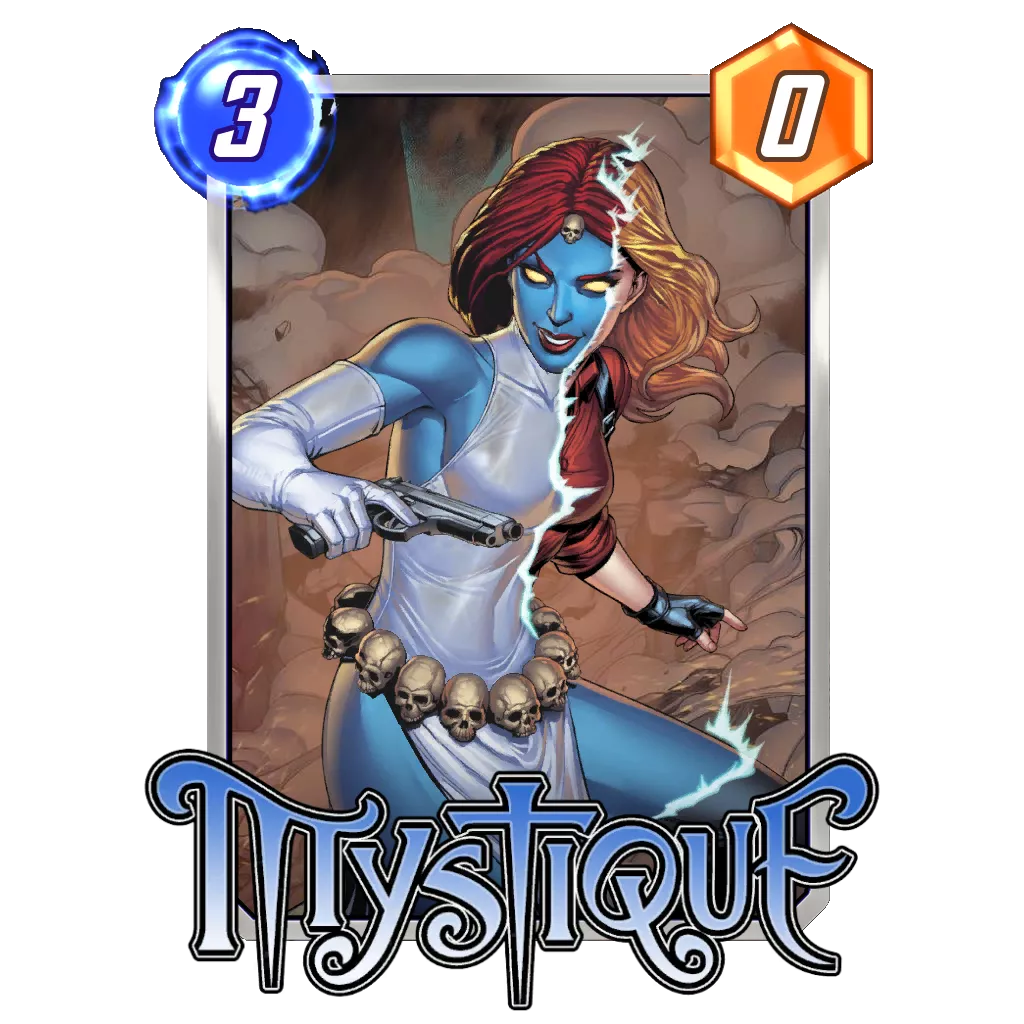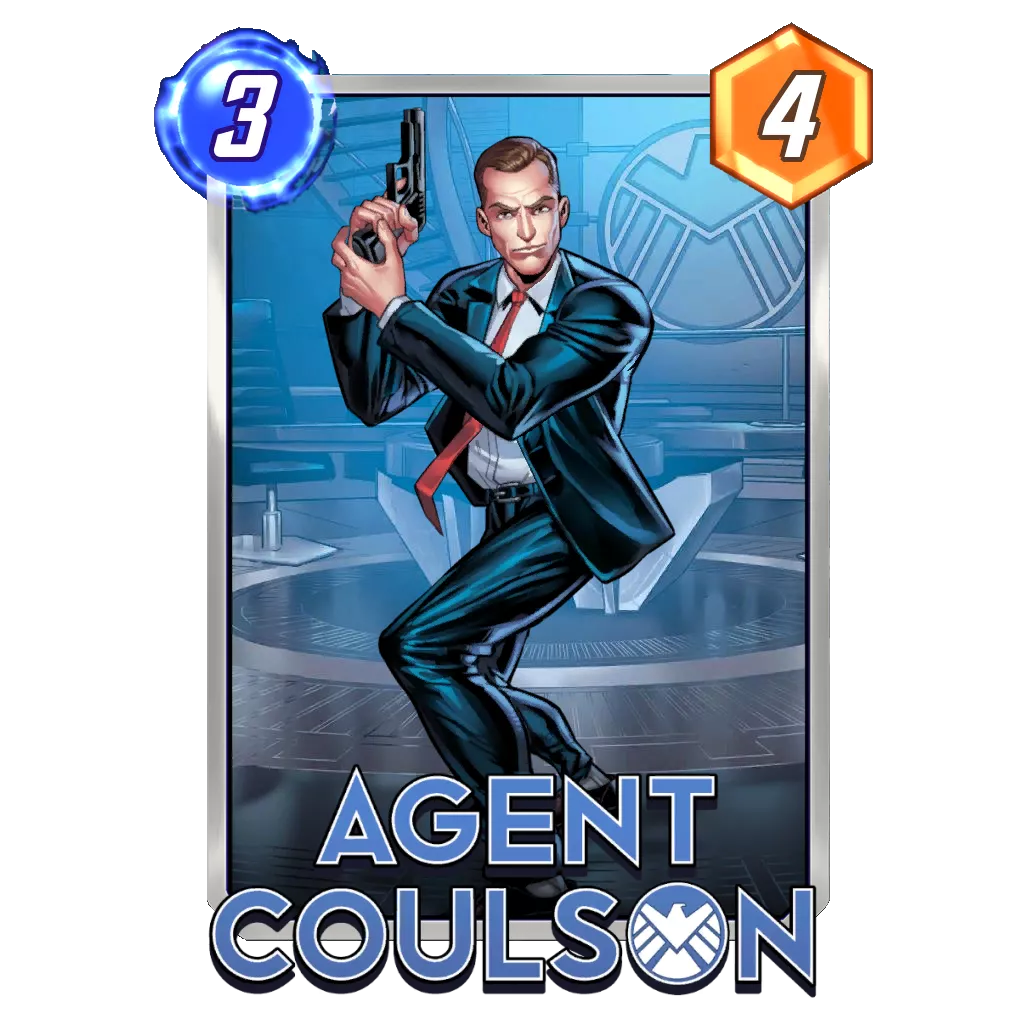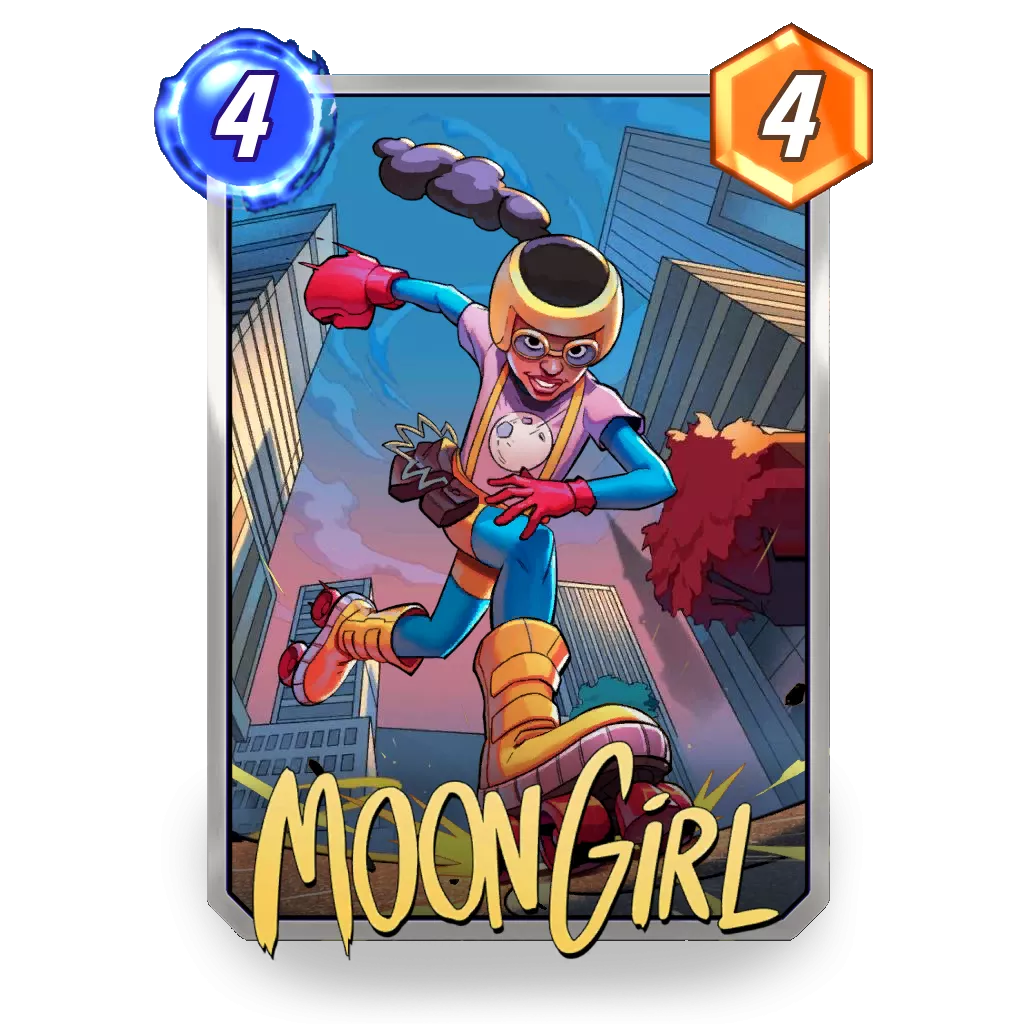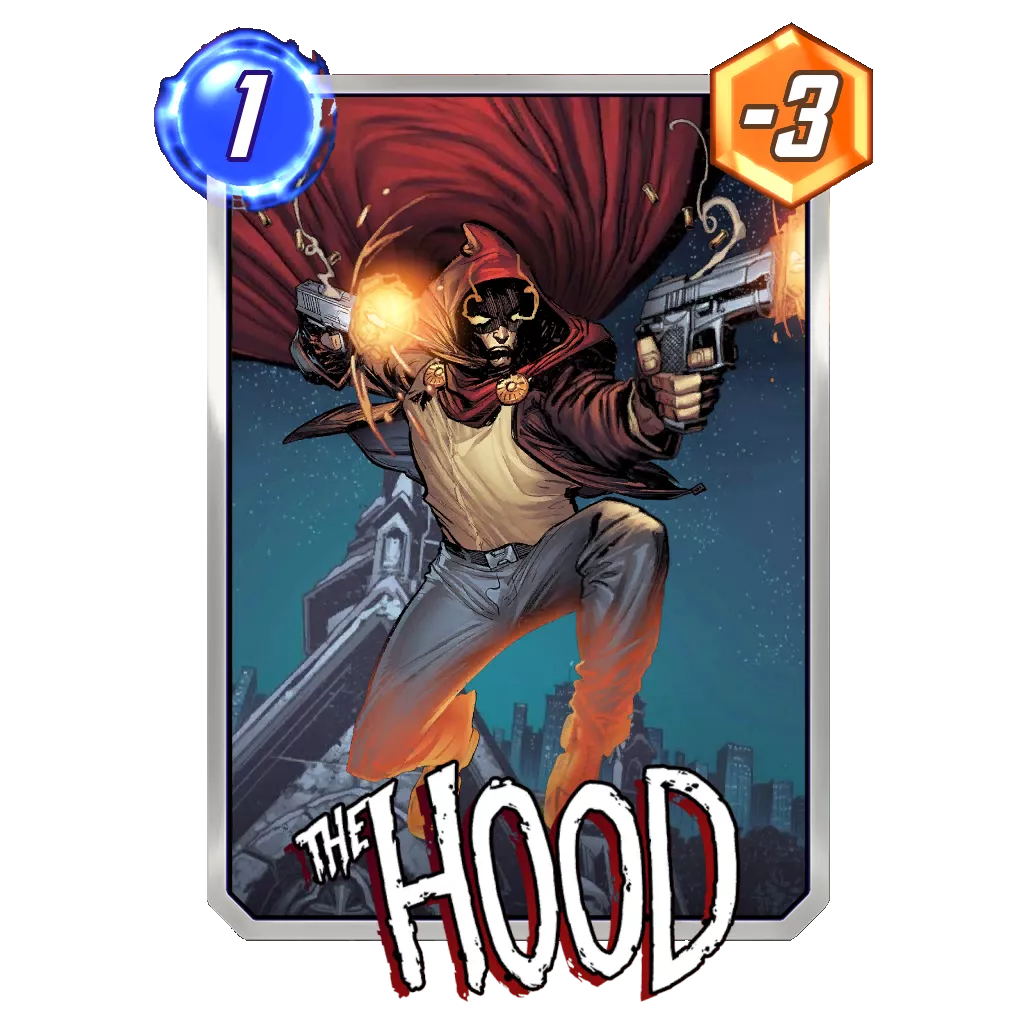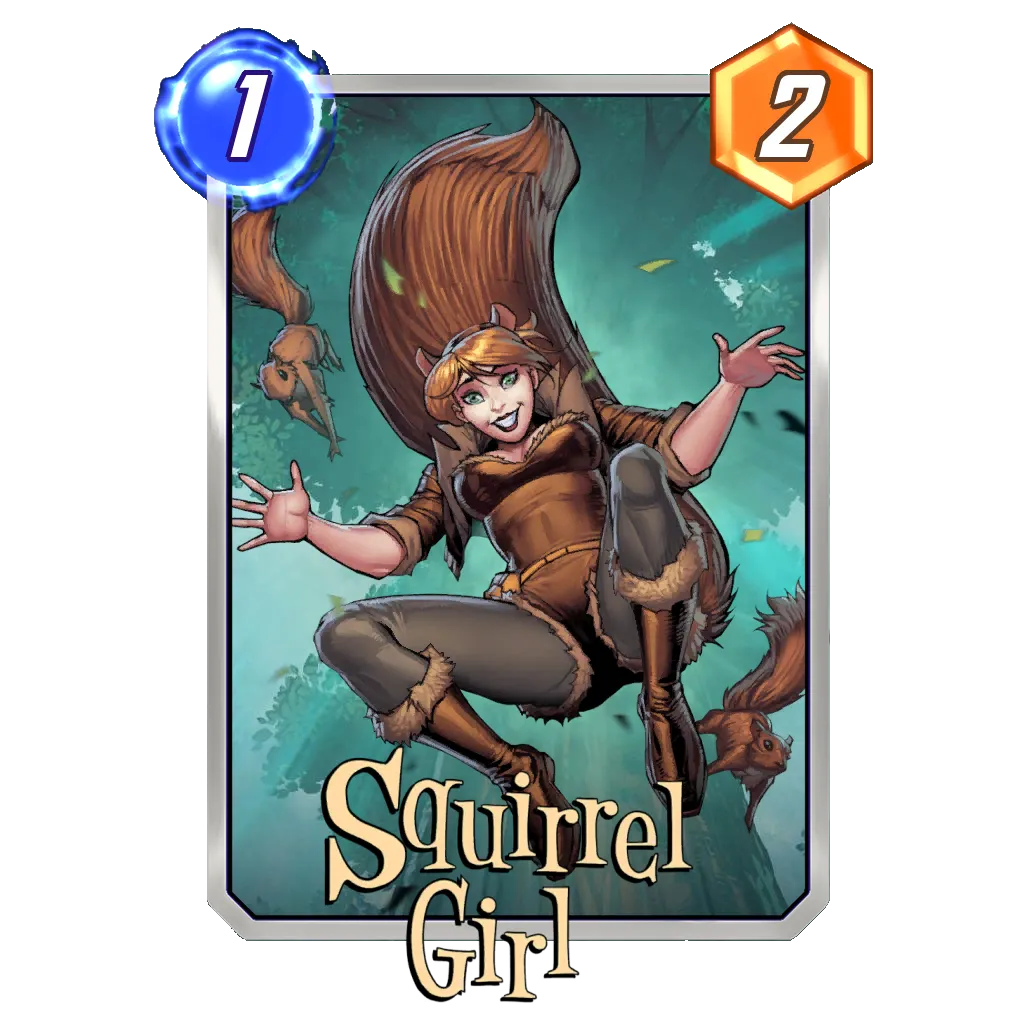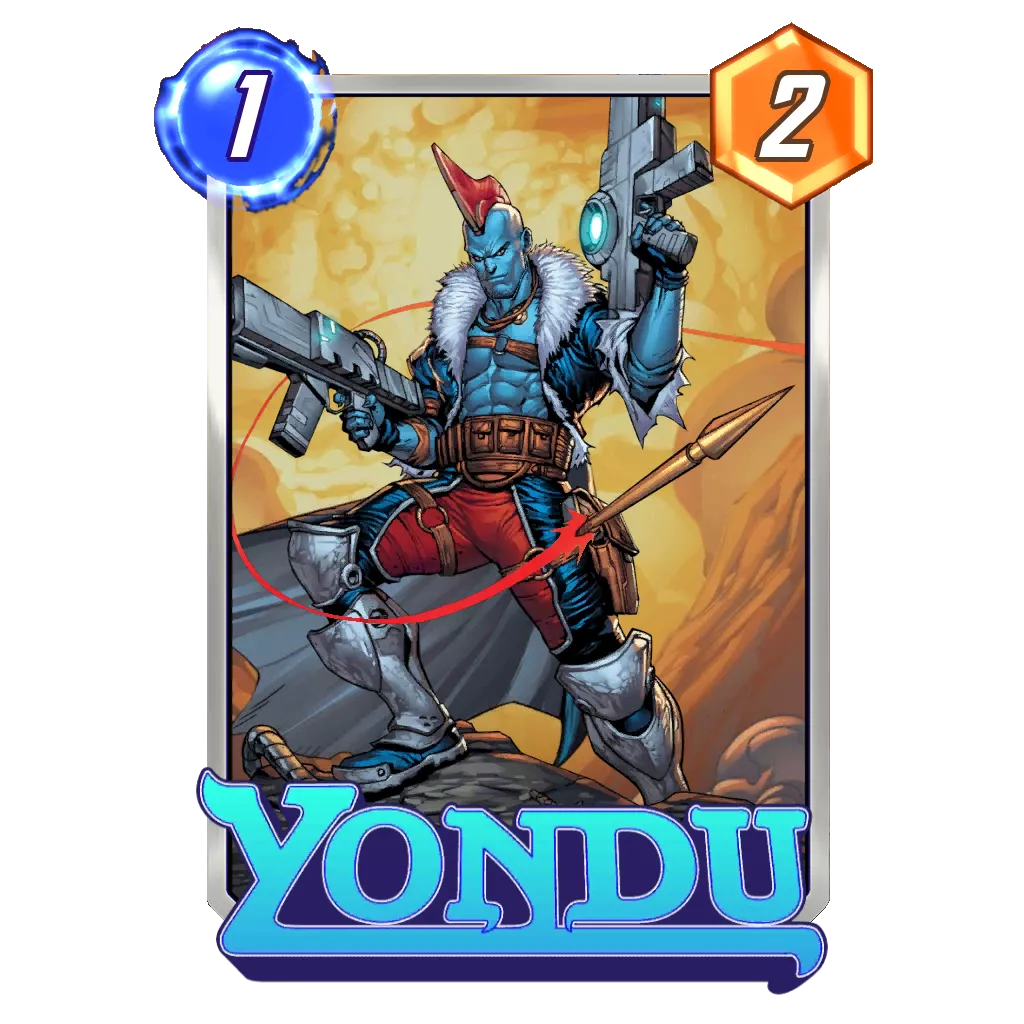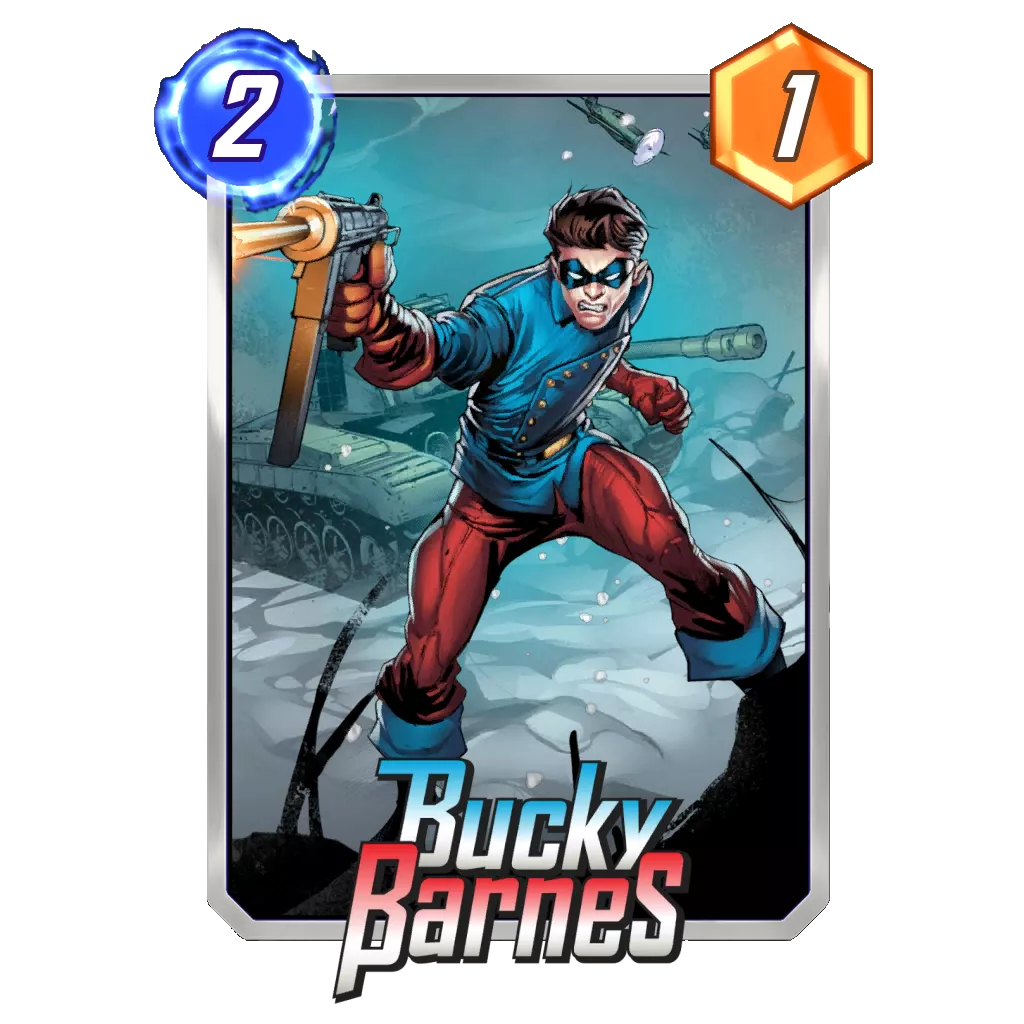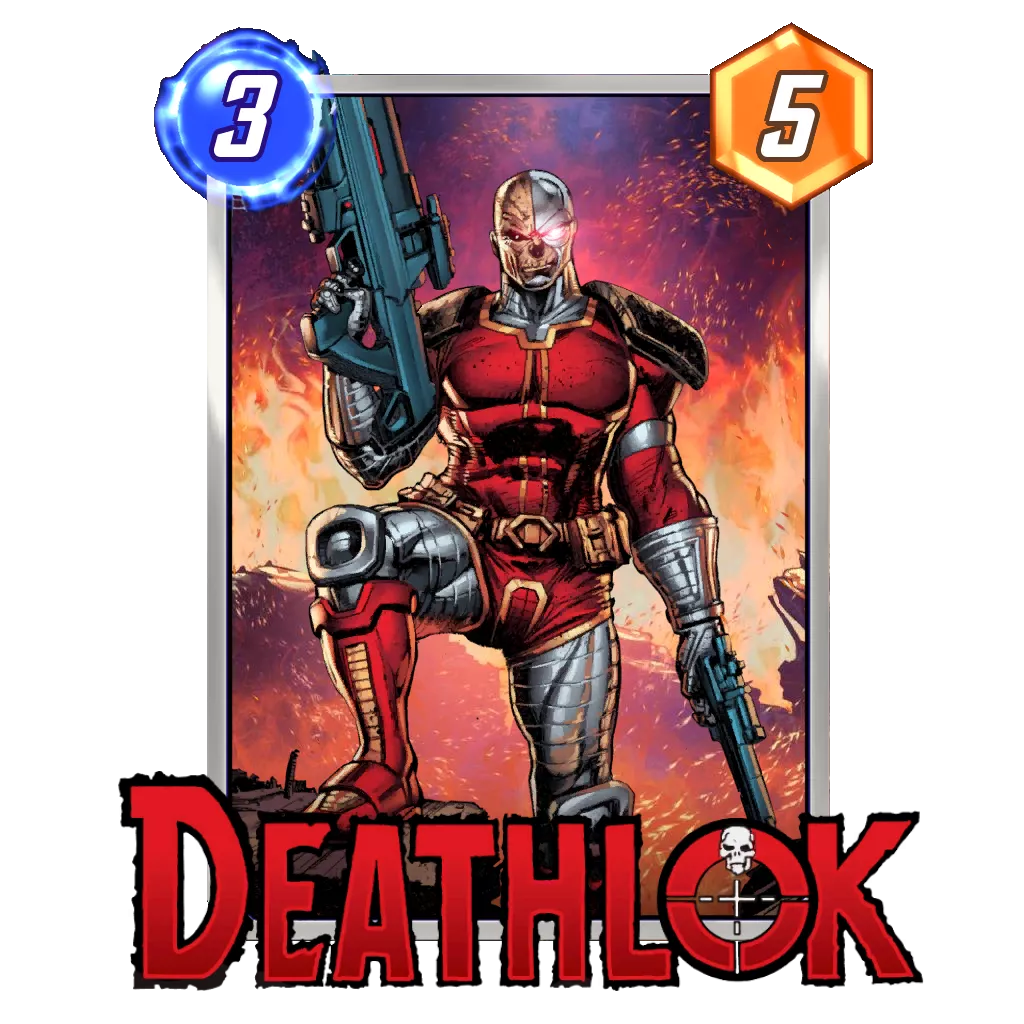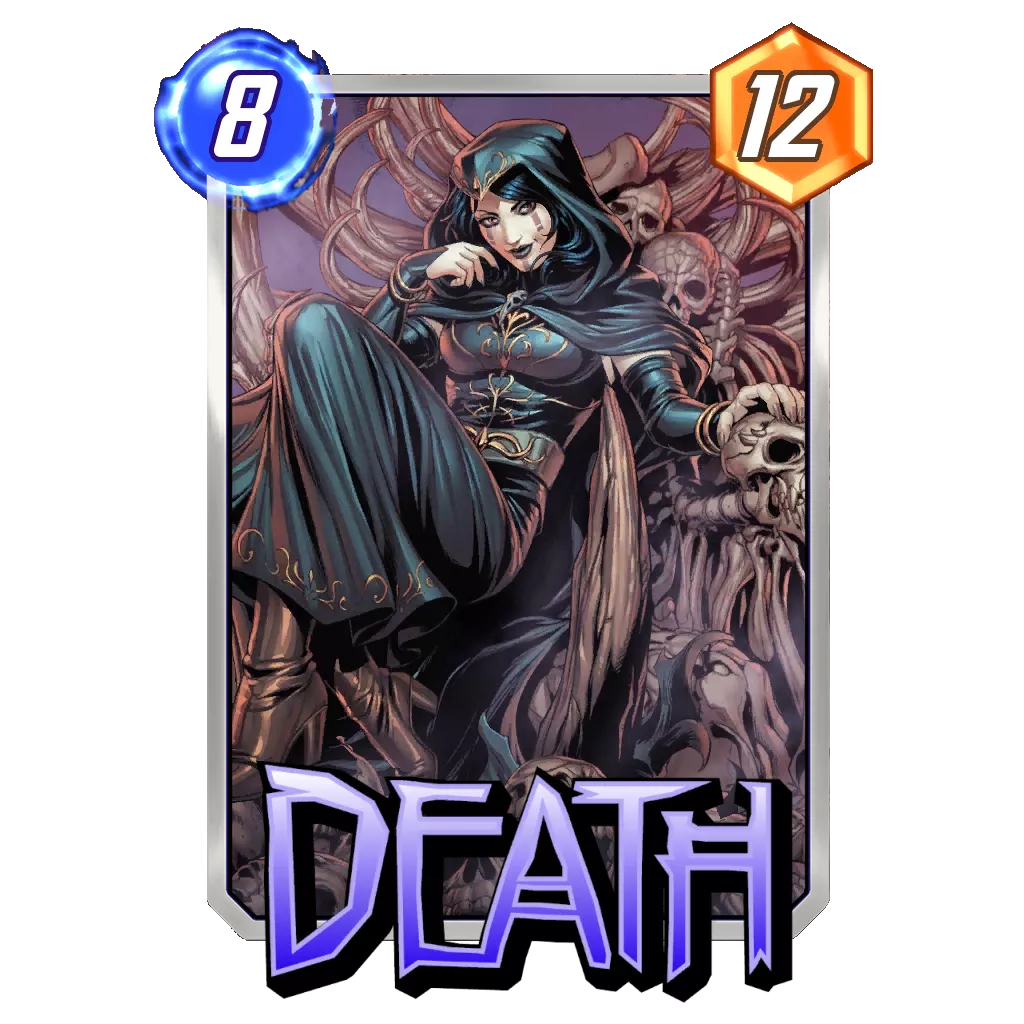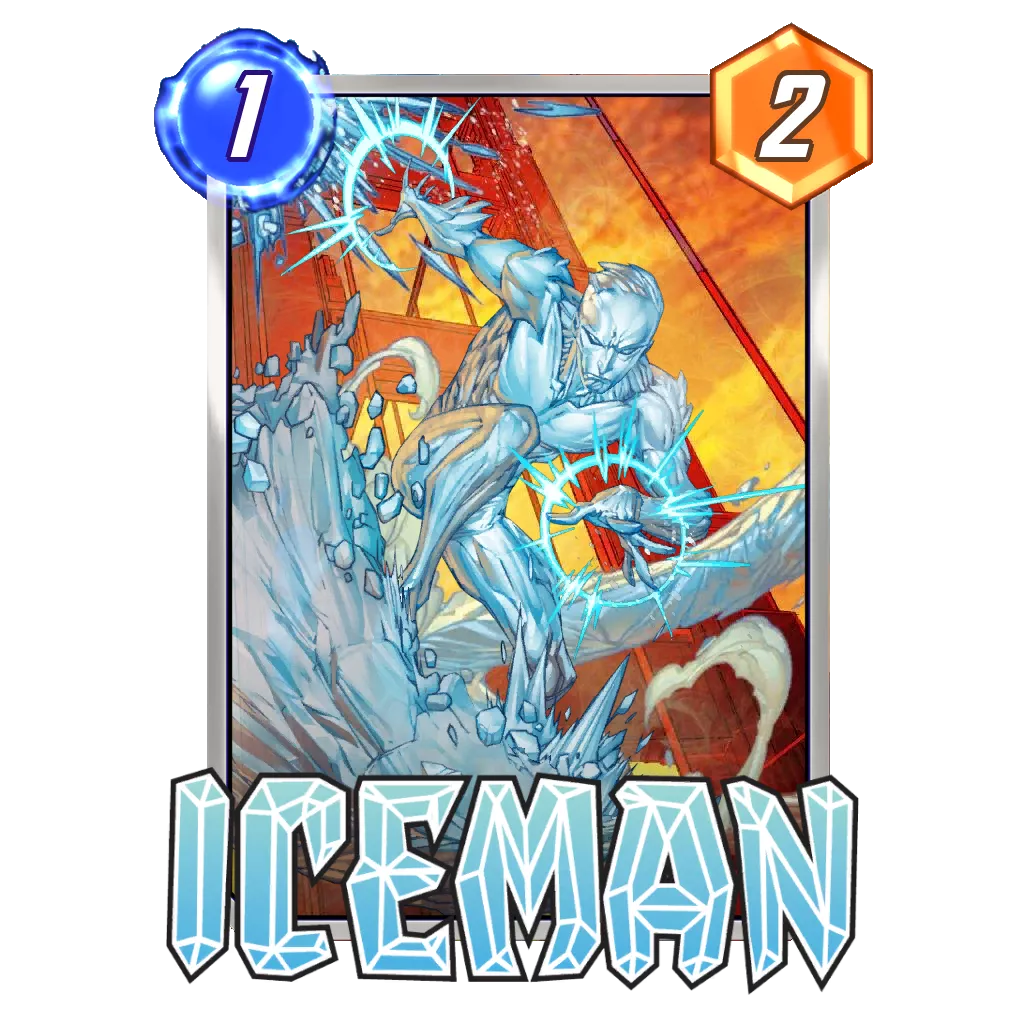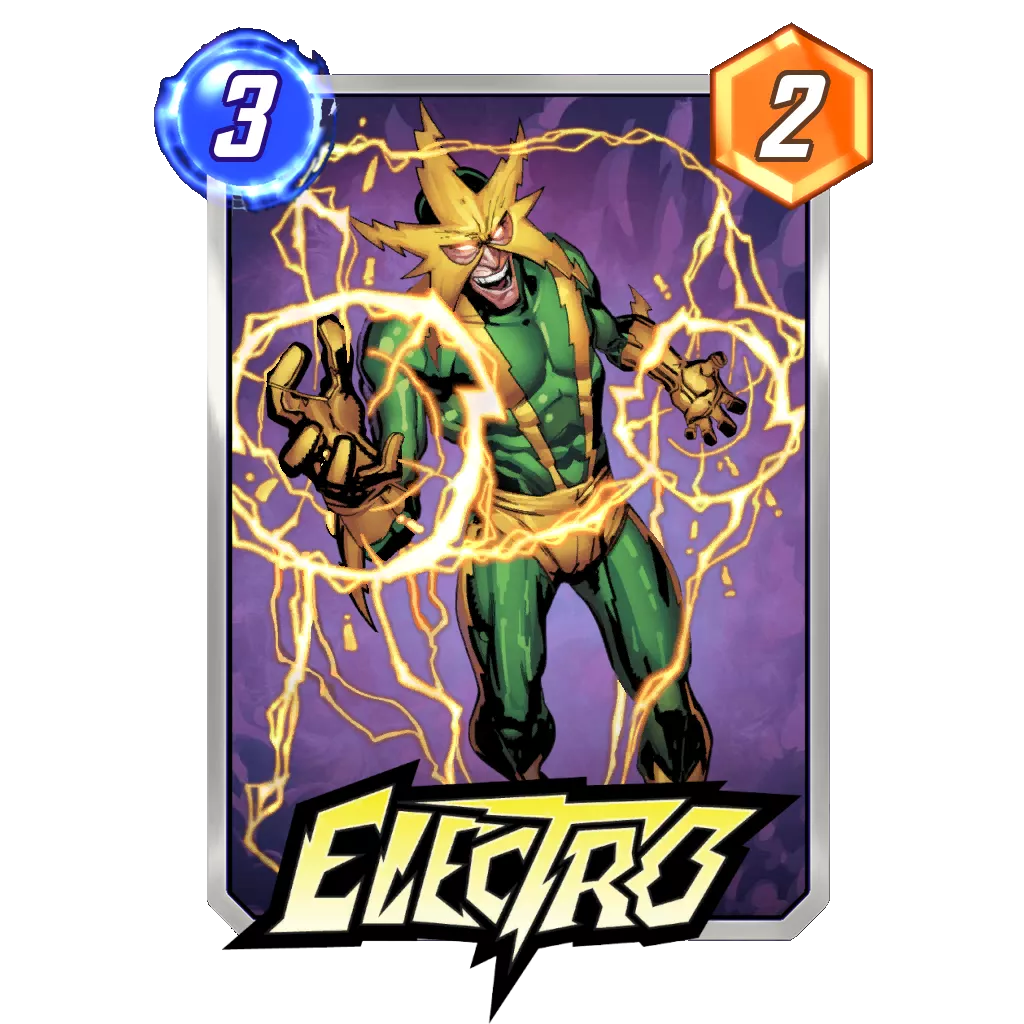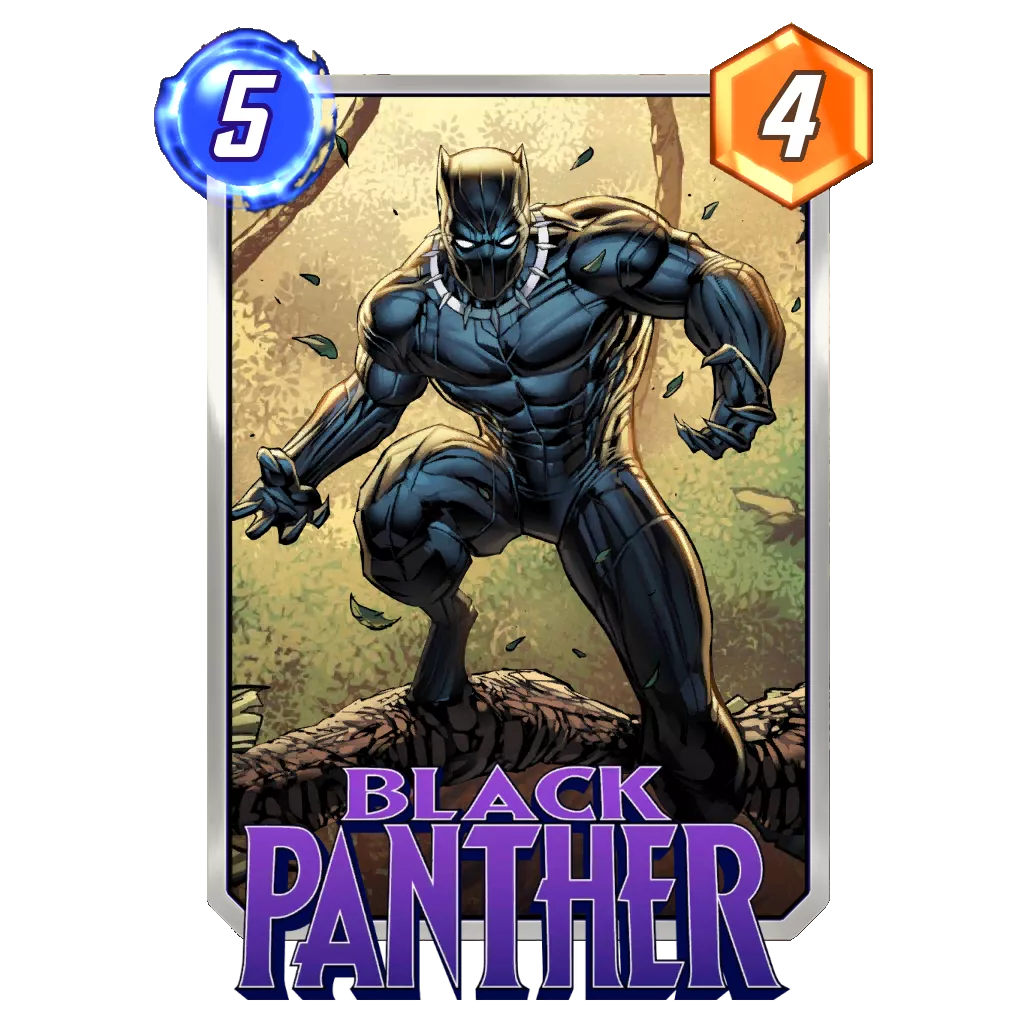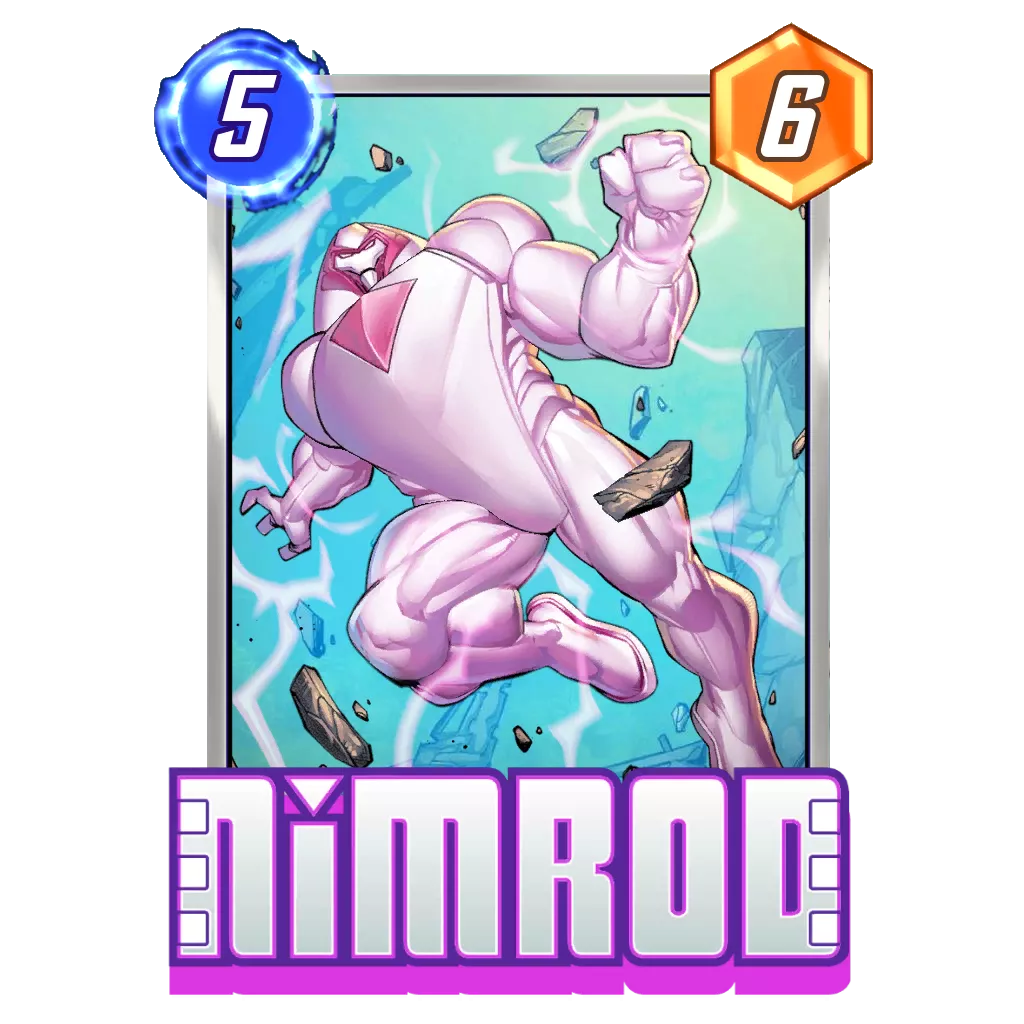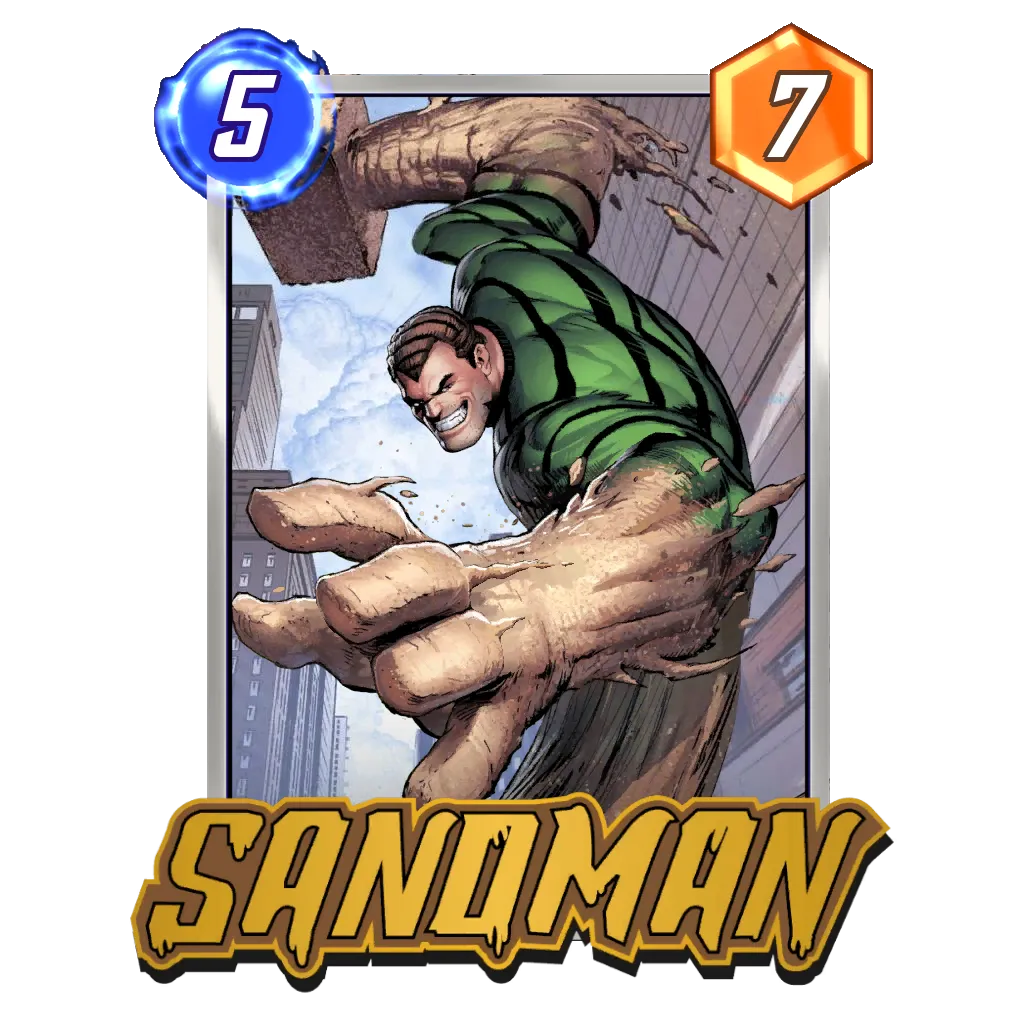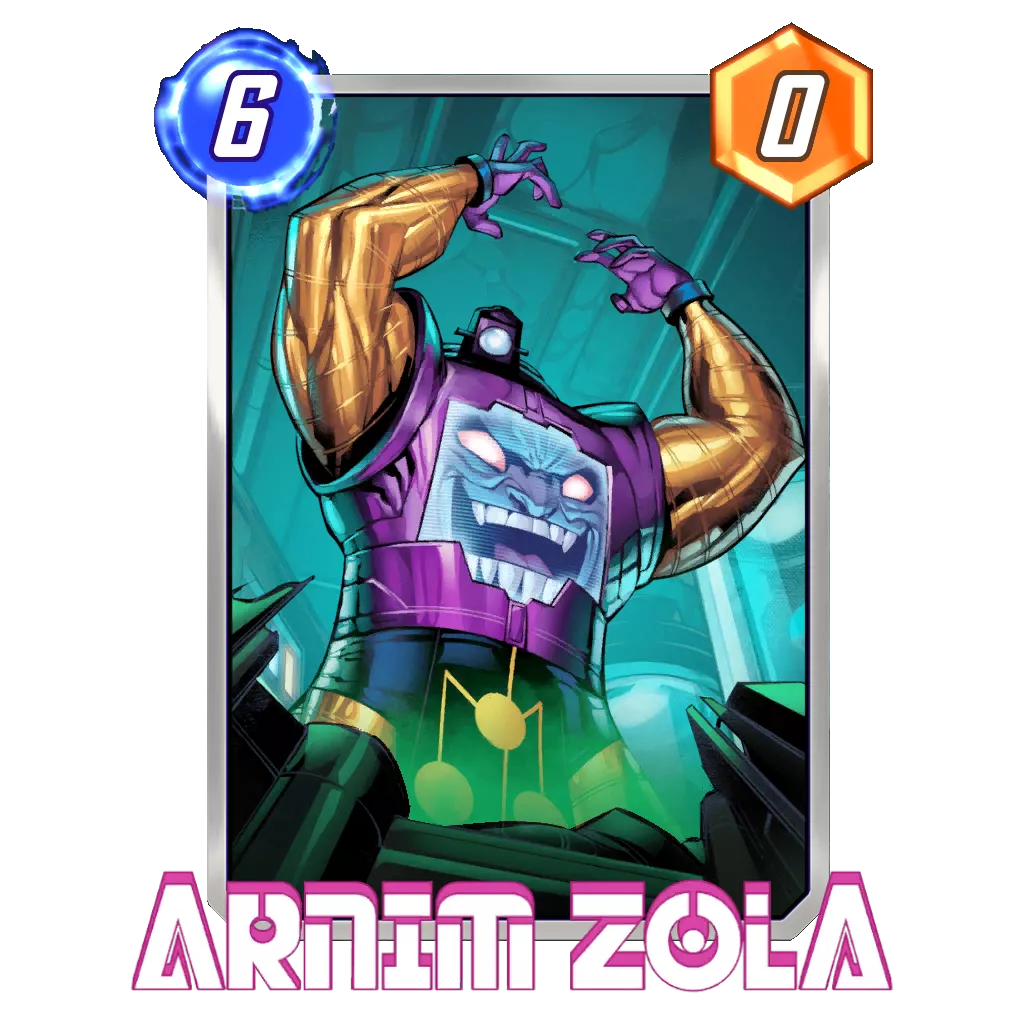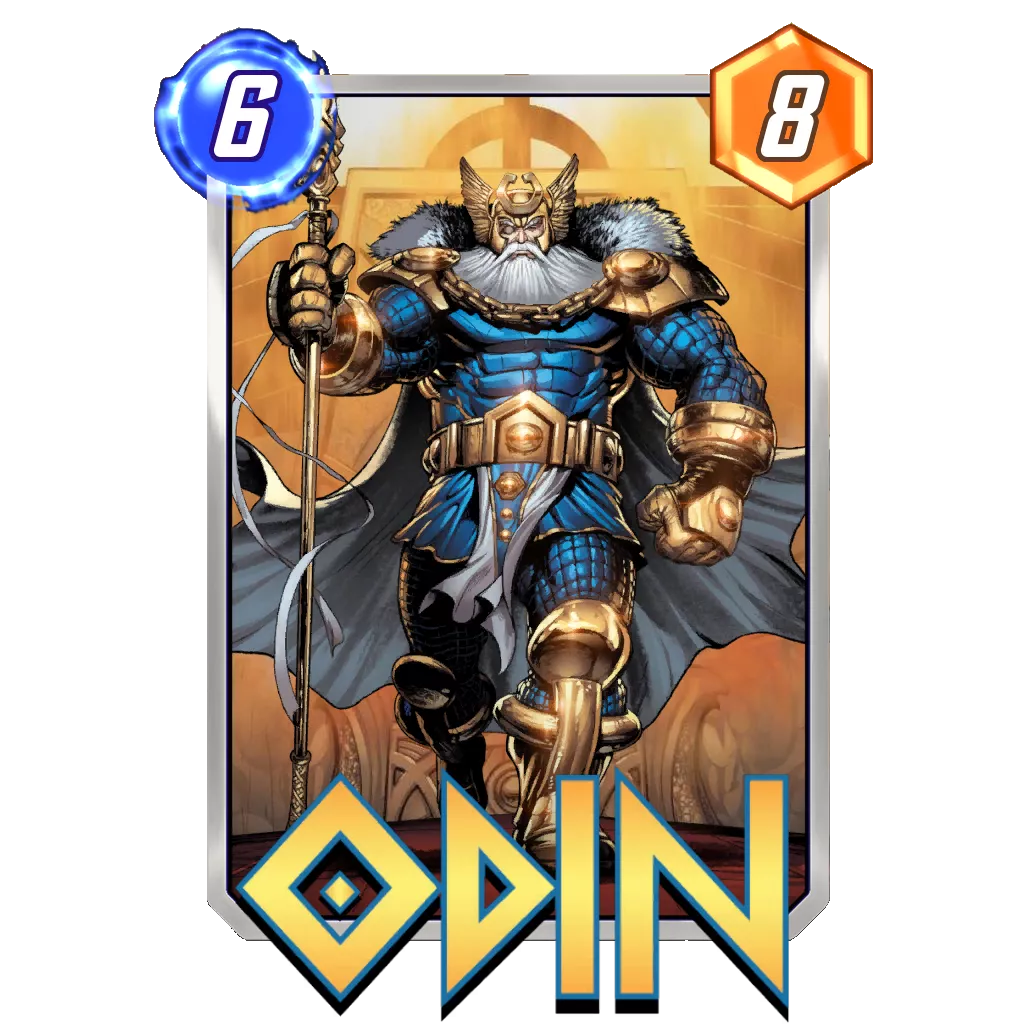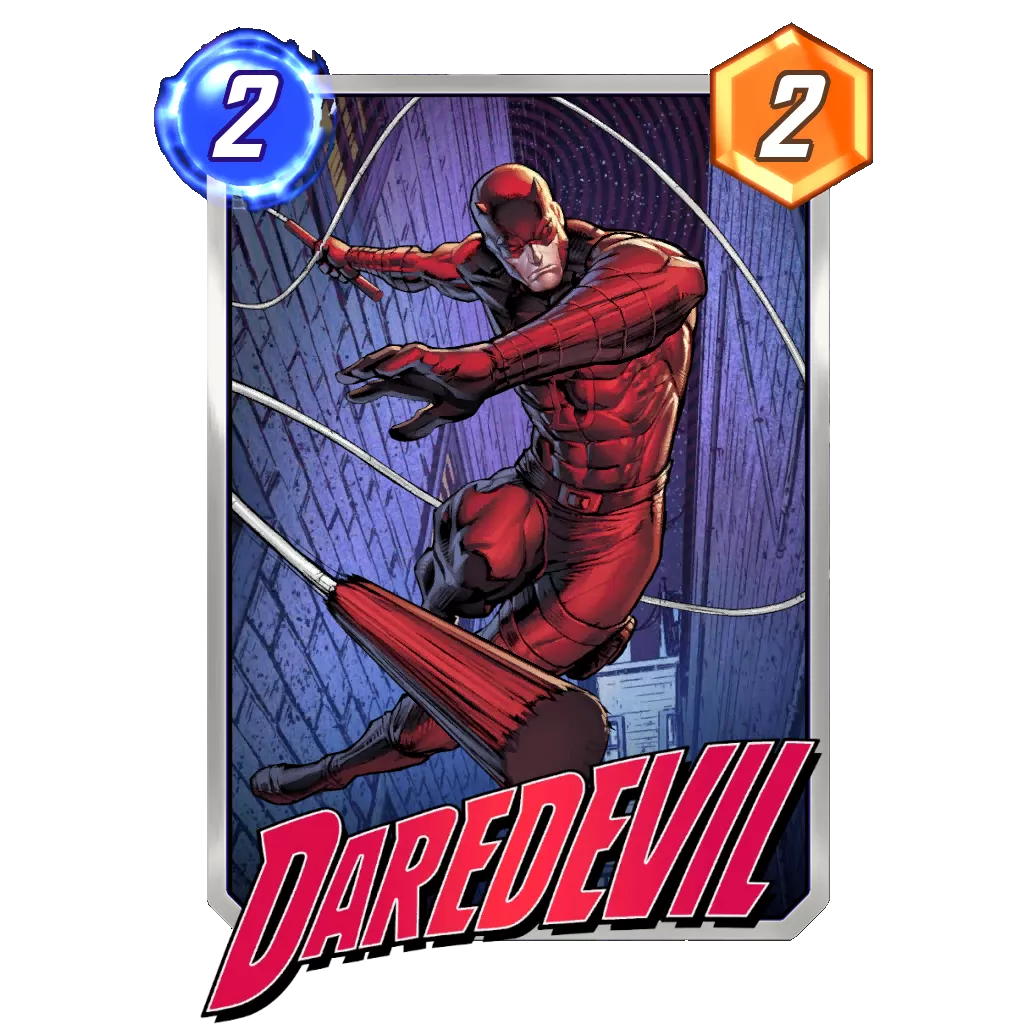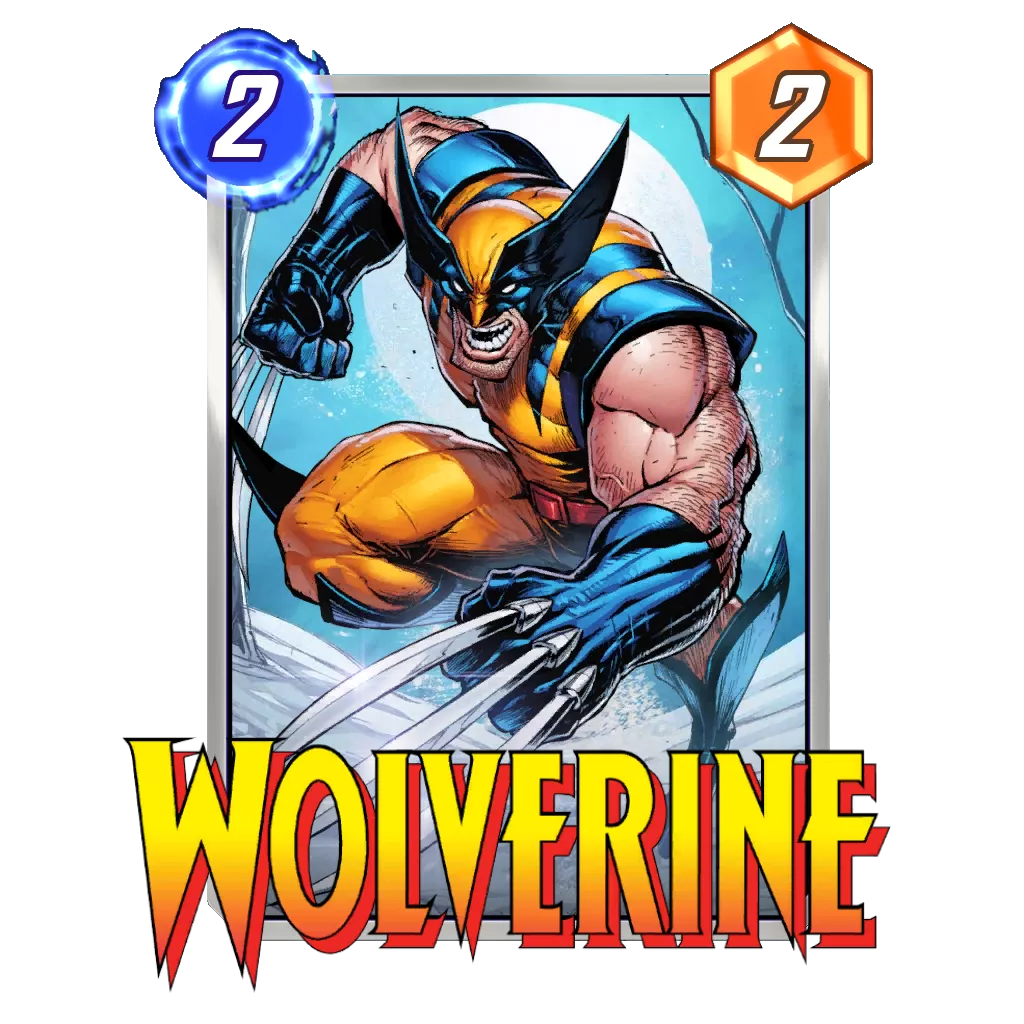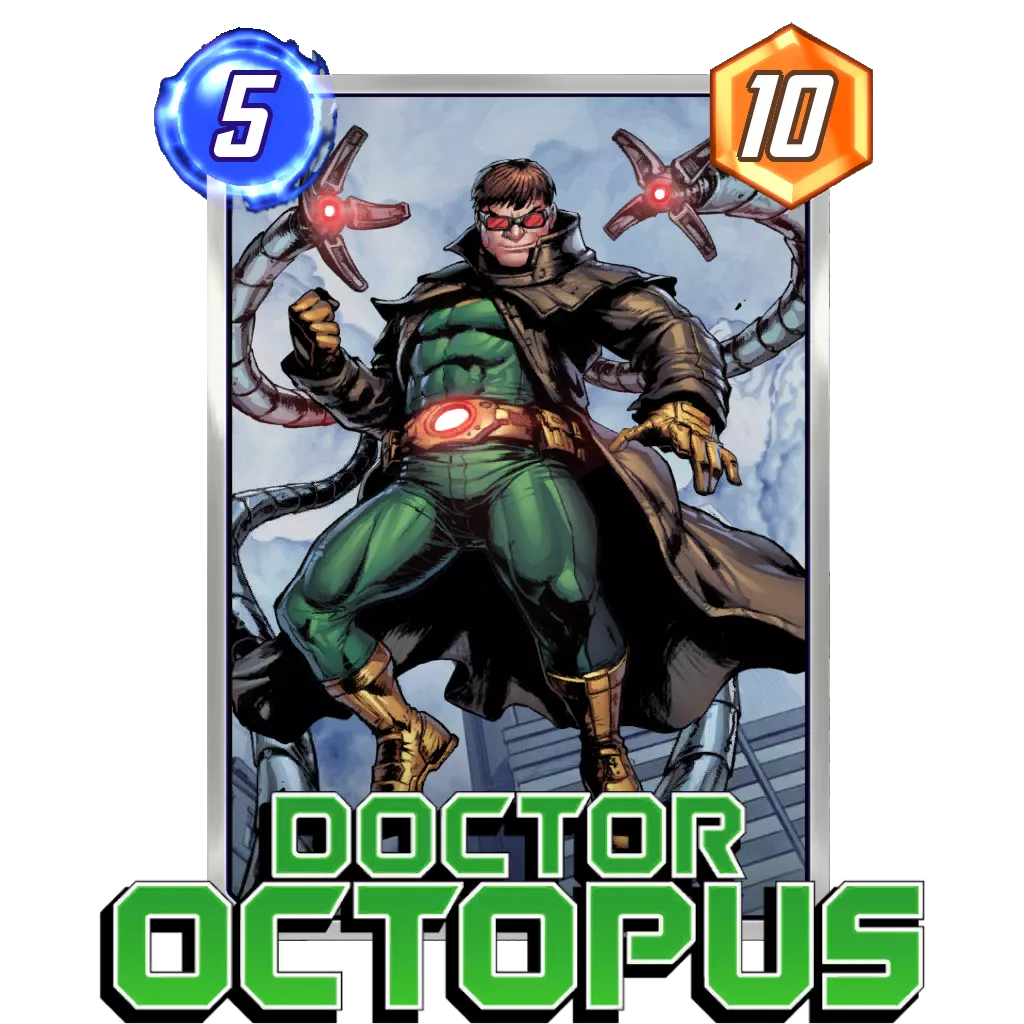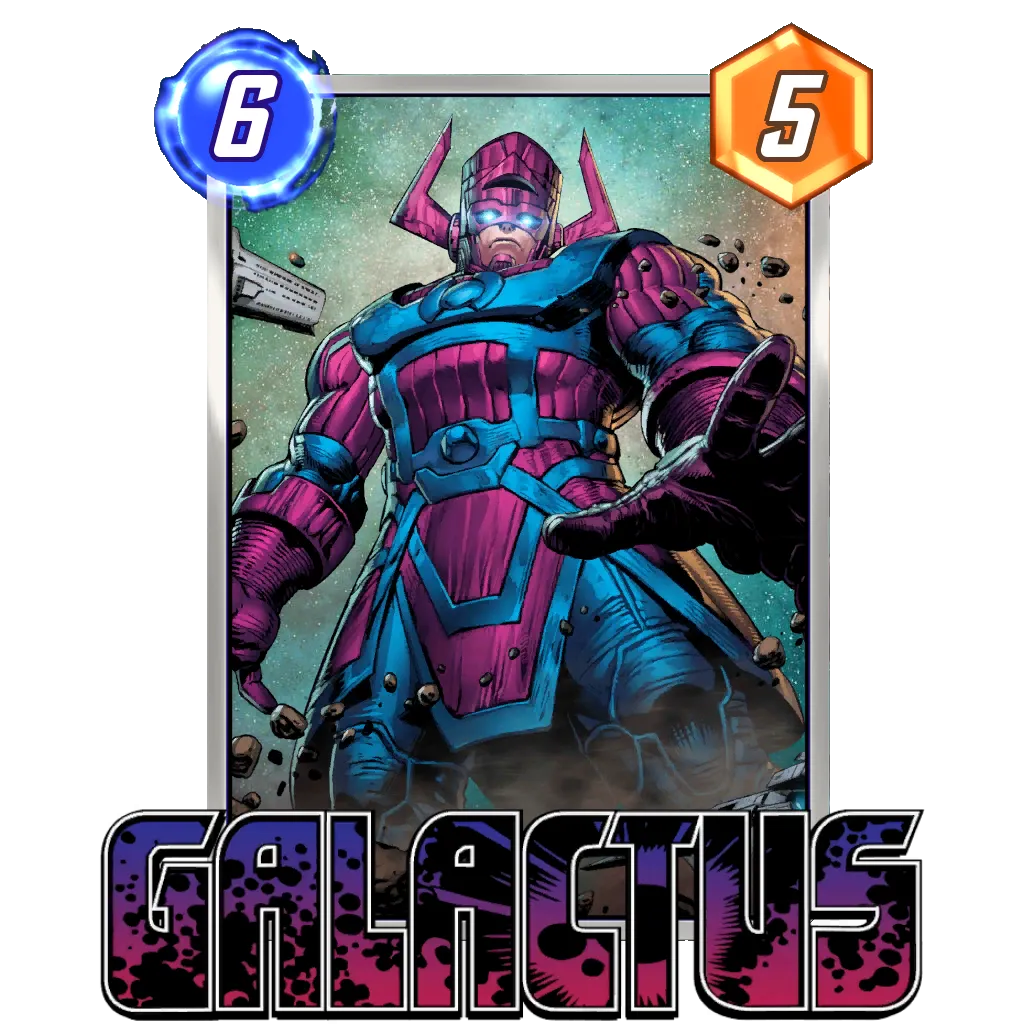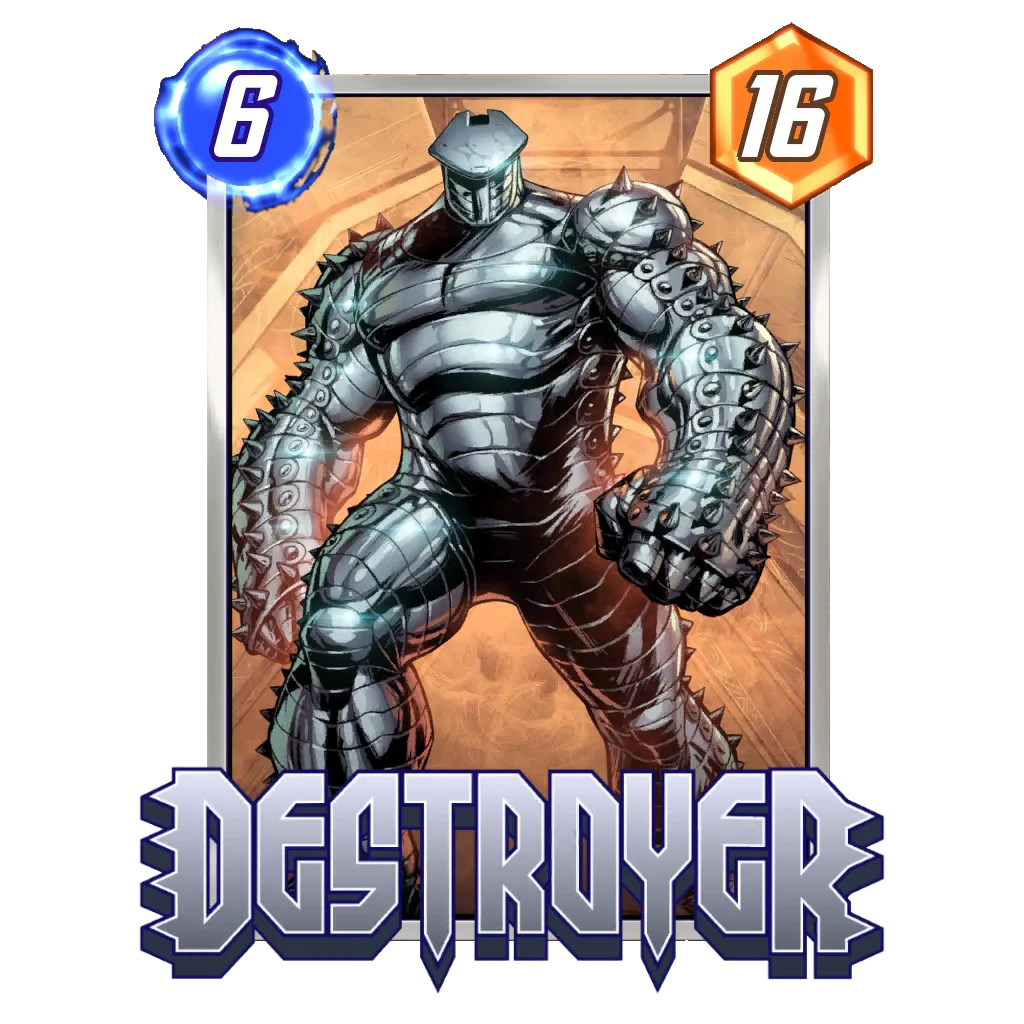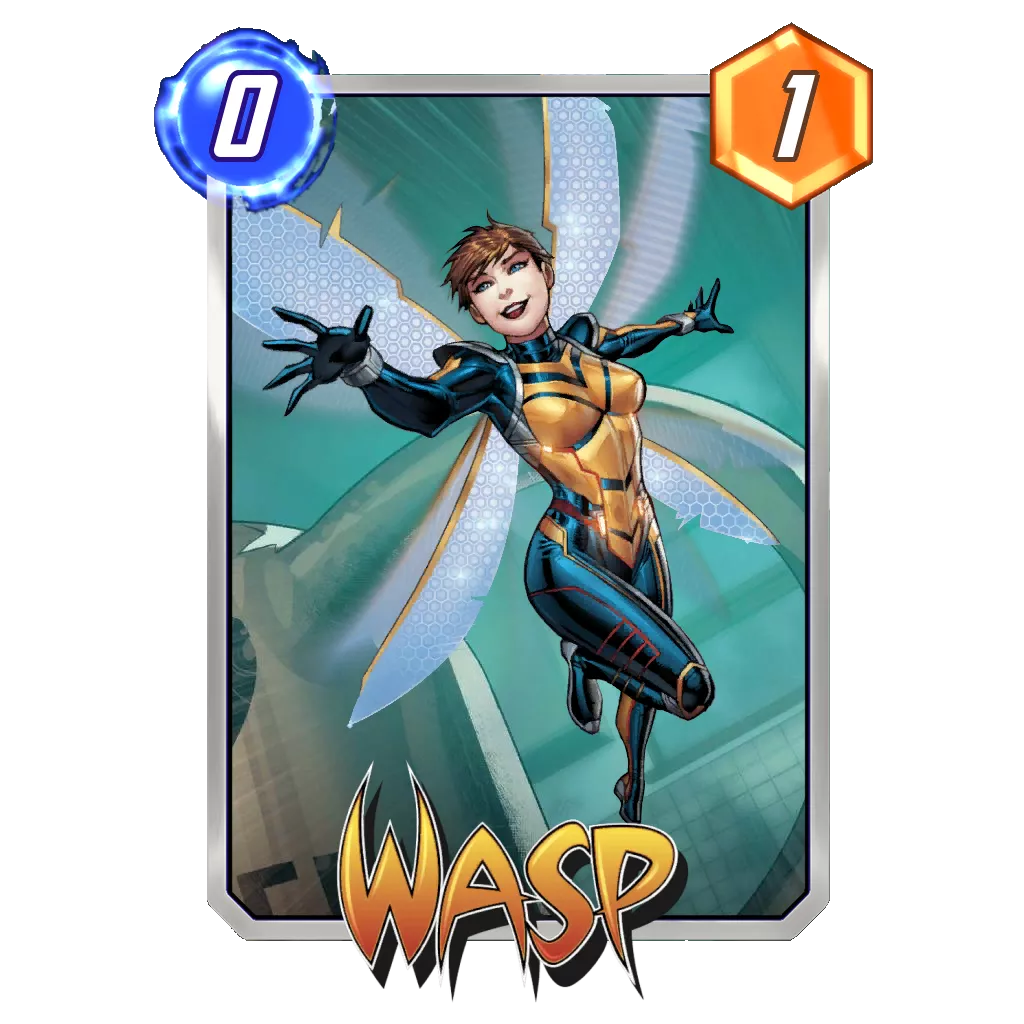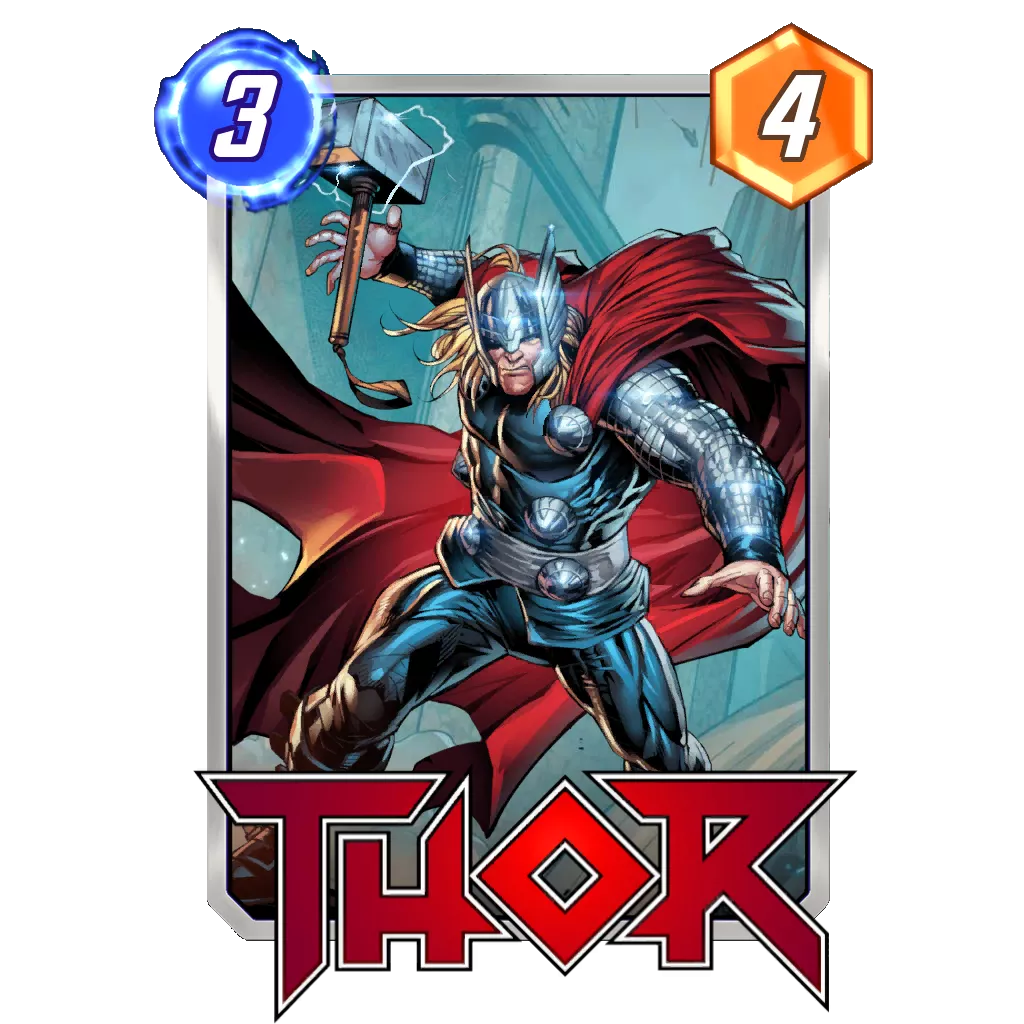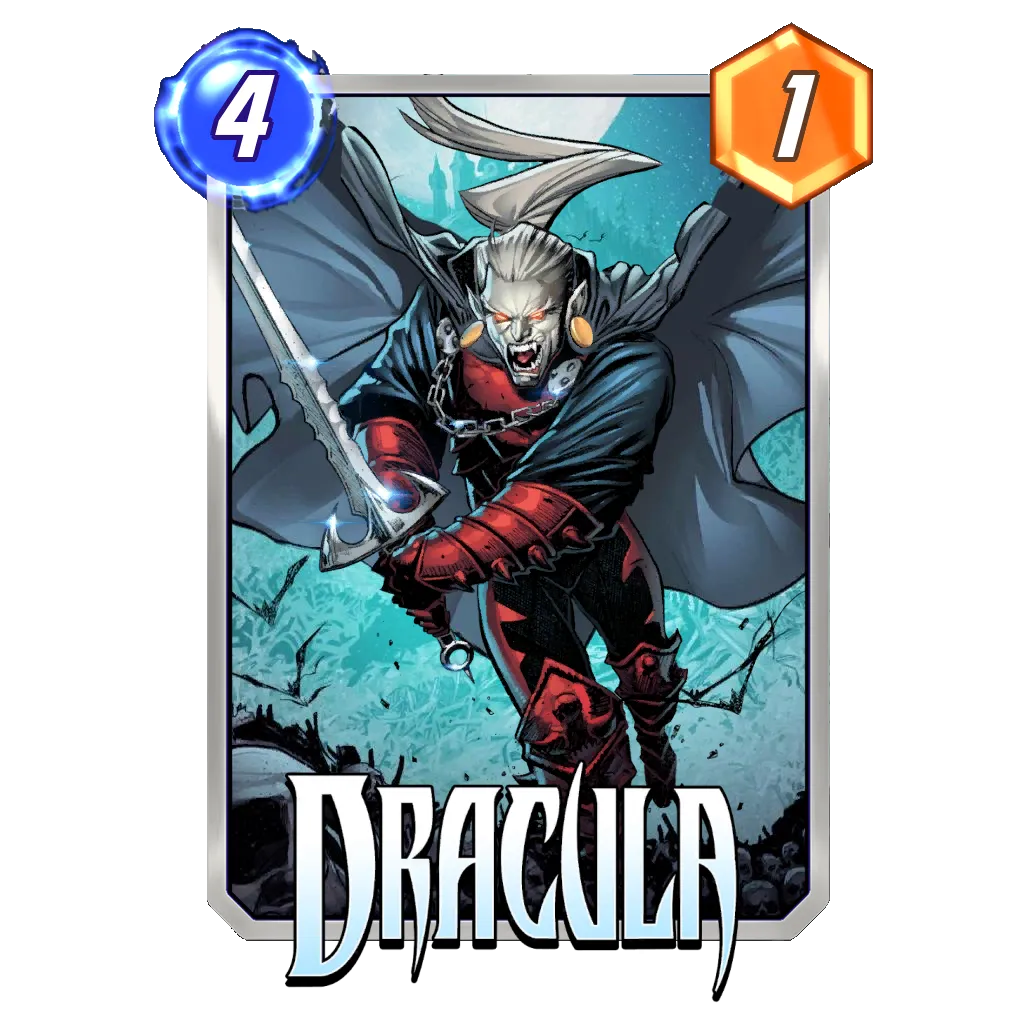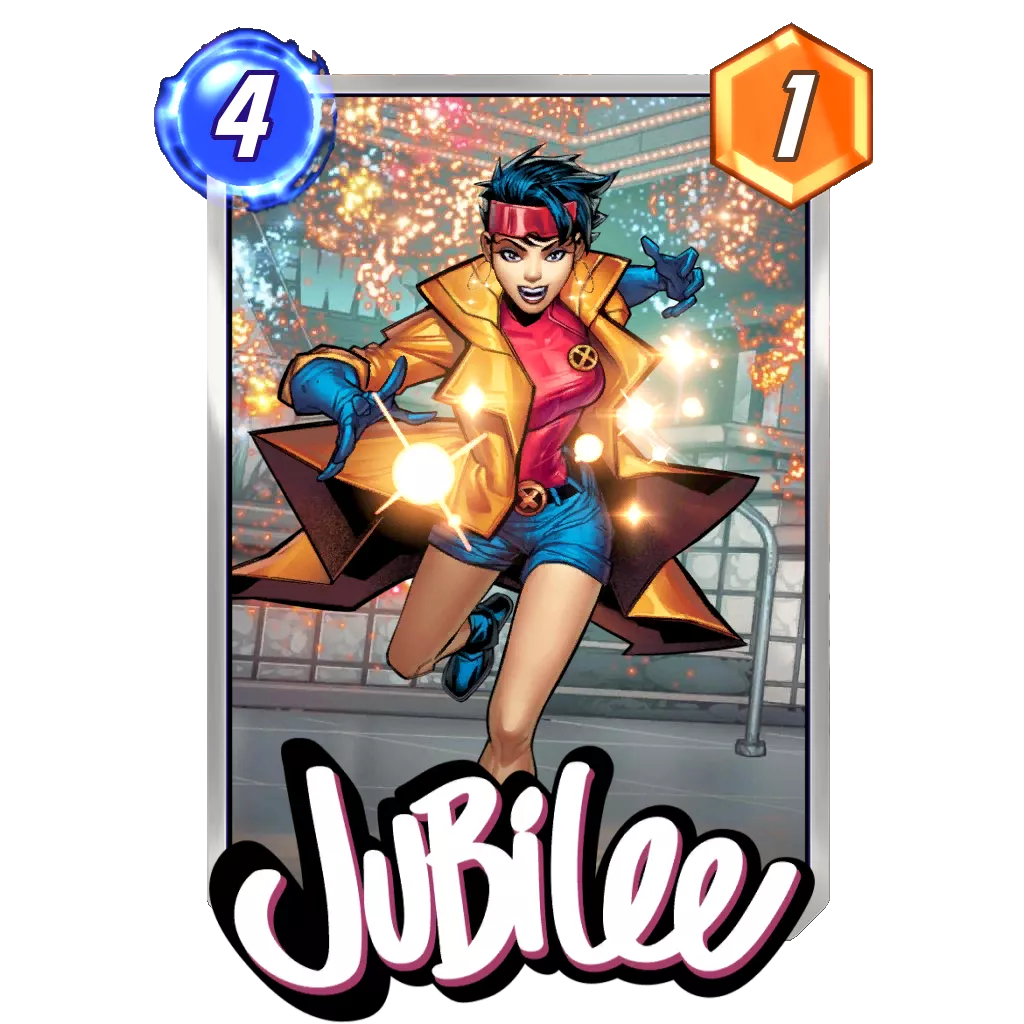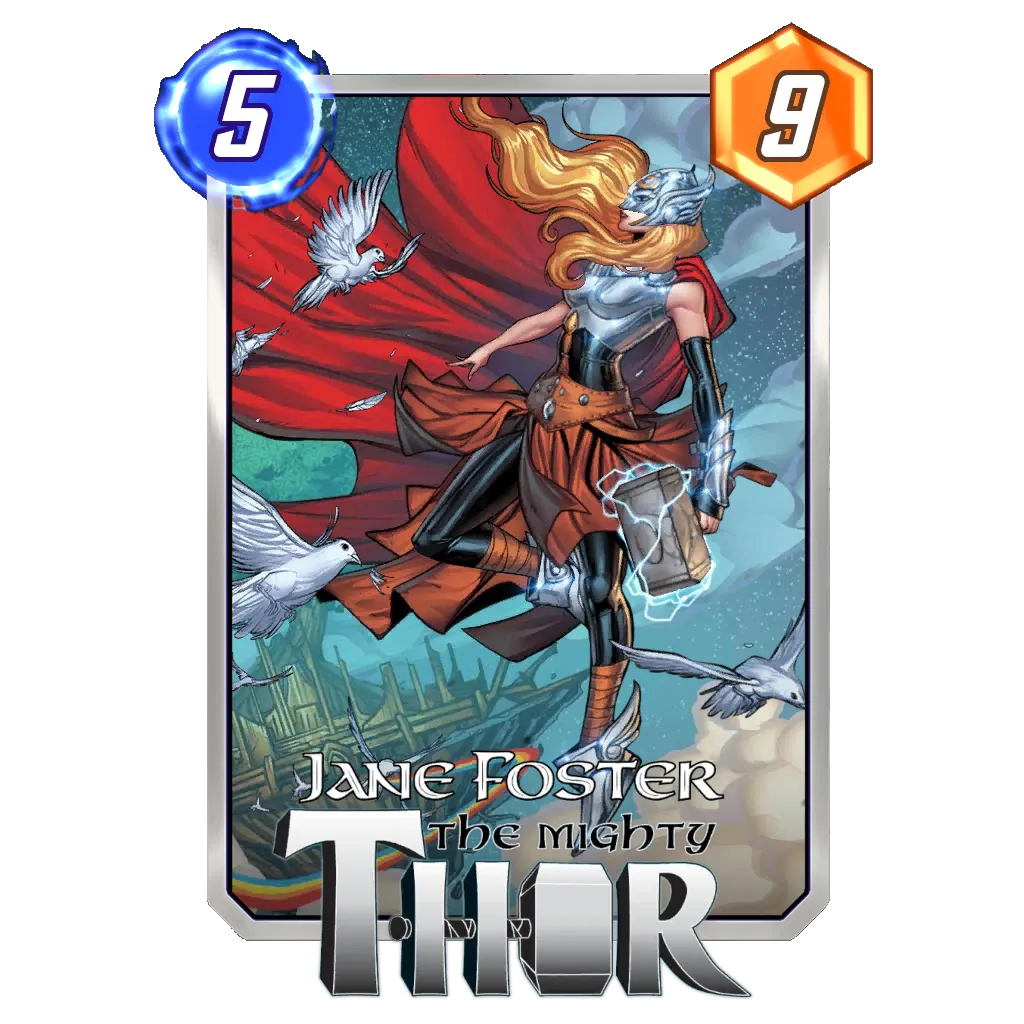Table of Contents
Hi everyone, whether you are reading this yourself or you have the sweet voice of HowlingMines reading it for you on YouTube, I wanted to share some of my personal views about the current metagame before we get into the actual data. I’ve been playing since the first months of the closed beta, and Marvel Snap has honestly been great ever since. Even during the Zabu metagame (I don’t think we have seen such a difficult metagame to enjoy) there were still avenues to have some fun. Let’s not sugarcoat it: Marvel Snap isn’t fun right now, and I think most people have the same culprit in mind.
Even so, I want to share a positive message, one that it is the sign of a game that interests a lot of people and is having a ton of success. Indeed, there wouldn’t be that much frustration around the game if we were not attached to it, and of course we want to see it succeed. So, to all the people sharing their desire to quit because of the current situation: I can’t fault you, but I can urge you to try to see this as a necessary step for Second Dinner to not repeat this in the future. It might be good to have this now, before a real competitive system exists or before the ladder actually matters or before teams start investing into Marvel Snap. No card game in my knowledge has just gone from a great metagame to another without any bumps in the road. This bump is a big one, the biggest one yet, but it could be an important one to solve an issue that will (hopefully) never reappear in the future.
What is that issue? Resource cheating. The big devil in most card games, the one mechanic that enables decks to break the established barriers and do things that shouldn’t be possible. Leading, of course, to situations like the one we are in. Thanos Lockjaw has two big energy cheats in the deck in the form of Quinjet and Lockjaw, and it abuses them to dismantle every other deck in the metagame. The deck is alone in Tier S this week because nothing comes close to it. Yes, some decks are able to get an even, maybe even a favorable matchup against it. But the sacrifices for this mean you will get butchered by the rest of the metagame and likely lose to the occasional Leech on Turn 3 or 4. Also, compared to other builds, this archetype is very flexible, so even if a solid counter does arise, the deck might be able to adapt and overcome the competition once more.
Because the deck has such a firm grasp on the metagame, we are seeing fewer decks exist around it, and this report will only have ten decks – our lowest number in 2023.
Shuri Zero is the only other deck able to come close to Thanos Lockjaw in the current environment. Together, both decks represent almost 70% (╥_╥) of the metagame in the ranks 80 to 100, a situation worth calling a hostage taking. Behind these two are some good decks, unfortunately unable to express all their potential, such as Sera Control, Thanos Zoo, Zabu Darkhawk, and Galactus. Series 3 seems to be slowly disappearing, although the build from WWlos last season, labeled DoomWave, has emerged as the new “Good Cards” build and gives a solid choice for players without any Series 4 or 5 cards.
We are likely still two to three weeks away from a long awaited balance patch, so it seems we will have to make the best out of the current environment. My personal advice is to pick an archetype you feel very comfortable with and play safe for the most part. The grind will be long, but you will at least be in control of your cubes.
With a heavy heart, let’s get into the deck breakdowns!
In order to be featured here, a deck needs to represent at least 1% of the current environment and have a positive cube average using data from our Marvel Snap Tracker. If a deck showed great performances with a very limited presence in the metagame, you can find it in the new “Silent Performers” section. There, I will highlight decks with an excellent cube per game ratio but too little of a sample size to be representative of their real strength.
Decks not good enough to be considered contenders but with a good representation will be ranked in Tier 4 in our chart and won’t have their own dedicated writeup here but may be transferred to the main Tier List section. See Tier 4 as decks that are good to know about, as you should face those when playing Marvel Snap. However, unless the metagame changes or a new variation of the build emerges, these decks aren’t noteworthy picks at the moment.
Marvel Snap Meta Tier List
| Tier | Deck | Guide |
|---|---|---|
| Tier S | Thanos Lockjaw 🔼 | Guide |
| Tier 1 | Shuri Zero | Guide |
| Tier 1 | Sera Control 🔼 | Guide |
| Tier 2 | Thanos Ongoing Zoo | Guide |
| Tier 2 | Good Cards DoomWave 🆕 | |
| Tier 2 | Zabu Darkhawk 🔼 | Guide |
| Tier 3 | DeathWave | Guide |
| Tier 3 | Electro Ramp 🔽 | Guide |
| Tier 3 | Galactus 🔽 | |
| Tier 3 | Lockjaw Thor 🔽 | |
| Tier 4 | Dracula Discard 🔽 | Guide |
| Tier 4 | Deadpool 🆕 | |
| Tier 4 | Junk Control 🆕 | Guide |
| Budget | Handsize Destroy | |
| Budget | Ongoing | |
| Budget | Sandman Kazoo | Guide |
| Budget | Control |
Silent Performers of the Week
This week’s silent performers feature two returning archetypes and a new take on Shuri Zero. All three decks share a common strategy: surprise the opponent with an uncommon way of playing the deck.
Surprise seems to be the name of the game if you aren’t one of the two dominant decks, especially considering these three decks all have standard lists running around. As such, these decks are mostly preying on their opponent thinking they know what is coming next, and instead hitting them with a surprise punch.
Shuri is the best performing deck of the bunch, a logical feat considering it is quite close to one of the best decks in the game. The Nimrod line gives the deck an ability to attack multiple lanes at once, which plays much better into Shang-Chi if we don’t find Armor or Cosmo to protect Red Skull. This four card package does hurt the amount of 1-cost cards in the base deck (Titania and Zero have been taken out), but there is still enough space to keep the big play patterns of the deck intact.
As for Patriot, the deck simply seems to benefit a ton from Enchantress being nowhere to be seen as even Sera Control dropped the card for its build lately. Through using Invisible Woman, the deck can guarantee revealing second and protect Ultron from Killmonger. With both main counters taken care of, Patriot seems well positioned right now, although an early Leech can still demolish the deck in an instant.
Another take on the archetype has emerged on social media and discord as well, using Valkyrie in the build to counter Shuri Zero. I do not have much data on the deck, but the few reviews on it so far have been stellar.
Last in the silent performers section, Silver Surfer made a comeback this week with both its traditional build (i.e. Sera and a ton of 3-cost cards) and a more exotic one that packs more surprising abilities. A lot of 3-cost cards are very strong right now, such as Polaris, Cosmo, and Killmonger, which logically prompted some players to think Silver Surfer could have some merit. It seems like Zabu and a trio of 4-cost cards also made it into the popular builds this week, giving the deck a big Sera Miracle vibe when all goes as planned.
Tier Explanation
Tier 1: Tier 1 represents decks with all the upsides we would be looking for to rack up Cubes. They have good match ups in the current metagame, offer different play patterns during a match, and often have the ability for explosive or surprising turns. These should be decks worth investing into in order to climb for the coming week.
Tier 2: Tier 2 are very good decks but with a weakness holding them back – either not being as reliable in its draws as Tier 1 decks, countered by another popular deck, or still being a work in progress as you read this. A good pilot could probably take these and have the same results as with a Tier 1 deck, but their play patterns are more difficult to enact compared to the Tier above.
Tier 3: This tier is made of decks that have a pervasive issue compared to Tier One or Two decks. Usually, Tier 3 will be a mix of decks on the rise which don’t have much data about themselves, old archetypes on the decline, decks that require substantial experience and/or knowledge to pilot properly, powerful decks that aren’t well positioned, or niche decks.
Tier 4: Off-meta decks that have fallen off in recent times.
Budget: Decks that consist only cards in Pool 1 and 2 but are still capable of competing with an experienced pilot in a similar Collection Level, Rank, and MMR range. See our matchmaking guide for more details.
Meta stats and analytics directly from our Marvel Snap Tracker can also be found here. We’ll have more data being integrated soon for the tier list!
Tier S
Thanos Lockjaw 🔼
Rank Justification: The best deck in the game, plain and simple. Thanos Lockjaw is largely ahead when it comes to win rate. It is the only deck above the 60% mark and is extremely well positioned when it comes to cube averages. Still, it’s important to consider that the deck is facing a large amount of mirror matches, which all result in a lower win rate (pushing towards 50%) and cube average (pushing towards 0). Thanos Lockjaw must be crushing the other decks to reach such high numbers.
There are still a few non believers on social media, claiming the deck is mostly about being lucky, but there is no denying we have a claim at one of the strongest decks in Marvel Snap history right here.
How to play: The go-to game plan involves trying to summon big cards without actually paying for them or getting Leech very early in the game to disable the opponent’s hand. As soon as you anticipate one of these events happening, a snap to ensure the opponent can’t retreat for 1 cube is usually warranted.
The key factor in pulling this off lies in an awareness of what is left in your deck in order to maximize the chances of summoning a big card rather than an Infinity Stone. With that goal in mind, here is each Stone’s role in the deck:
- The Mind Stone removes some Stones from your deck and leaves more big cards to hit.
- The Space Stone allows you to move a card from behind Lockjaw and abuse the cycling ability some more. Or move Lockjaw itself to another empty location.
- The Time Stone allows you to gain an energy and skip a turn where you typically have no play (like turn four). You can then play something ahead of its natural timing, such as Leech.
- The Reality Stone and the Soul Stone are utility cards, and their abilities depend on whether you need them in the matches where they appear.
- The Power Stone should be played behind Lockjaw if you don’t plan on using Thanos; otherwise, it’s best kept on board.
Potential additions: Part of what makes this the best deck in the game is its flexibility, so feel free to be creative with the flexible cards like Shang-Chi and Aero. Both are played for Shuri Zero, the other deck to beat currently. Adapt your deck if you are facing other decks more often. Other cards that were spotted in the Lockjaw deck are Wave, Doctor Doom and, surprisingly, Killmonger.
Tier 1
Shuri Zero
Rank Justification: One of the few decks able to look Thanos Lockjaw straight in the eyes and have a good shot at emerging victorious, Shuri Zero suffers from being much more predictable in its play patterns against the other decks. It seems a lot of decks will be trying to counter Shuri rather than Lockjaw because of this.
Its very high win rate seems to be enough to keep the deck in the discussion for top of the class, but the key is to master your snap timing in order to climb with the deck.
How to play: The whole point of the deck is to overwhelm the opponent with impossible-to-match numbers, most of the time during the second part of the game. Ideally, one will play Shuri on Turn 4, Red Skull on Turn 5, and Taskmaster on Turn 6, leading to two 30-point monsters to contest two lanes and win the game. Because of this relative rigidity in the last three turns, Shuri Zero often needs to play its other cards before this point and can’t really hold too many resources in hand for a surprise later on.
While Red Skull is usually the go-to card on Turn 5, there are other, more flexible options to consider – even if they are worth a little less points. Aero can mess with the opponent’s plan as well as be a strong recipient to Shuri’s buff. The card is also a great Turn 6 play if you don’t draw into Taskmaster because it protects Red Skull from a deadly Shang-Chi with priority.
Lastly, because the deck is looking to abuse 5-cost cards most of the time, She-Hulk makes it worth to consider passing your turn on five and then slamming your 5-cost alongside She-Hulk on six. This strategy is especially effective when you want to lose priority against an expected Shang-Chi or wait and see where your opponent plays their Galactus.
Potential additions: After deliberating between Armor and Cosmo, or Sauron, the archetype finally ended up playing all of them, and it seems to be the highest point ceiling for the deck. Also, as Turns 4 through 6 are locked with the Shuri play pattern, it doesn’t matter if Sauron cancels Cosmo or Armor’s ability because we likely will not play them past Turn 3. This doesn’t mean Shuri Zero can’t adapt, and in fact we are seeing various cards included in the build, especially if Sauron is present:
- Polaris is cementing her position as one of the premium 3-costs in the game.
- Titania usually replaces Ebony Maw without Sauron in the build
- Vision and/or Captain Marvel can provide some flexibility to reposition our points.
Zabu Sera Control 🔼
Rank Justification: With Shang-Chi being the go-to card against Shuri Zero and Killmonger the one for Thanos, Sera Control naturally includes the tools to fight the current top dogs in the metagame. Compared to the other two, this deck is more demanding as there is a bigger need for anticipation of what the opponent might be up to in future turns.
The big difference compared to Thanos Lockjaw and Shuri Zero is the win rate, which is much lower for Sera Control. This deck will often retreat when it can’t find the right counter card, but when it does find what it needs to cancel the opponent’s plans it should be fearless in snapping, and this makes up for the cubes lost from bad draws.
How to play: This archetype relies on giving up priority going into the last turn so it can punish the opponent with reactive cards like Shang-Chi and Killmonger. Alternatively, it can also follow a more proactive route using Darkhawk and messing up the opponent’s deck with rocks. Aero has joined the deck as it simply is too good of a card and can dominate when we end up with priority going into Turn 6. She can also replace Sera on five, clogging a lane for the opponent.
Sera is at the core of this strategy alongside Zabu in a more specific role. Both cards allow you to reduce the cost of cards in your hand, strengthening your Turn 6 potential and making it worth to purposefully give the lead to your opponent. Note that losing priority doesn’t mean losing the game – we can be in the lead on a location and close on the other two. Since Sera only has four power, your opponent will typically have a stronger Turn 5 than you do and take back priority.
This way we don’t need to have an incredible Turn 6 or perfectly guess our opponent’s plays to win every game. Most of this deck’s strength relies on its ability to be able to stay as close as possible while not having priority, so our reactive cards are at their best.
Potential additions: Korg would likely be the next card to think about as it synergizes with Darkhawk and adds another rock for Lockjaw to maybe pull. Enchantress is a card typically included in Control archetypes, but it doesn’t find enough targets currently to see play.
For a purely defensive build, Toxic Sera Control still seems to be a solid deck as well:
Tier 2
Thanos Ongoing Zoo
Rank Justification: Still living in the shadow of Lockjaw Thanos, the Ongoing variant is doing pretty good and probably baits a lot of people into thinking it is a Lockjaw deck. With Enchantress being left out of most reactive builds, this deck can be played with a quiet mind, and it seems rather easy to anticipate our points as a match progresses.
Killmonger growing in popularity might be an issue, but Armor is already in the build and Professor X replacing Ka-Zar isn’t so hard to imagine either.
How to play: Compared to the previous Ongoing deck with Destroyer, this one clearly retains a very similar theme. Thanos, however, makes it a little more complicated to navigate, especially because the Infinity Stones can quickly fill our side of the board and block some lanes for us. As such, be careful when playing the non-Ongoing Stones and consider holding them in hand if you have no precise reason to use up that space.
When it comes to winning lanes, the deck has three main angles of attack:
- Going big with Devil Dinosaur (and Cosmo for protection) alongside cheap support.
- Valkyrie should win us a lane most of the time since it is near impossible for our cards to stay at the three power they are set to considering the many buffs they can receive.
- Using
Ant-Man , Goose, Lizard, and other cheap cards that are also supported by Ka-Zar, Blue Marvel, and Spectrum.
Potential additions: Any card with Ongoing written on it could make sense in the deck, and Valkyrie is included to mess with Shuri Zero. As such, feel free to experiment with other Ongoing cards such as Mojo, Professor X, Iron Man in Series 3.
Some players have played around with cards like Dazzler and Super Skrull, but these are not popular enough to have an idea of how good they truly can be.
Good Cards DoomWave 🆕
Rank Justification: The savior of all Series 3 only players! DoomWave has managed to become a relevant deck using priority as its main strength and abusing the abilities of Aero and Wave first and foremost. The win rate is logically not great compared to the powerhouses, but the simple-t-anticipate patterns make the snap and retreats quite easy to figure out, leading to a decent cube average.
As time passed, more players have reported some good results using the deck. It has only grown in data for the past two weeks and has shown it is stable enough to be a consideration in the metagame.
How To Play: The deck’s bread and butter is the Turn 5 and 6 play pattern using Wave followed by She-Hulk plus another big card, usually Aero, Doctor Doom, or, at worst, America Chavez. Shang-Chi is a consideration when the card is able to turn a lane around as well.
In order to make sure this late game sequence locks the game for good, we need to be ahead on Turn 5. Then playing only Wave won’t represent such a sacrifice since we need to keep two energy saved for She-Hulk to be a 2-cost card on Turn 6. Once every card costs four, we should be in the driver’s seat to lock the game, either going big on a location or spreading our points.
In order to take the lead in the first four turns, we have the usual good cards suspects at every energy cost. The way you want to spread your points early in the game should depend on whether you anticipate going for Aero or Doctor Doom late in the match. The former would push for building two solid locations because Aero can pull any opposing cards to the third one. The latter, on the other hand, allows us to win close and contested lanes on the last turn and is fine with seeing you spread your points around.
Potential additions: As usual with the Good Cards archetype, a lot of cards could be mentioned, as long as they are worth enough points to satisfy the deck’s game plan.
Currently, Polaris, Magneto, and Iceman are logical inclusions as they are good cards against many other archetypes.
Zabu Devil Darkhawk 🔼
Rank Justification: The control variant seems to be the better build based around Darkhawk, and it has solidified a position atop the rankings. The proactive build isn’t doing too bad either, though. It benefits a ton from Enchantress being gone from Sera Control, which would otherwise be a scary match up.
The best way to define this deck is a solid but not stellar pick, perfect for anyone enjoying synergies around Darkhawk and Devil Dinosaur.
How To Play: The goal here is to be very efficient with our energy while also keeping our options open for the last few turns. We have three main win conditions: Darkhawk, Devil Dinosaur, and Shang-Chi, and Mystique could represent a fourth win condition if she copies either of our two huge Ongoing cards. When we find Zabu on Turn 2, we are able to keep Darkhawk and Mystique together for a Turn 6 play, creating a solid one-two punch with Devil Dinosaur on Turn 5. Shang-Chi plus Darkhawk is another very strong Turn 6.
Without Zabu, we are a bit less explosive and usually rely on Mystique copying Devil Dinosaur with Agent Coulson to buff them both. We could also use Quinjet to cheat some energies on cards copied with Moon Girl. Lastly, you can adapt the deck to include a standalone win condition such as Doctor Doom, Aero, Magneto, or something similar.
The early game should serve as the foundation to these strong final turns. We can either:
- Develop our energy-cheating cards (Quinjet into Zabu into Moon Girl is downright stupid) for explosive turns later on.
- Work on taking initiative for Aero to be at her best if you include her in the deck, either by keeping a large hand (Sentinel, Agent Coulson, White Queen) for Devil Dinosaur or disrupting the opponent’s deck (Korg, Rockslide) for Darkhawk.
Overall, this deck revolves around playing every turn with the idea of advancing one or several of our win conditions. As such, the earlier you decide the direction you want to follow, the easier it will be to make informed decisions.
Potential additions: Sentinel was included in the past, but it seems like Shang-Chi and Aero are both too strong not to be included together in every deck able to do so.
Tier 3
DeathWave
Rank Justification: As usual, when Killmonger comes back as a strong metagame card, DeathWave usually sees a bump in rating. For now, DoomWave gets the privilege of the best Series 3 only deck over DeathWave since Armor and Cosmo in Shuri Zero and Leech in Thanos Lockjaw still prevent it from completing the comeback.
I guess seeing two decks with very similar play patterns this close in the rankings is mostly a testimony to Wave’s strength and her ability to control the later turns of the match. If Sera Control keeps playing spoilers as the third-best deck, we might see Wave based decks improve in the future weeks.
How to play: The whole point of the deck is to get at least two destroy effects while having reveal priority going into Turn 6. This should be achieved with a simple on-curve play during the first four turns, as the destroy synergy is able to generate solid power through its signature cards Bucky Barnes, Deathlok, and Carnage.
Turn 5 should be a Wave play and nothing else. If we have She-Hulk in hand, the card will be a 2-cost on the next turn and can be paired with Aero or America Chavez. If we manage to get to four destroy effects, Death becomes free and both her and She-Hulk can be played in addition to another card. Squirrel Girl being destroyed by Killmonger is usually the way we get our four destructions in time.
Outside this basic play pattern, the deck is quite flexible and is able to develop points even without drawing into Wave. The destroy synergy shines especially well when it comes to cleaning up annoying cards that appear on our side of the board.
Potential additions: The deck usually rotates through four different 1-cost cards: Nova, Yondu, The Hood, and Squirrel Girl, and each has its own merits.Moon Girl is a notable inclusion, as duplicating She-Hulk or Death often opens some crazy strong turns. America Chavez can also be considered for more consistency, although both Shang-Chi and Aero seem impossible to remove right now.
Electro Ramp 🔽
Rank Justification: Electro Ramp had a nice surge in popularity with Sandman’s buff in February, and the deck recently welcomed Nimrod to complement the already included Arnim Zola. Nimrod also brought Shuri into the archetype, making Black Panther even stronger in the process. This four card core gives the deck some totally different lines in addition to the previous Doctor Doom plus Odin duo to play on several lanes at once.
For now, it doesn’t seem like the new additions have changed much of the deck’s performances, but this metagame might not be the best to gauge a deck’s potential anyway.
How to play: The goal with the deck is to accomplish one of its strong patterns, leading to a ton of points. In that regard, the focus should be on what the opponent is doing. Our snap and retreat timing is another point of focus once we figure which pattern of play we can accomplish. In all likeliness, this new take on Electro Ramp should join the category of decks looking to snap very early based on their hand. It is quite easy for the opponent to figure out what is going on in the second part of the game.
The most common patterns are:
- Electro → Nimrod or Black Panther → Arnim Zola → Odin on Arnim Zola
- Electro → Sandman or Black Panther → Doctor Doom → Odin
- Electro → Sandman → Nimrod or Black Panther → Arnim Zola
- Shuri → Nimrod or Black Panther → Arnim Zola
Wave can either replace Electro in the patterns above or open a Turn 4 Doctor Doom, which gives us the flexibility to pick the optimal 5-cost to play next.
Potential additions: The most flexible part of the build is the early game where many 1- and 2-cost cards could fit, such as Lizard or Scorpion. America Chavez is another inclusion for increased stability. Since Nimrod joined the build, Shuri serves as the third ramp card, buffing Nimrod or Black Panther and replacing America Chavez in the deck.
As usual, the 5-cost slot is the most flexible one in the deck with cards like Leech and Aero making an appearance in some lists.
Destroyer could also work if you want to invest more towards Nimrod, but it doesn’t synergize too much with the rest of the deck.
Galactus 🔽
Rank Justification: With Nimrod joining the game, many saw good things for Galactus and were eager to see if it would change the fate of the Devourer of Worlds; unfortunately, that’s a no for now.
The deck is still capable of climbing very well in the right hands, but it seems to require a masterful understanding of the snap and retreat mechanic considering how easy it is to be countered. Especially as Thanos Lockjaw is bringing back some lane disruption builds with Green Goblin or Polaris in the mix in addition to Aero being in almost every deck. Galactus is a risky bet right now.
The bright side for Galactus is that it’s a decent match up to Thanos Lockjaw because you can Galactus on a lane the opponent has already heavily invested into and leave them with barely any options left. Once again, the timing of your snap will be crucial to get some cubes there.
At least Nimrod seems to have convinced most players to converge to the Electro build. It opens more possibilities around the new Battle Pass card, but, as you can see with the previous entry, the pure Ramp archetype using Nimrod seems to do better than the Galactus one so far. The success from the Ramp archetype isn’t so bad for Galactus though; it gives some form of concealment when playing Electro or Wave on Turn 3. Previously the opponent often snapped or retreated immediately as they knew the full story.
How to play: With Nimrod in the mix, the deck has more play patterns it can explore, and it even looks to win without drawing into its signature card.
First, the deck can still play similar to previous Galactus builds with a Electro → Leech or Doctor Octopus → Galactus → Knull kind of pattern. The line using Wave to get Galactus a turn early also works well in that regard, although Spider-Man isn’t in the build anymore to lock Turn 6 from the opponent. The way best way to abuse Galactus on Turn 4 is to use Shuri on Turn 5 and follow with a huge Destroyer. Or simply to use Doctor Octopus on five to just take over the lane on six, usually with Shang-Chi or Knull, as the opponent can’t play anymore.
The new direction Nimrod brings to the table is the ability to play Galactus on Turn 6 and still have a solid, unique lane. Shuri → Nimrod → Galactus, for example, works really well, or Electro → Nimrod → Destroyer → Galactus works as long as you are careful about where you play your cards.
Without Galactus, the deck can still use Destroyer alongside Nimrod to spread power on its lanes as well: Wolverine → Electro → Nimrod → Destroyer → Knull is a decent pattern for that, apart from the obvious Shuri → Nimrod → Destroyer.
Potential Additions: Daredevil and Wolverine are the two cards which are just acting as support tools, and both could be considered flexible. Looking at previous Galactus builds from last season, a ton of synergies have been tested and might make sense with Nimrod:
- Zabu and Wong, for example, would work with Shuri to create a 20-power Nimrod.
- America Chavez, Spider-Man, and Death were popular inclusions in the past, for various reasons.
- Hobgoblin is in the 5-cost cards rotation, but it is usually a big tell that we are not a ramp deck.
Lockjaw Thor 🔽
Rank Justification: The Series 3 build around Lockjaw is still quite popular amongst many players, although it can’t compare to Thanos Lockjaw in any way at this point. Remember the times when we would wonder which one of the two was the best?
Almost nothing has changed around the deck for quite some time now, but its results are good enough to earn it a spot in our rankings. However, for a deck previously ranked much higher, even competing to be considered one of the best in Series 3, it seems like Lockjaw Thor suffers from decks trying to counter Thanos Lockjaw. Also, Wave is very annoying for the deck as it usually means not being able to play Mjolnir.
How to play: Based on its signature card, the deck aims to use cheap, weak cards behind Lockjaw in order to summon much stronger ones without paying the required energy. In that sense, Lockjaw’s lane is often very strong, and it is important to keep in mind how to win another one and not get caught up in abusing Lockjaw.
The first three turns of the game can be very quiet for a Lockjaw deck as we aren’t looking to do much. If you have Lockjaw in hand, you could even consider not playing Sunspot in order to cycle it for a bigger card later on. Ideally, the player would go all in on Lockjaw on Turn 5 and dedicate Turn 3 to Thor so there’s time to find Mjölnir. This opens Turn 4 to play Dracula or Jubilee, both good cards to anchor a location. We’ll usually throw the cheap cards behind Lockjaw in the last two turns, so Dracula isn’t so difficult to abuse in the deck.
Once in the final two turns of the match, the goal is to think about our best outcomes and how we can high roll enough to win the game. If ahead, a simple Magneto play could be enough to secure the win. If behind, it is important to know the chances of winning Lockjaw’s lane based on what is left in our deck while counting how big we can get Thor and Dracula to challenge the second lane.
Potential additions: It feels hard to really change anything in the deck, apart from replacing a card for another one with a similar role. The most flexible slots are probably the big cards you are looking to cheat out, or M'Baku/Nightcrawler if you want to include a cheap On Reveal effect instead (like Iceman‘s).
Closing Words
As said in the intro, this metagame is far from a good one. I can easily imagine someone dismissing the entire report as they face their fifth Thanos Lockjaw or Shuri Zero in a row, saying the other decks don’t matter anyway. I really can’t fault you for thinking this as I have done so myself already, and I even refrained from writing last week as it felt pointless considering the situation.
Let’s try to focus on the positives, such as the new silent performers this week with Silver Surfer and Patriot making a comeback. Let’s be optimistic about the future of Series 3, as Wave and Aero are still powerhouses in their own right in various builds. All these signs are pointing towards what the metagame could be once we finally get a balance patch. So let’s hang in there, folks! Hopefully it arrives soon. I mean, we are known to release this tier list right before major changes happen…
As usual, feel free to join us on Discord to chat with the Marvel Snap Zone team. You can find me directly on Twitter for private messaging.
Good Game Everyone.
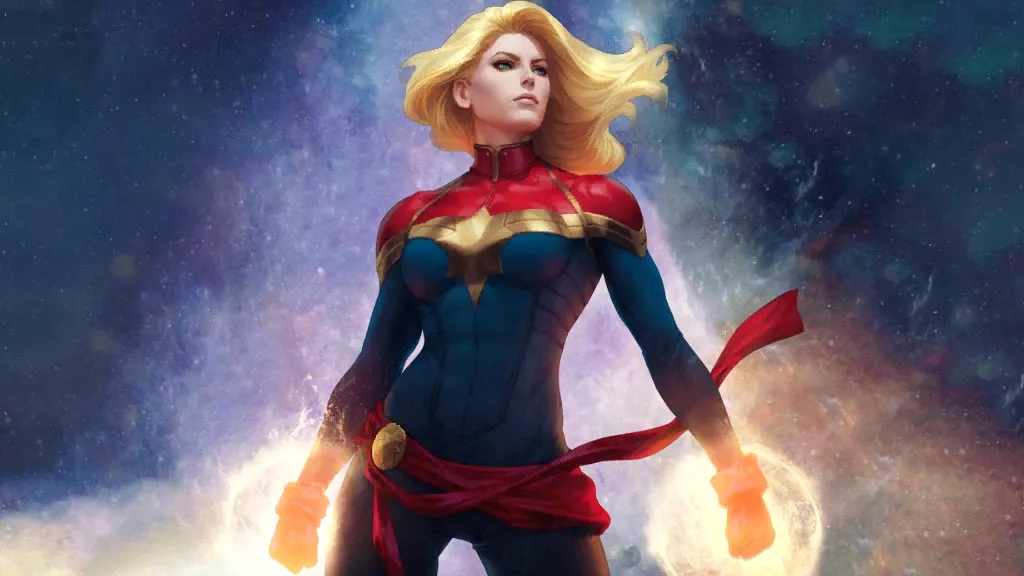
⭐ Premium
Enjoy our content? You can Support Marvel Snap Zone and your favorite content creators by subscribing to our Premium community! Get the most of your Marvel Snap experience with the following perks for paid membership:
- No ads: Browse the entire website ad-free, both display and video.
- Exclusive Content: Get instant access to all our Premium articles!
- Meta Reports: Exclusive daily meta reports, such as the Ultimate Card Metrics Report, Top 10 Decks of the Day, Top 30 Cards, and Top Card Pairs tailored for you!
- Team Coaching: Join our free weekly team coaching call sessions on the Discord server. Claim your Premium role and gain access to exclusive channels where you can learn and discuss in real time!
- Premium Dashboard: Get full instant access to the member-only dashboard, the all-in-one page for all your benefits.
- Support: All your contributions get directly reinvested into the website to increase your viewing experience! You get also get a Premium badge and border on your profile.
- Special offer: For a limited time, use coupon code SBYREX4RL1 to get 50% off the Annual plan!
























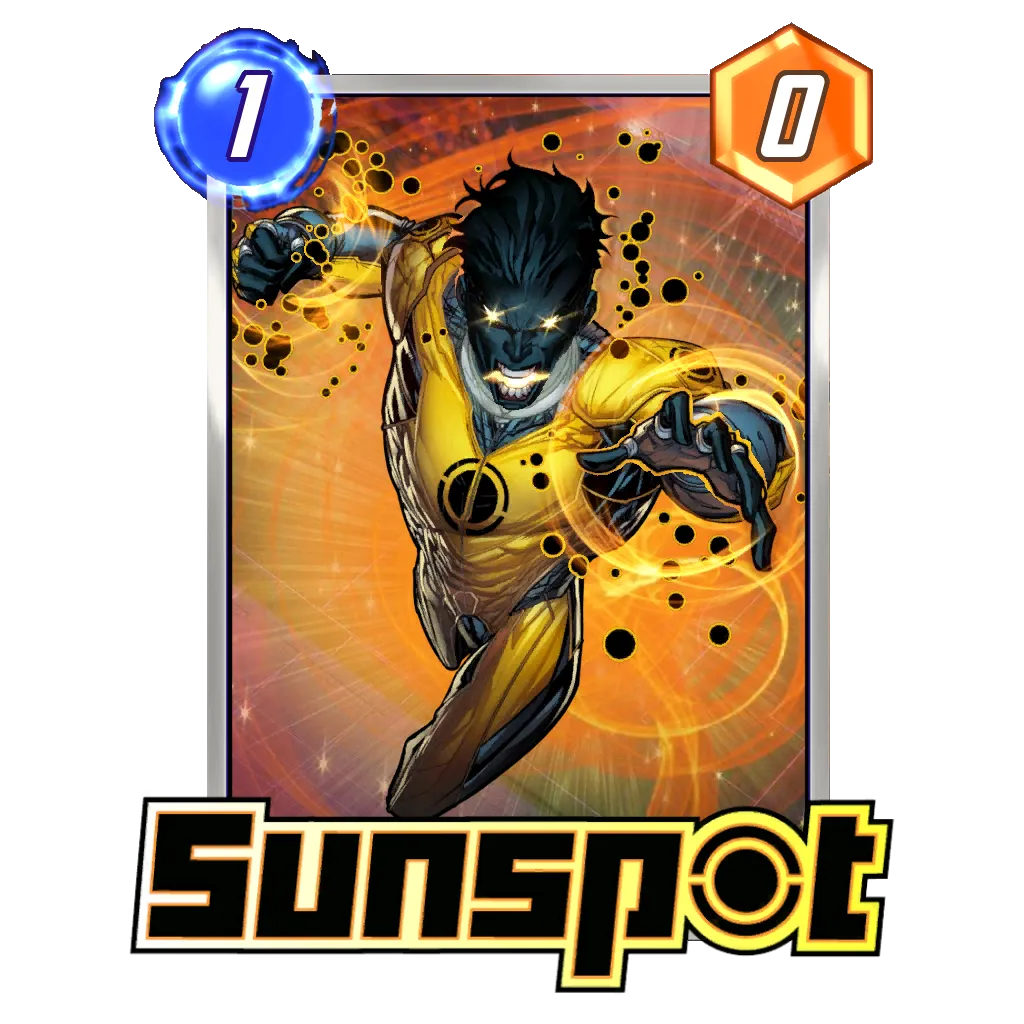
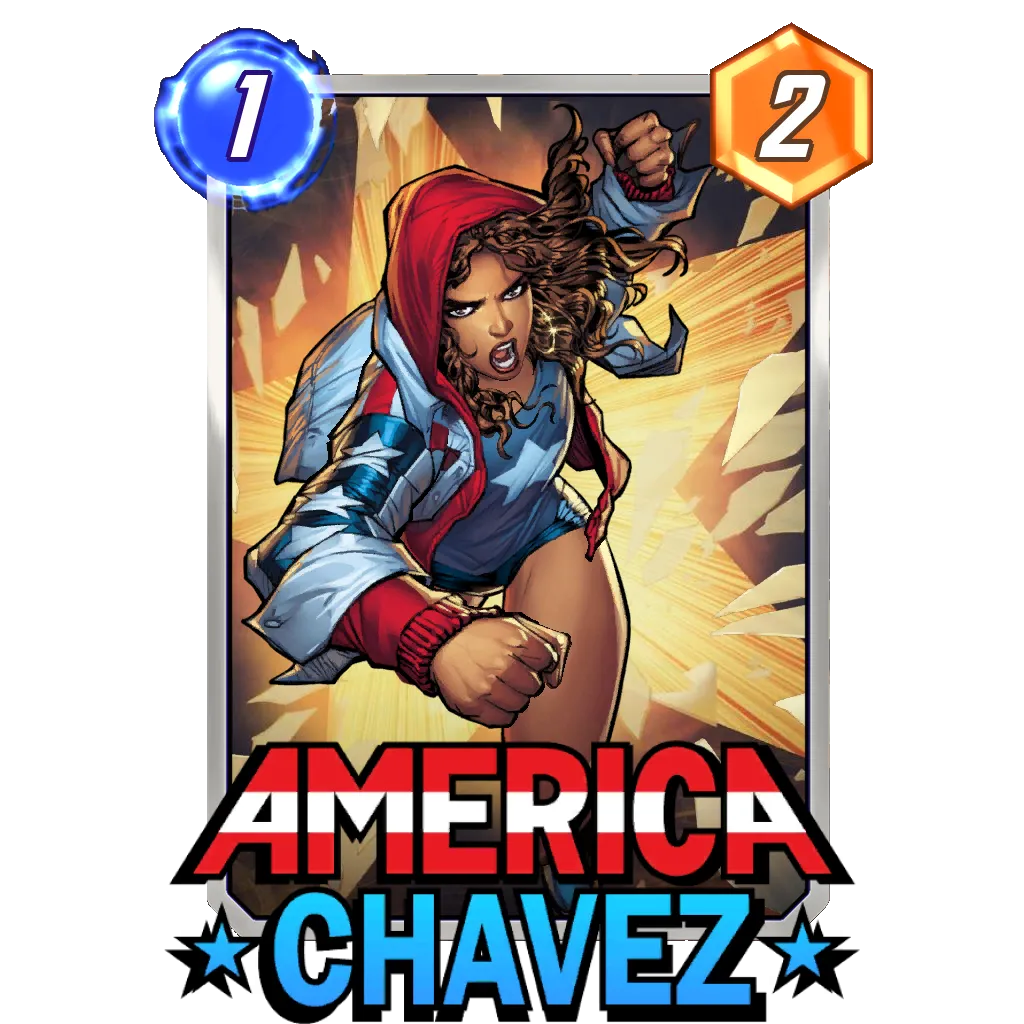
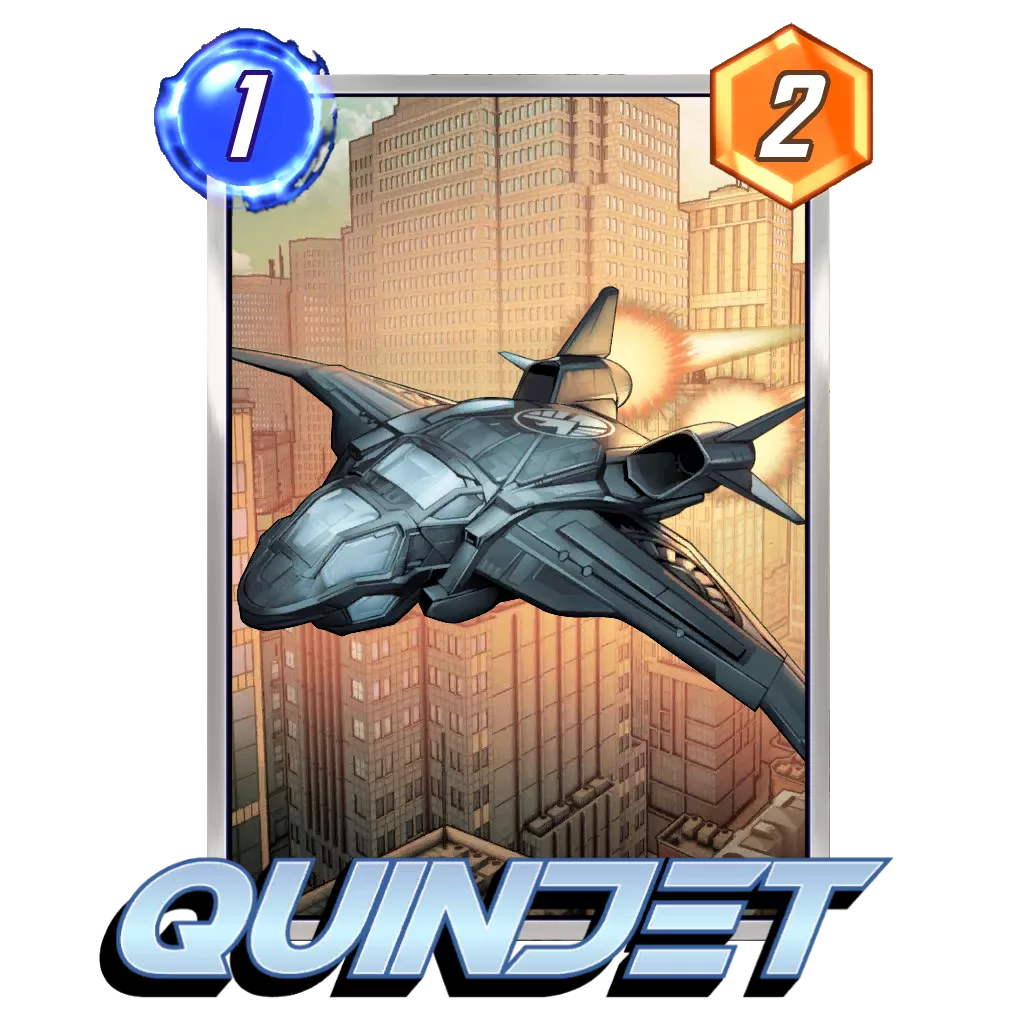
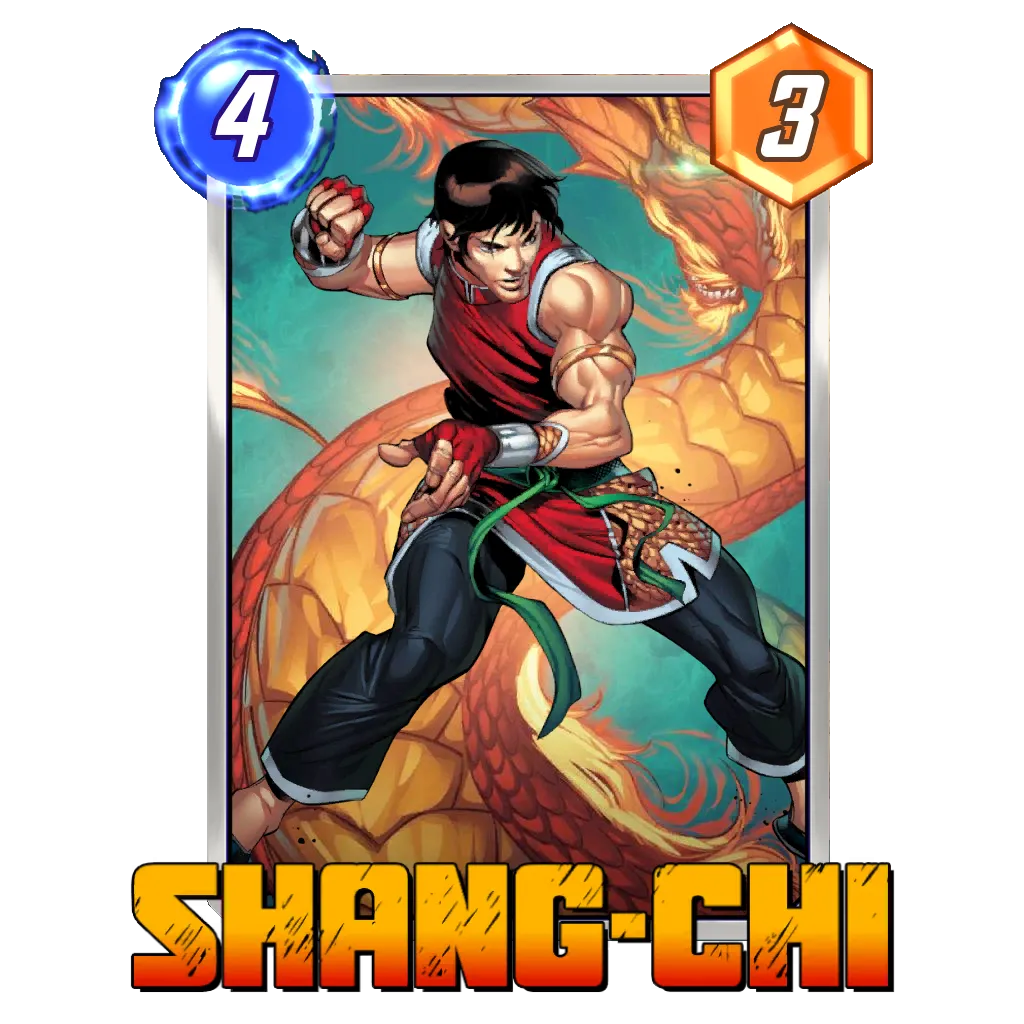
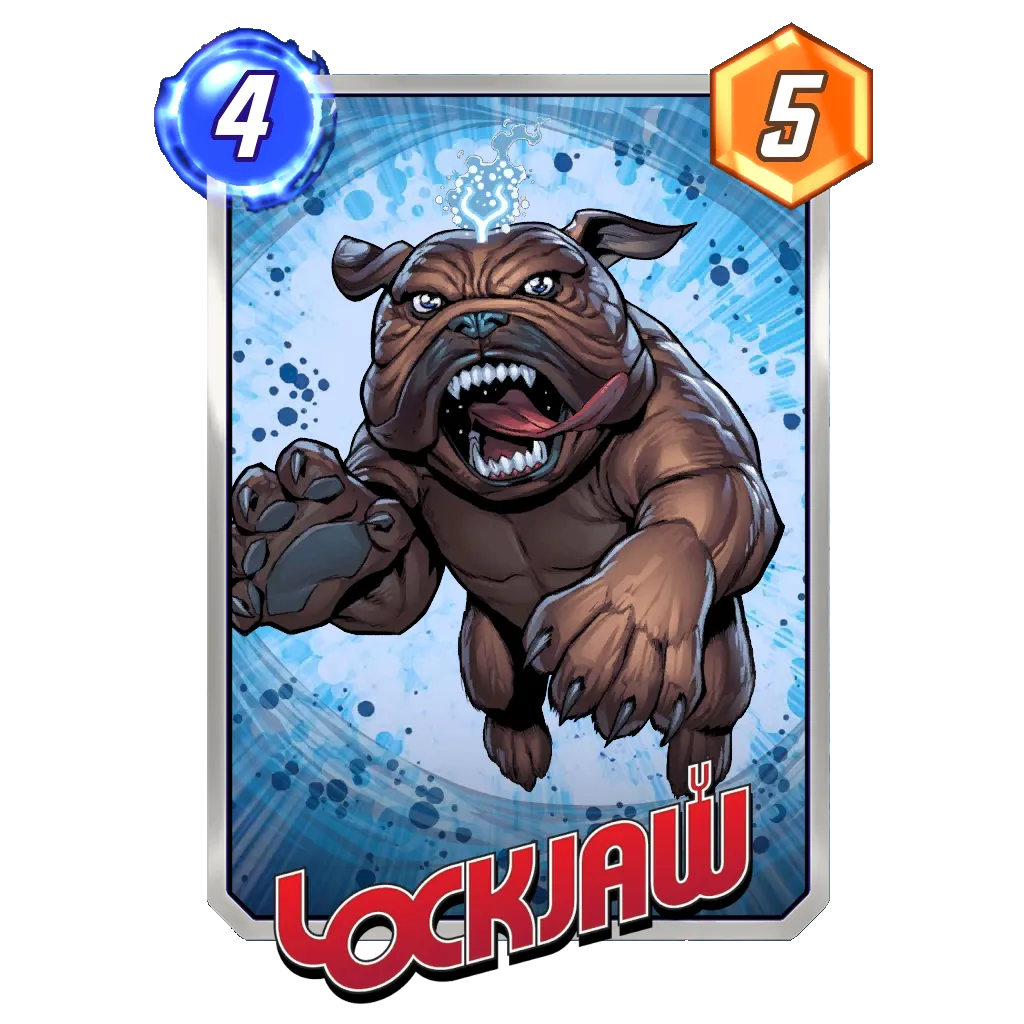
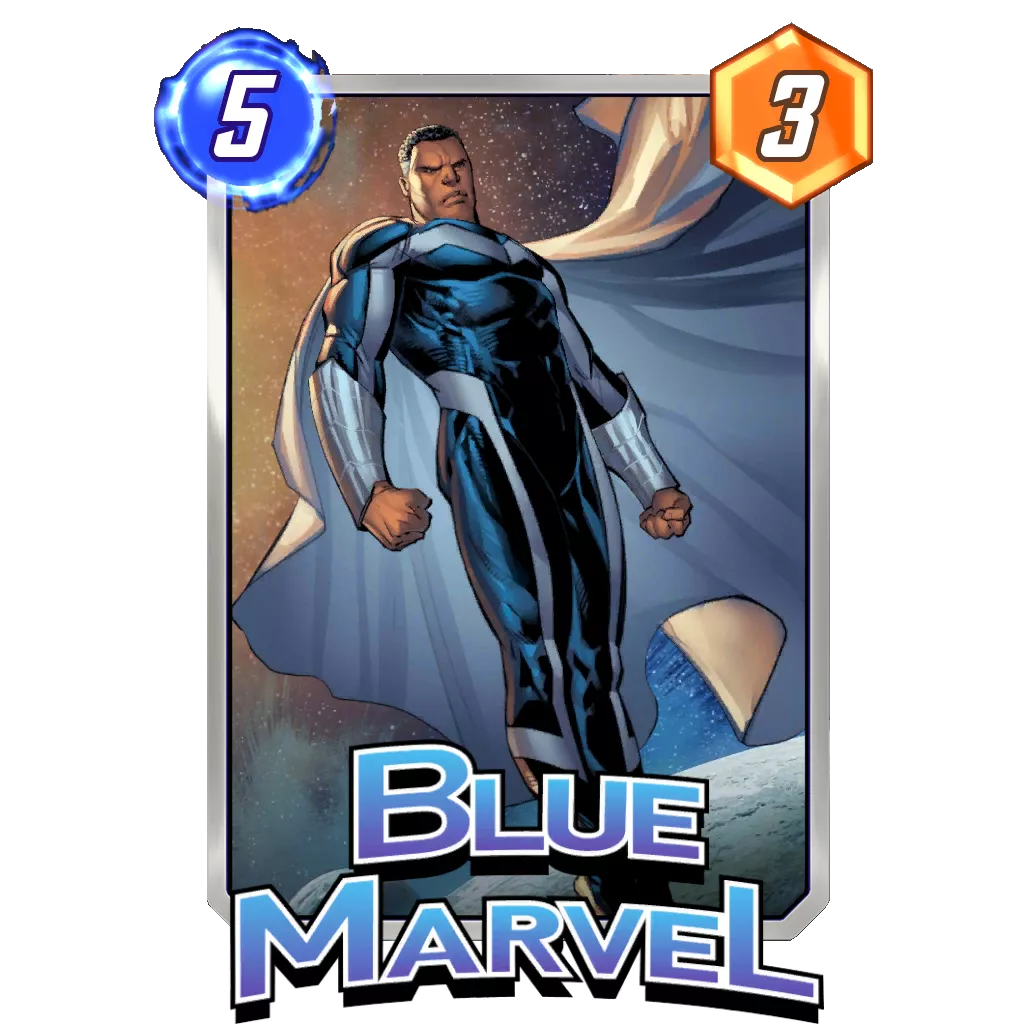
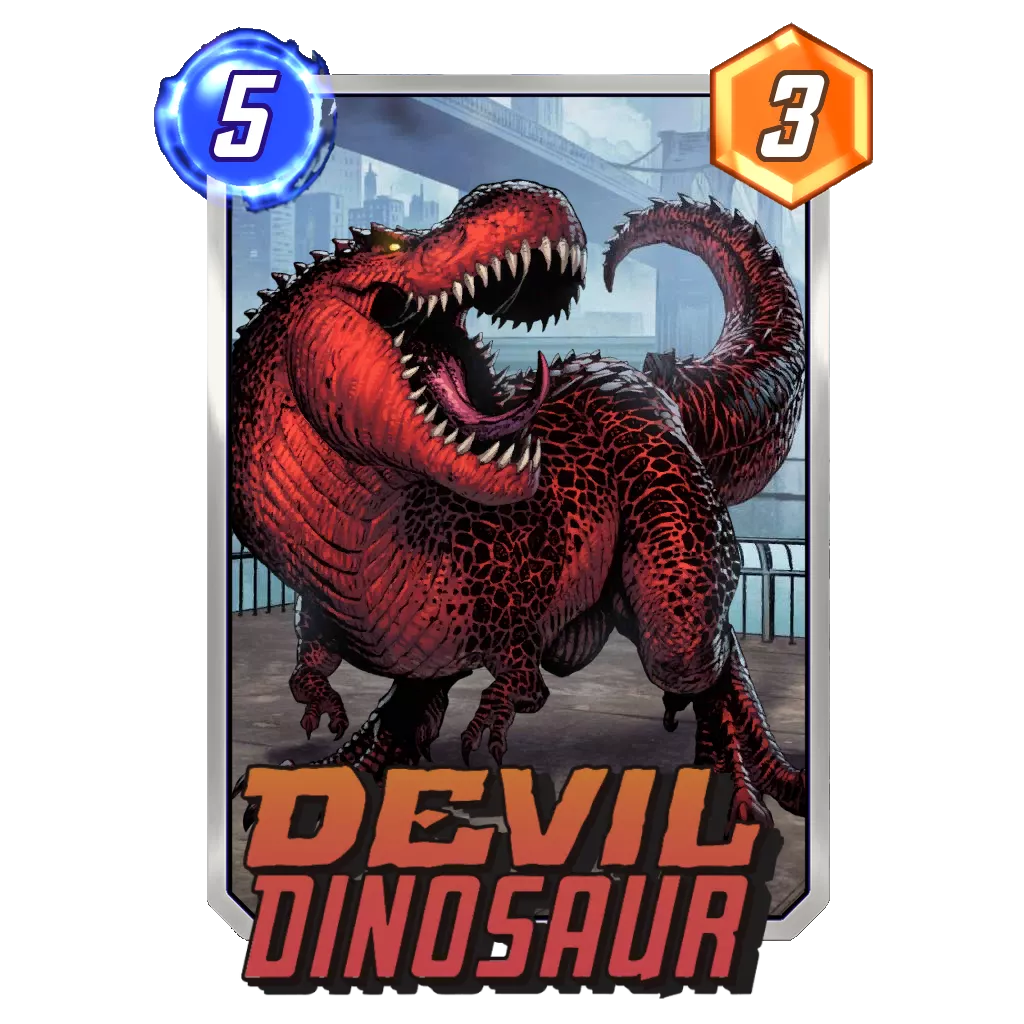
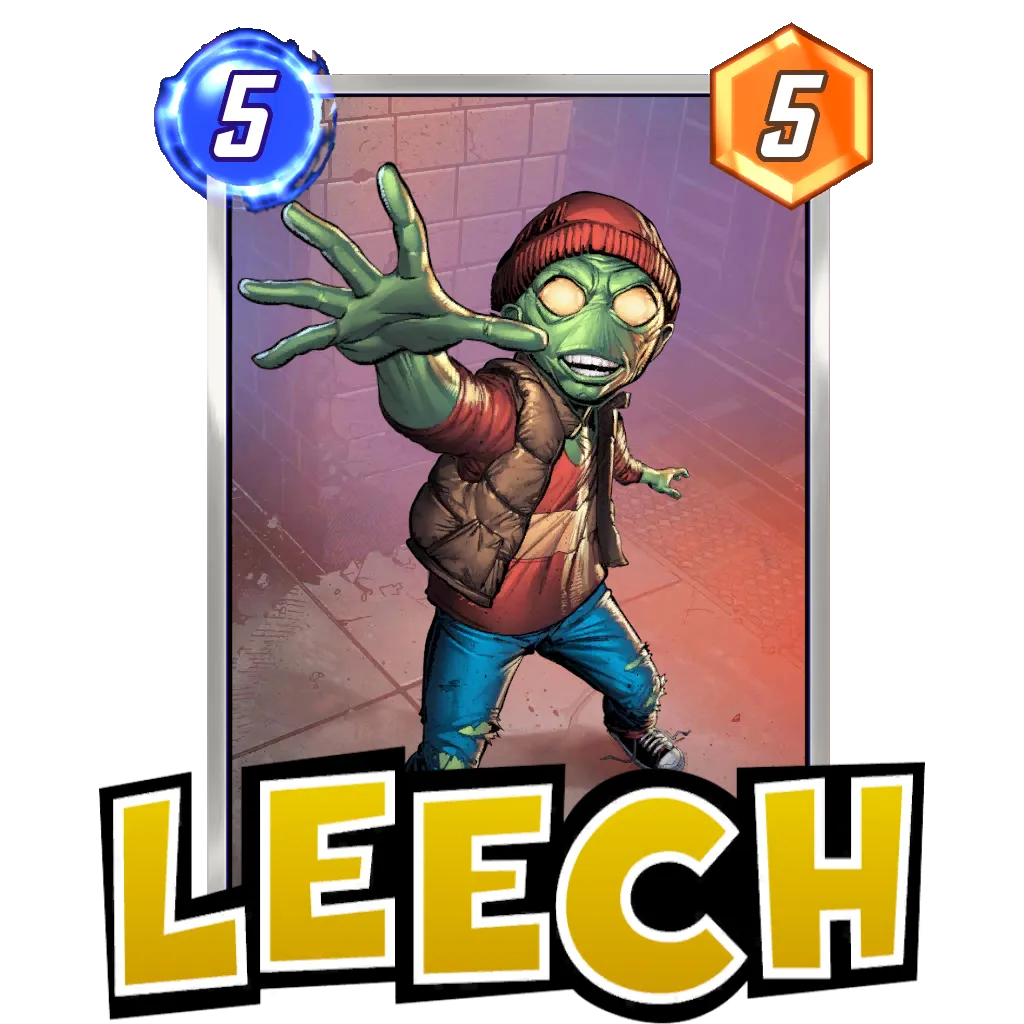
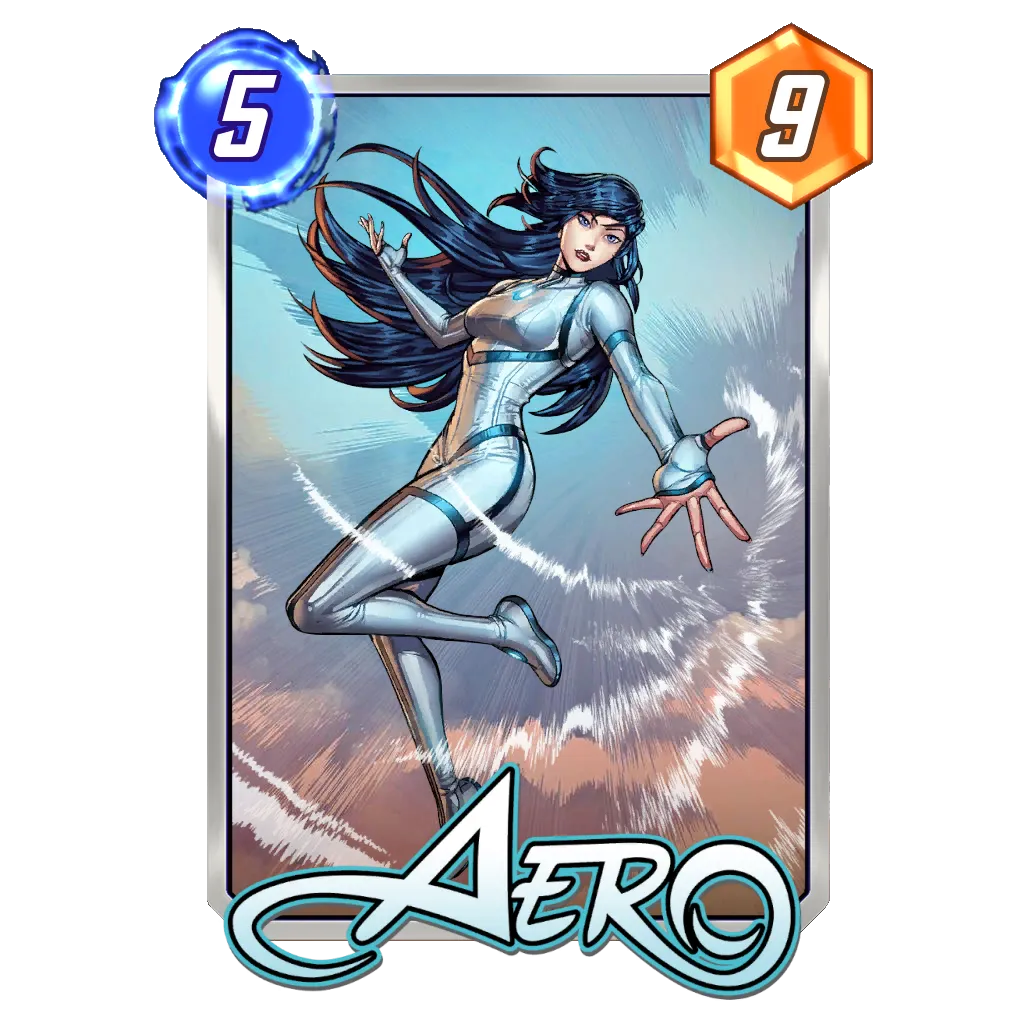
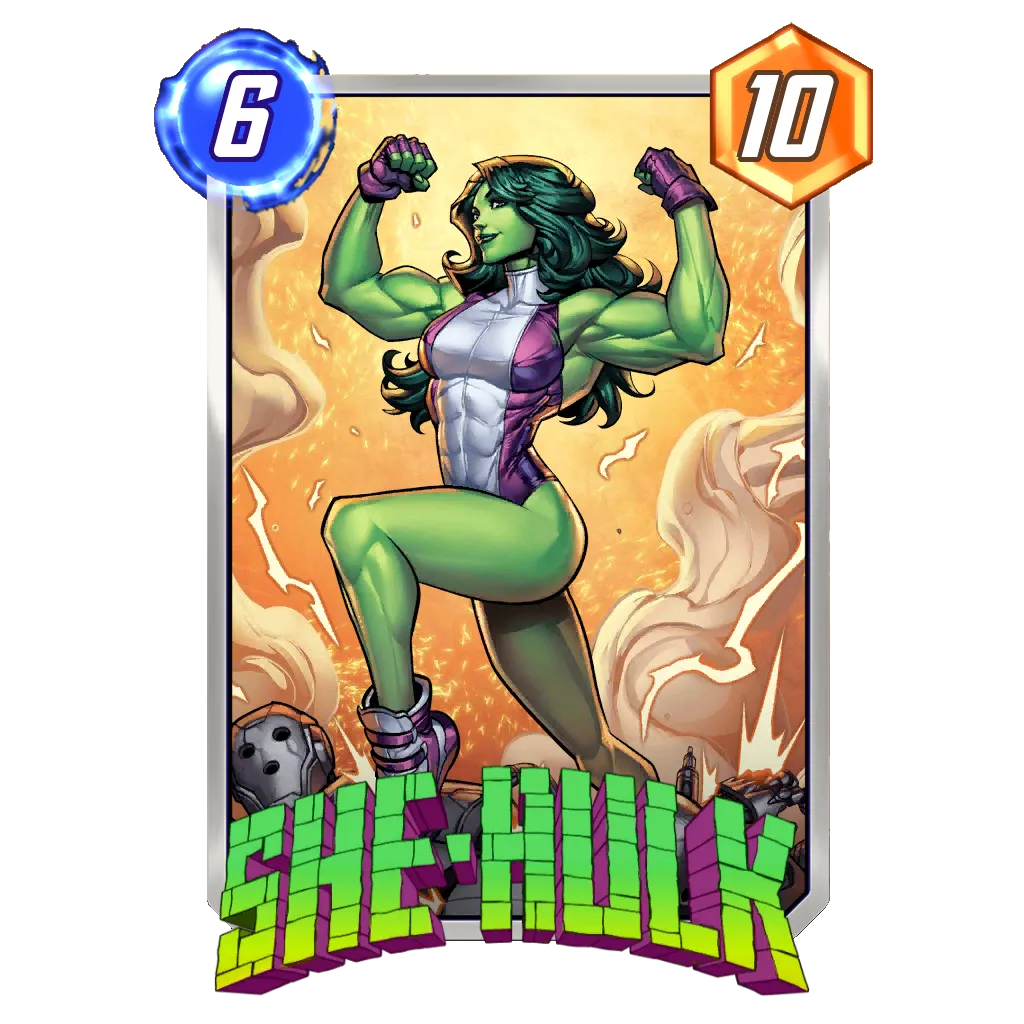
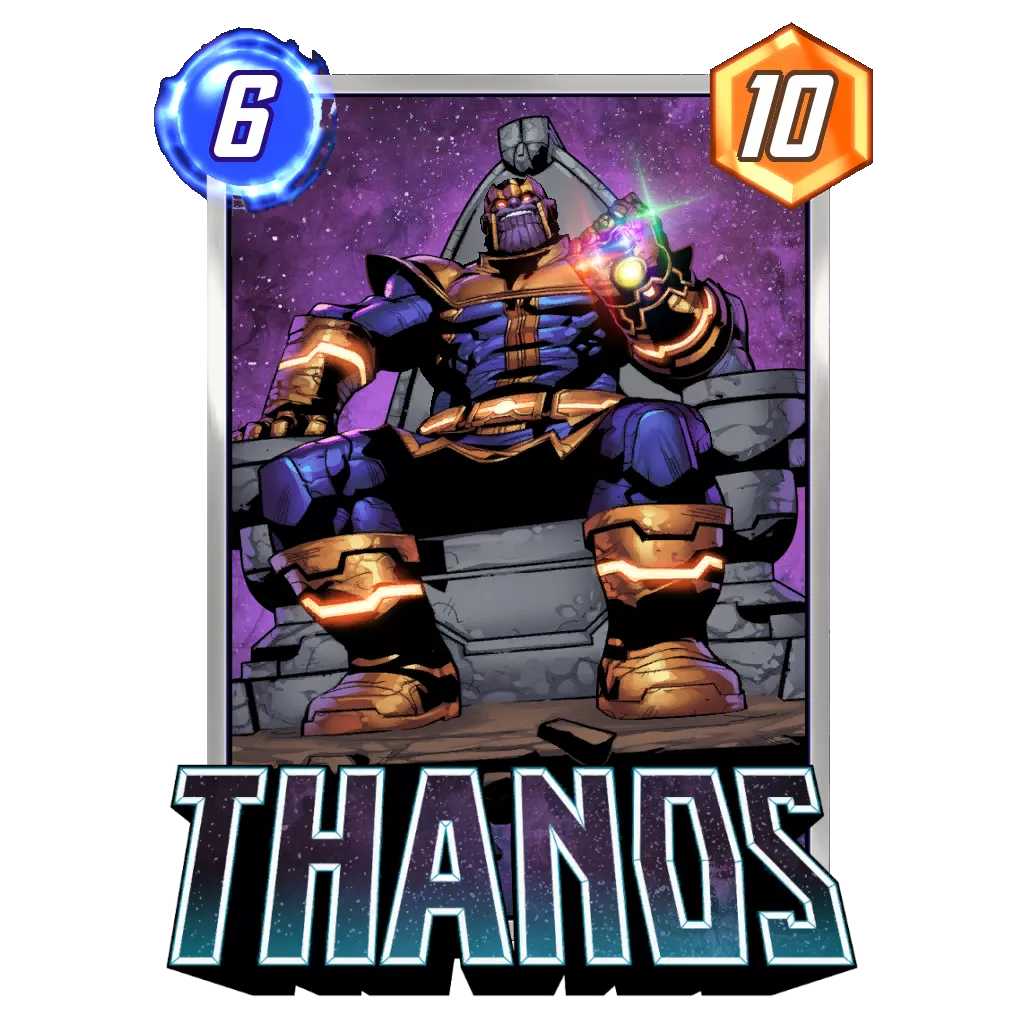
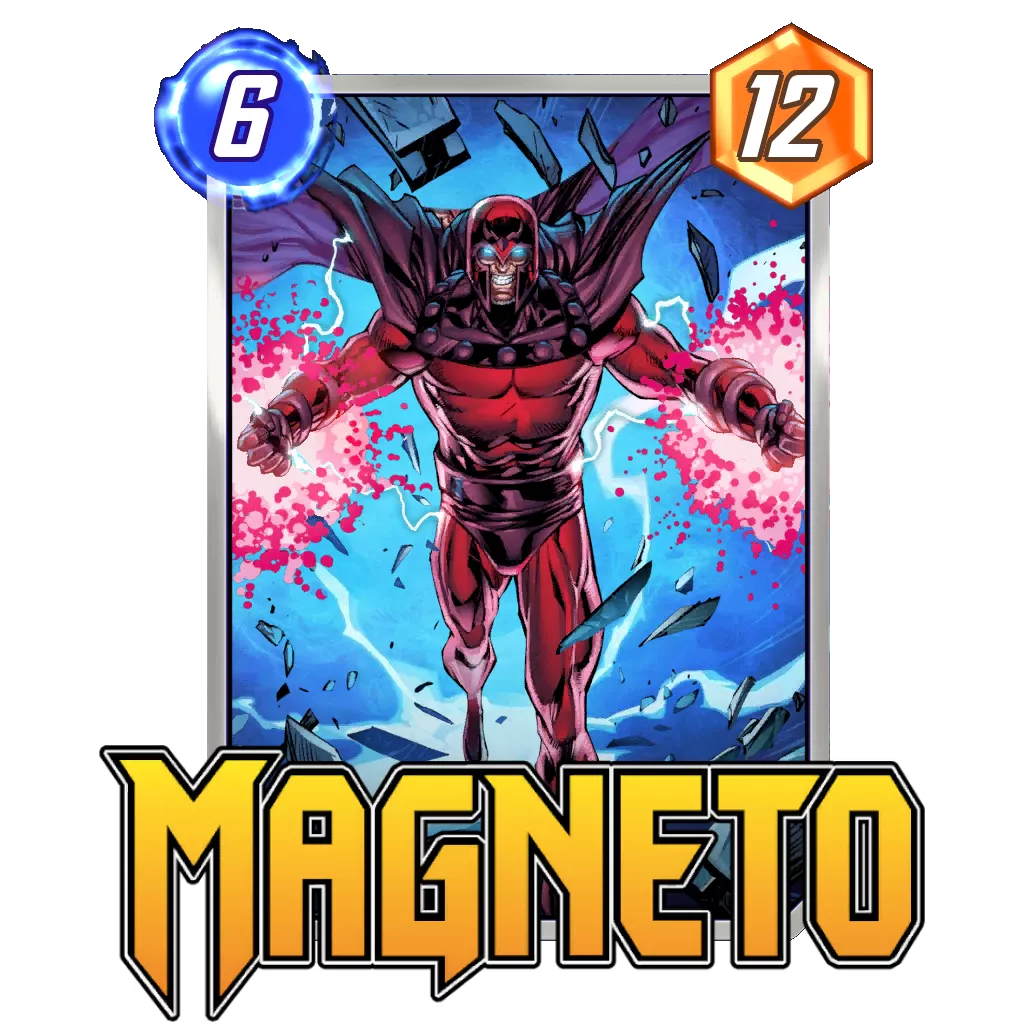


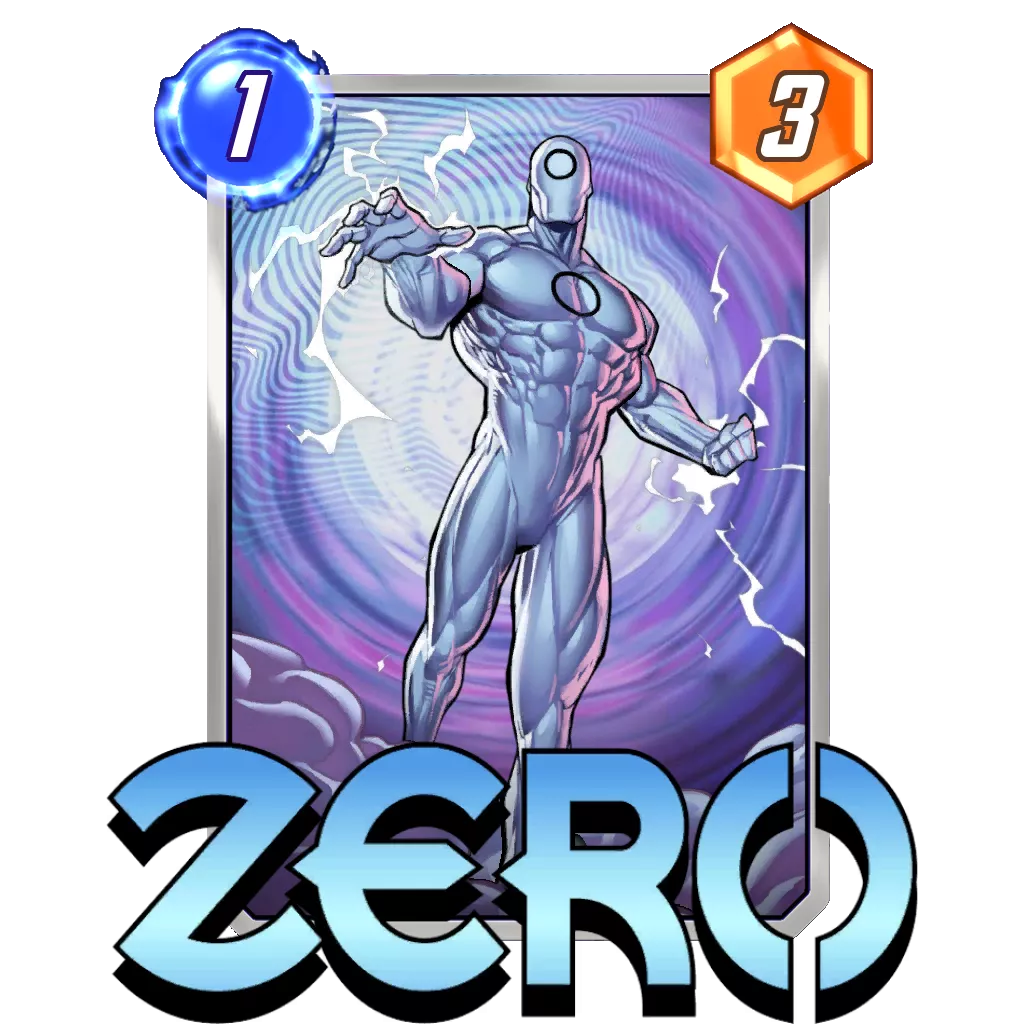
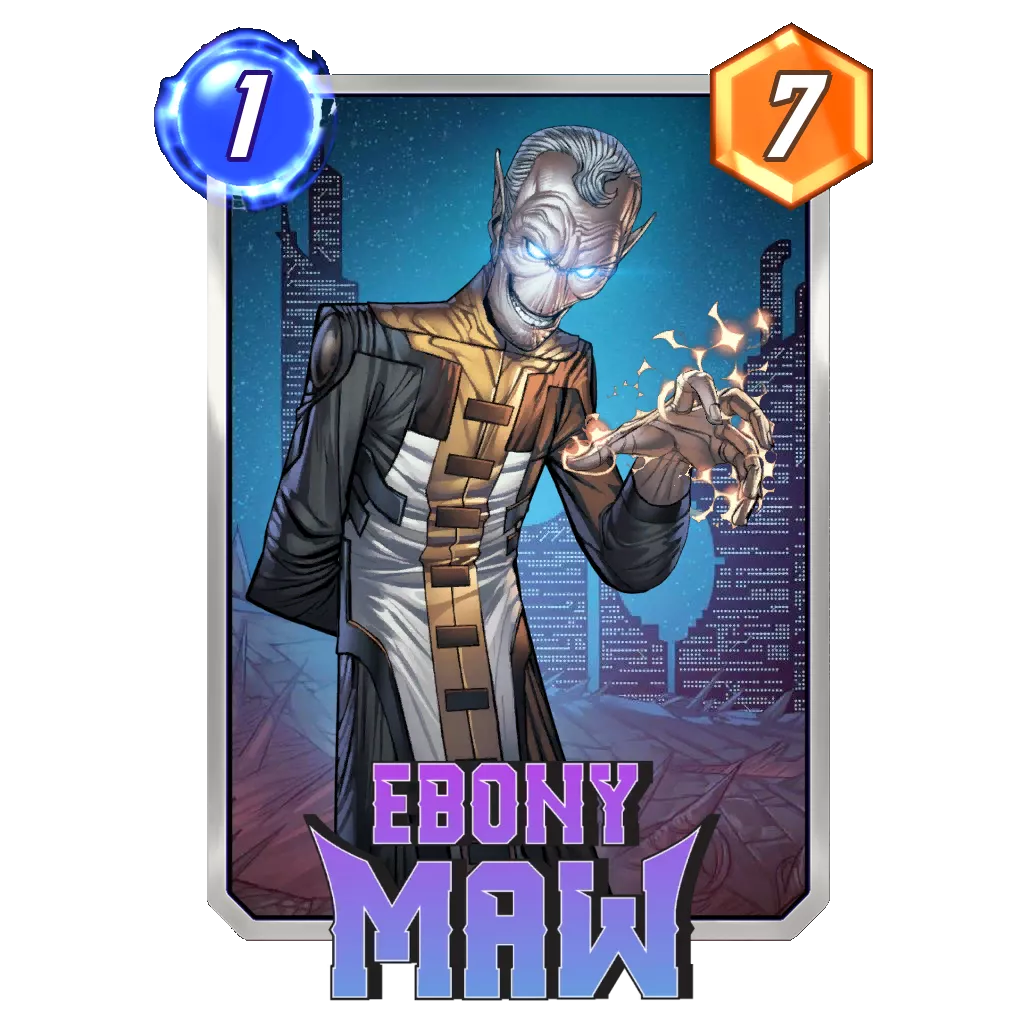
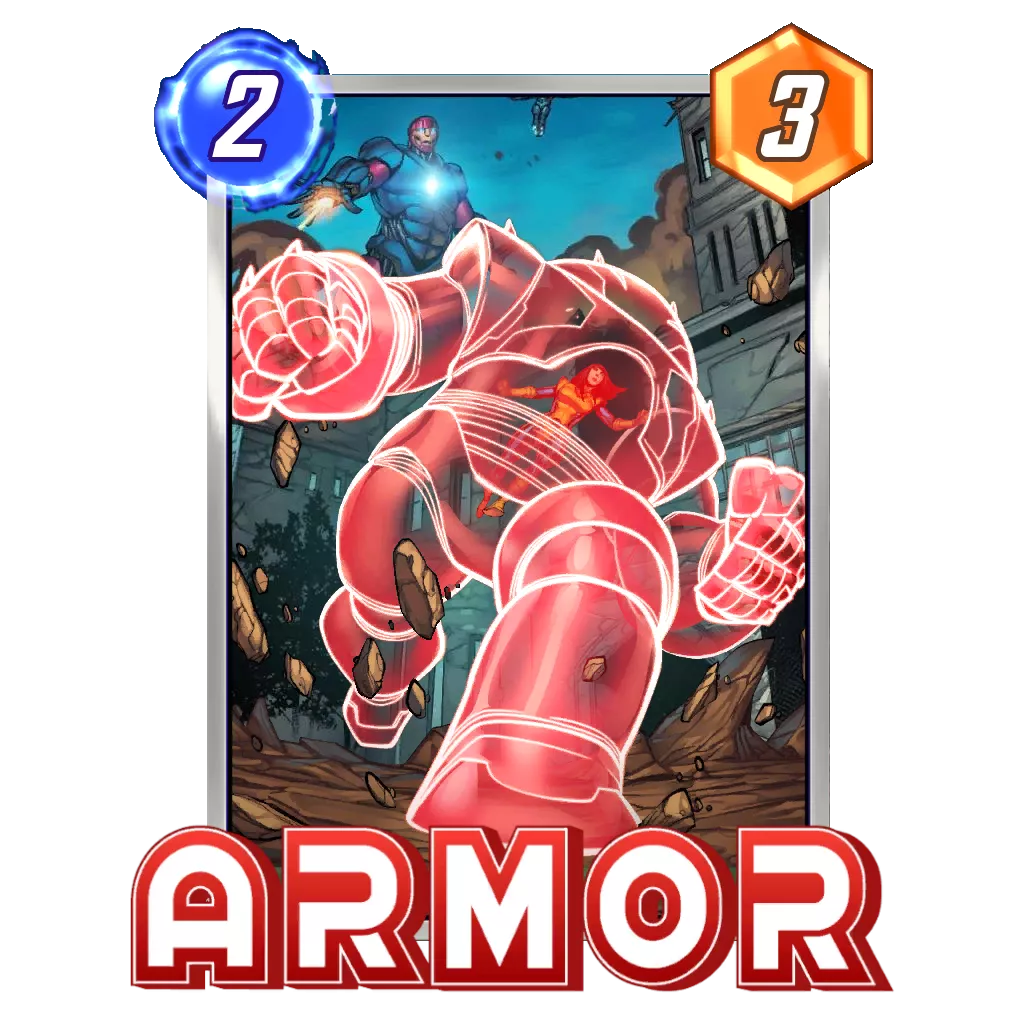
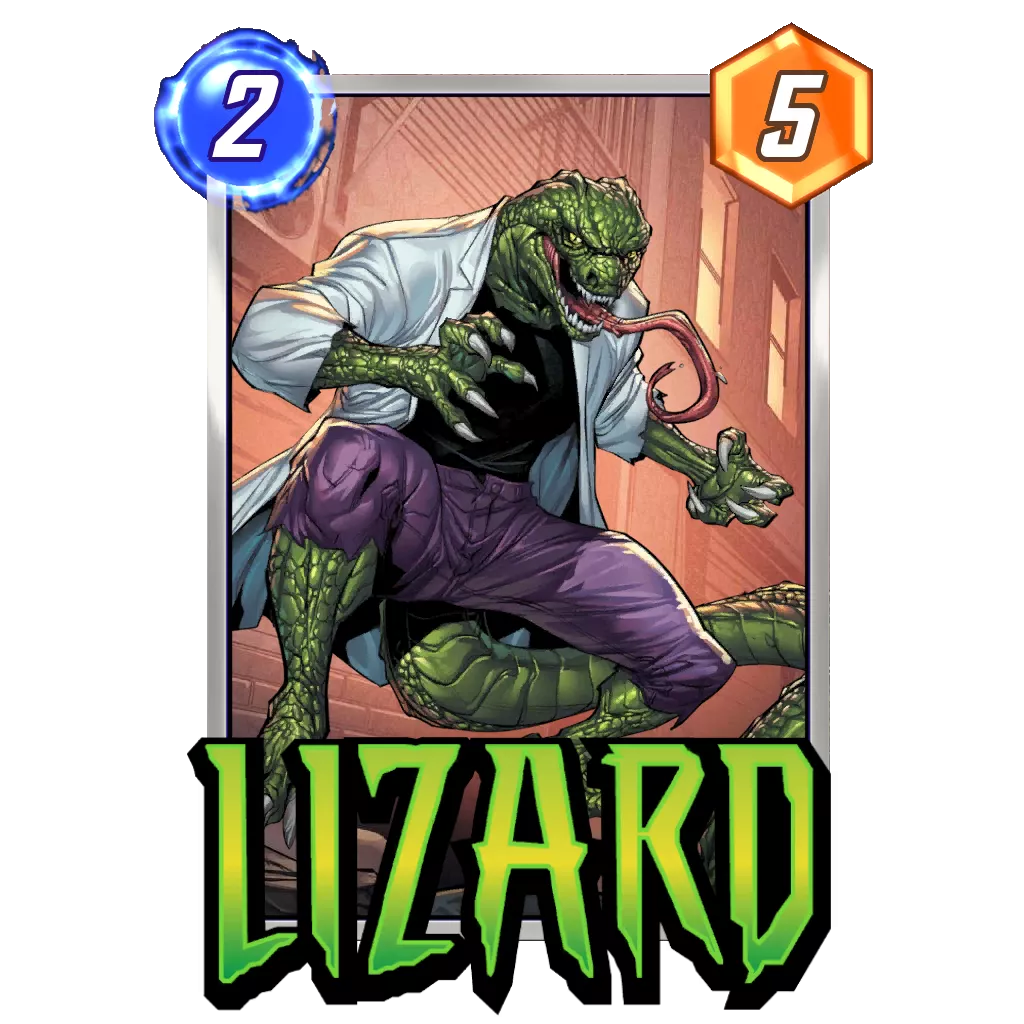
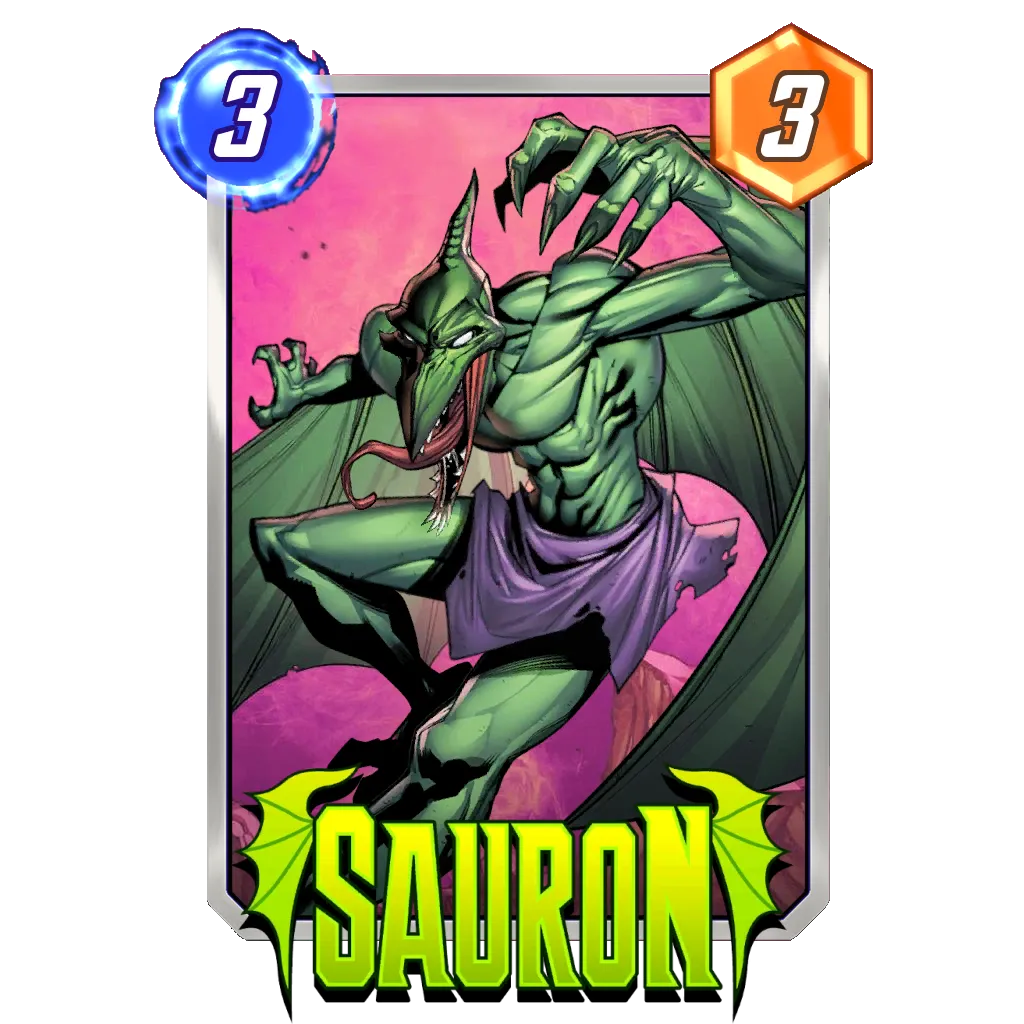
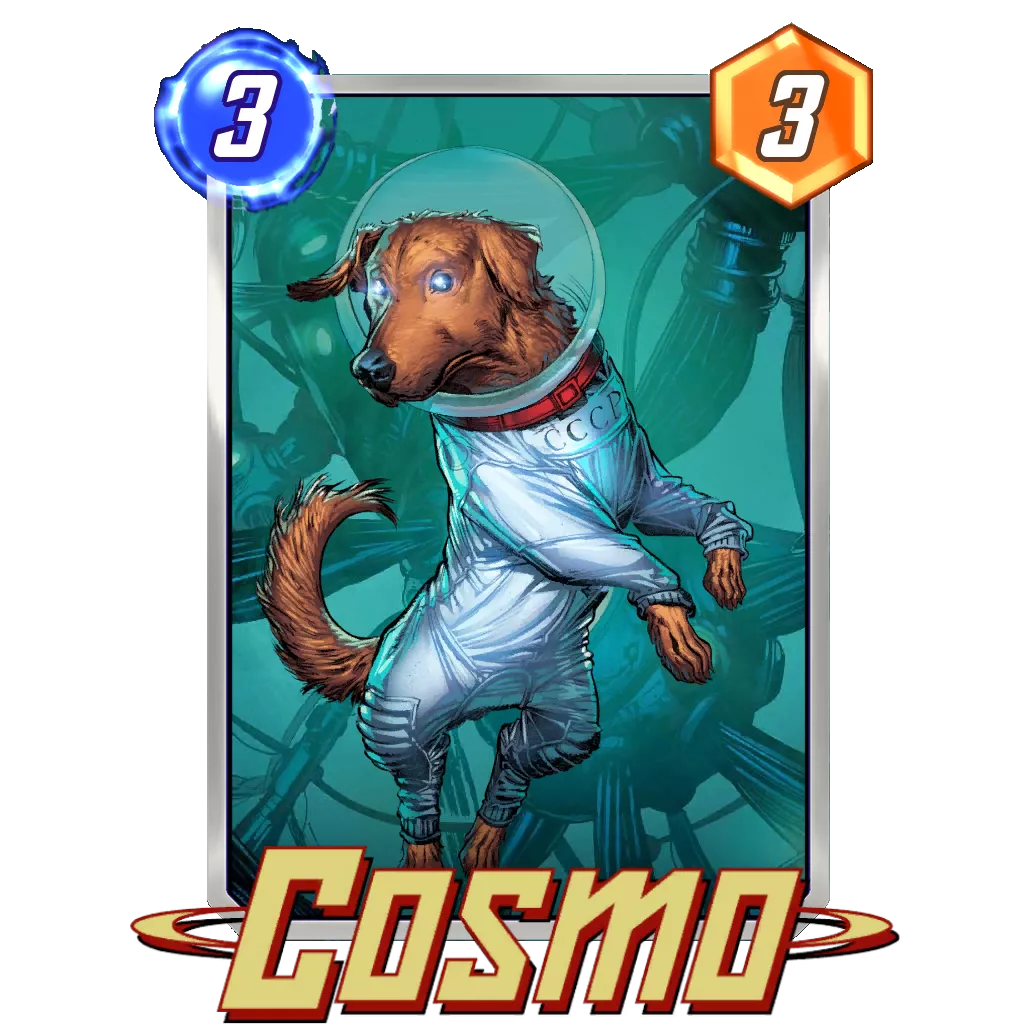
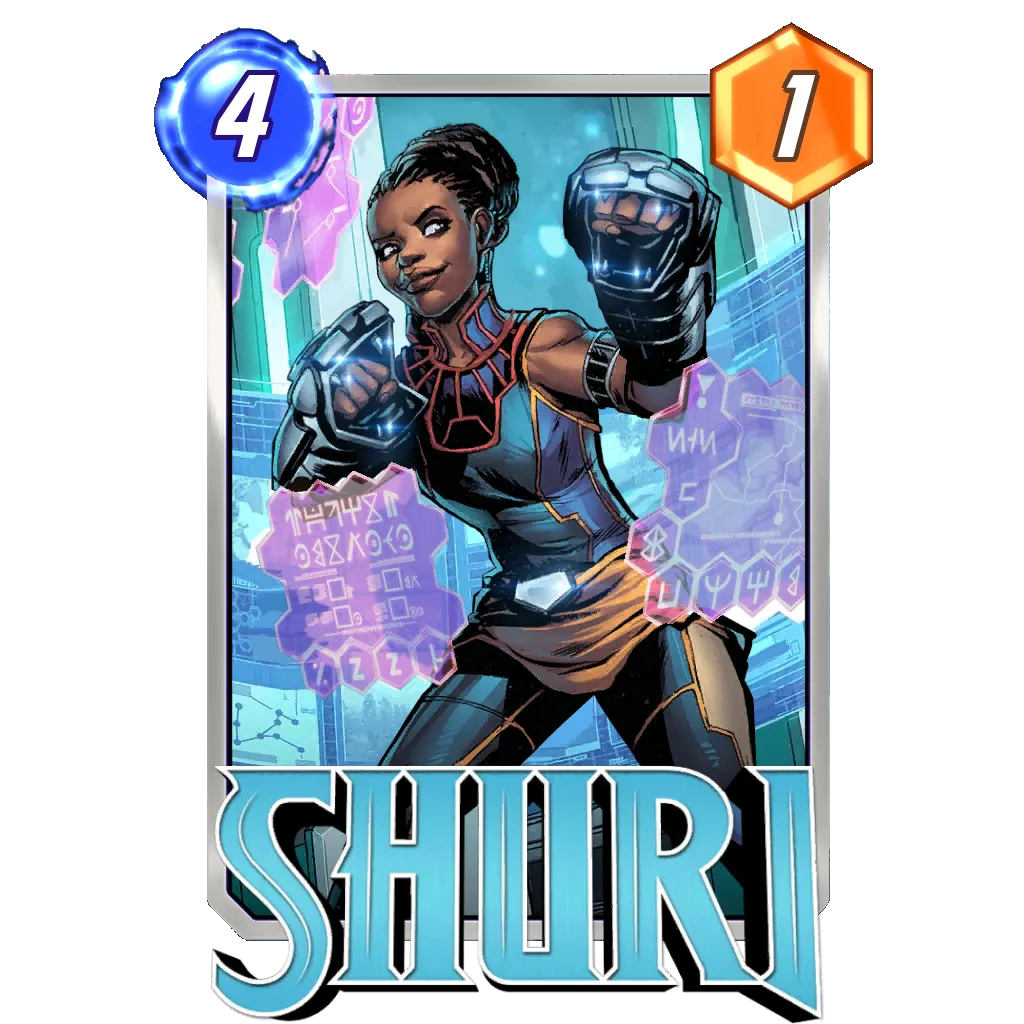
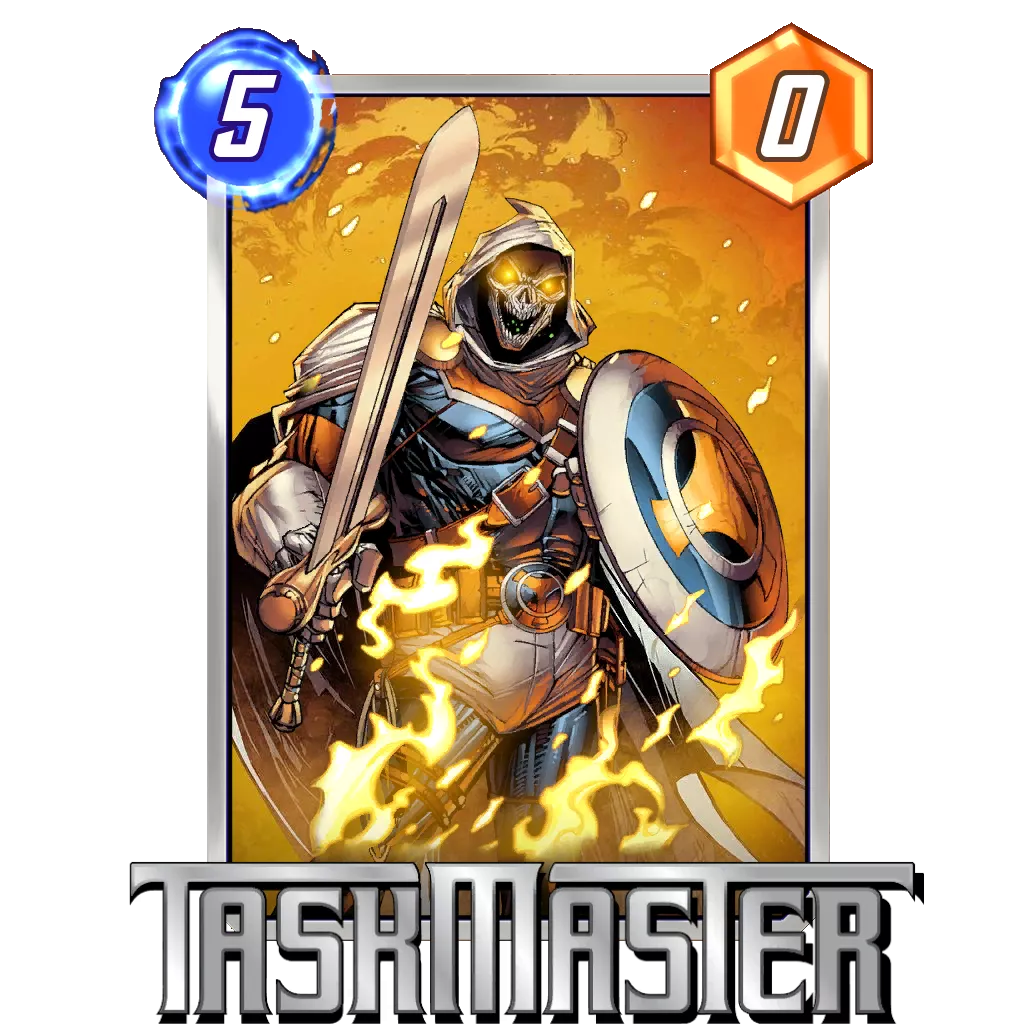
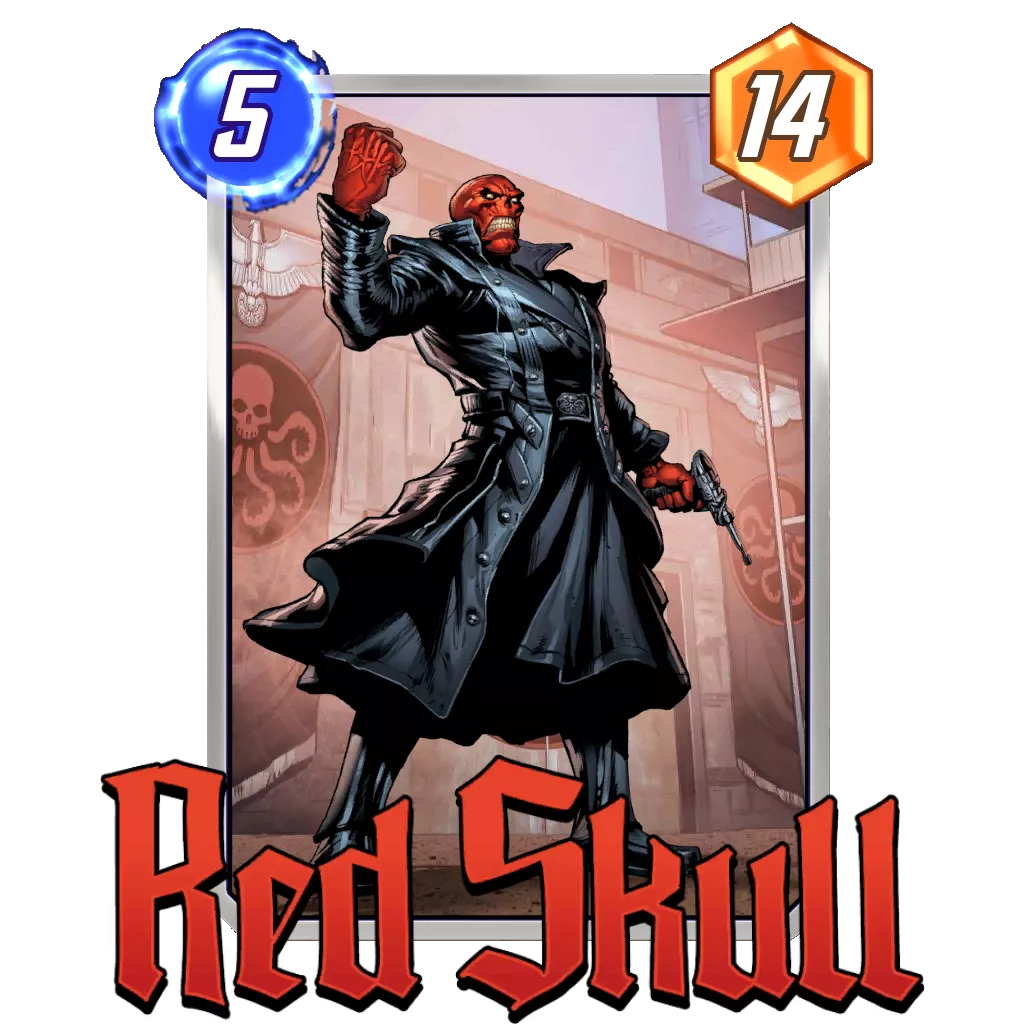
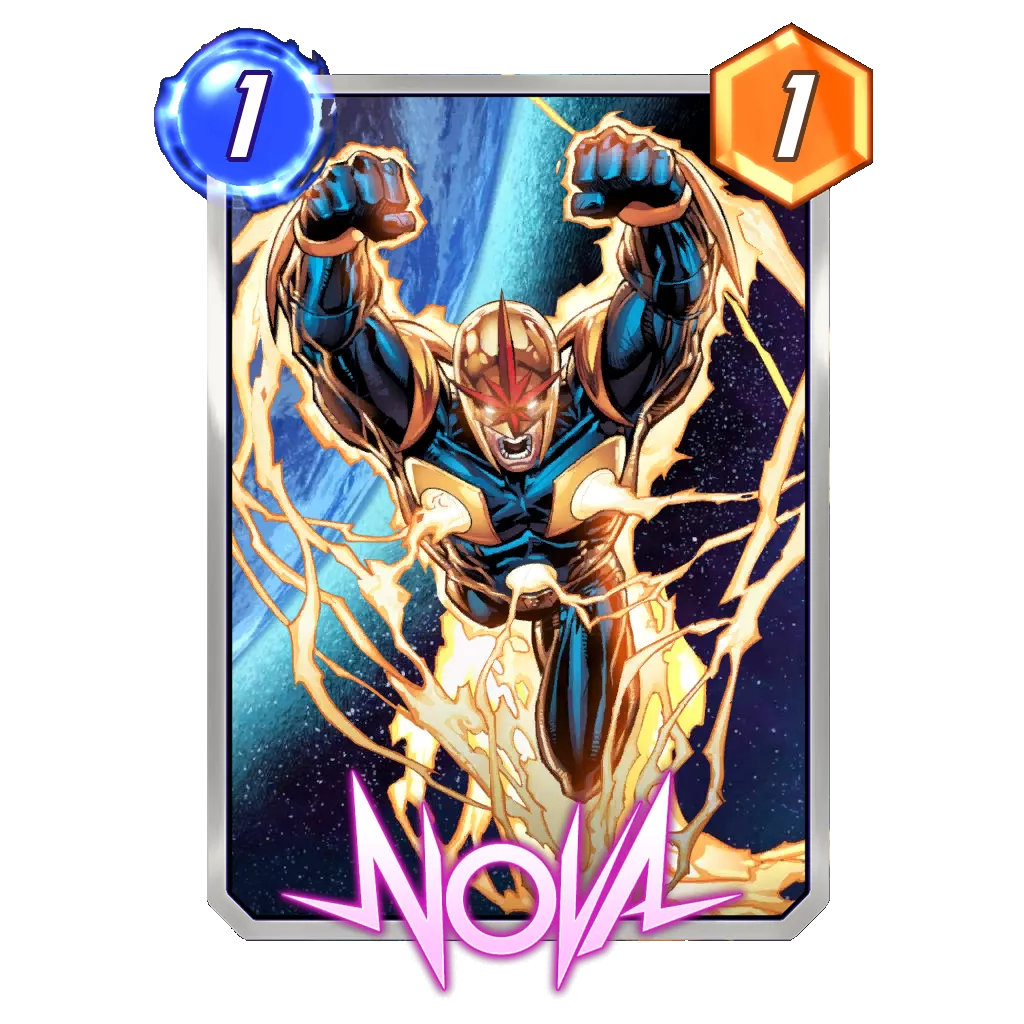
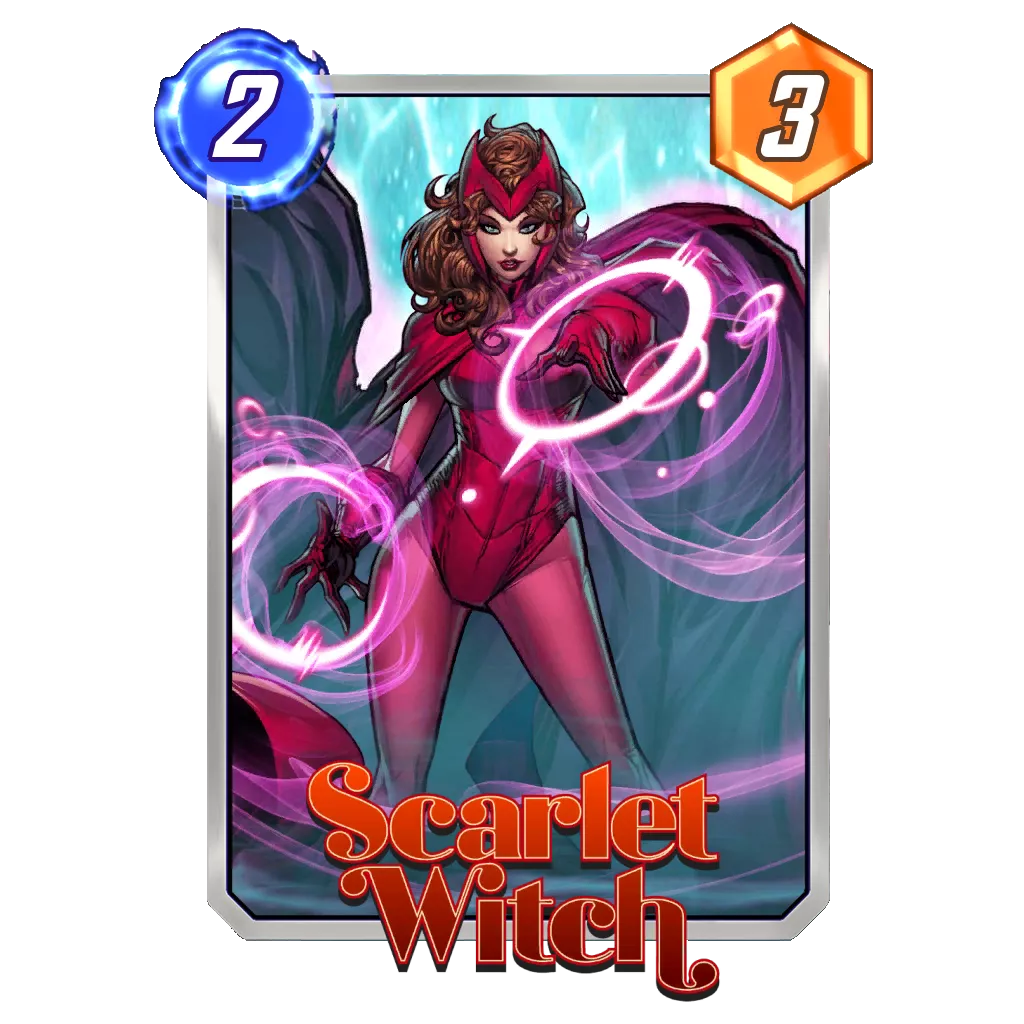
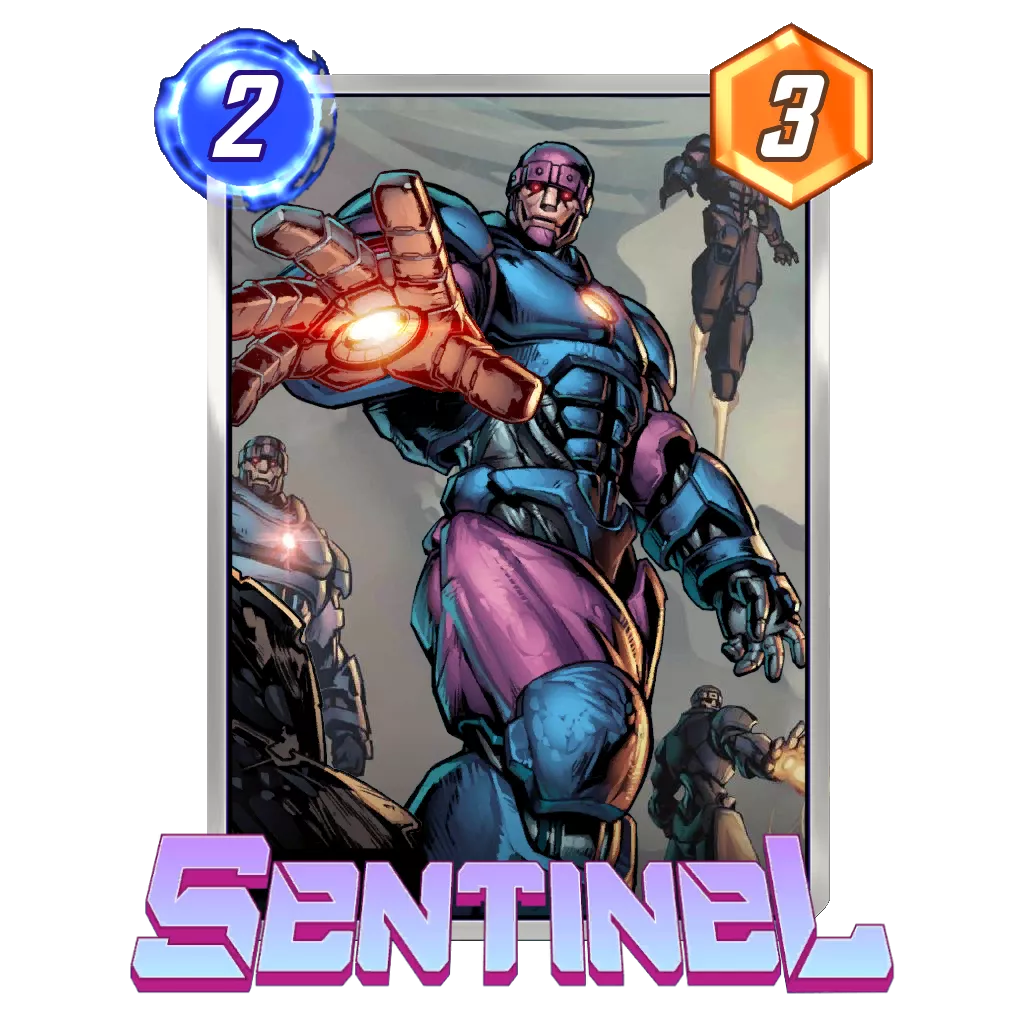
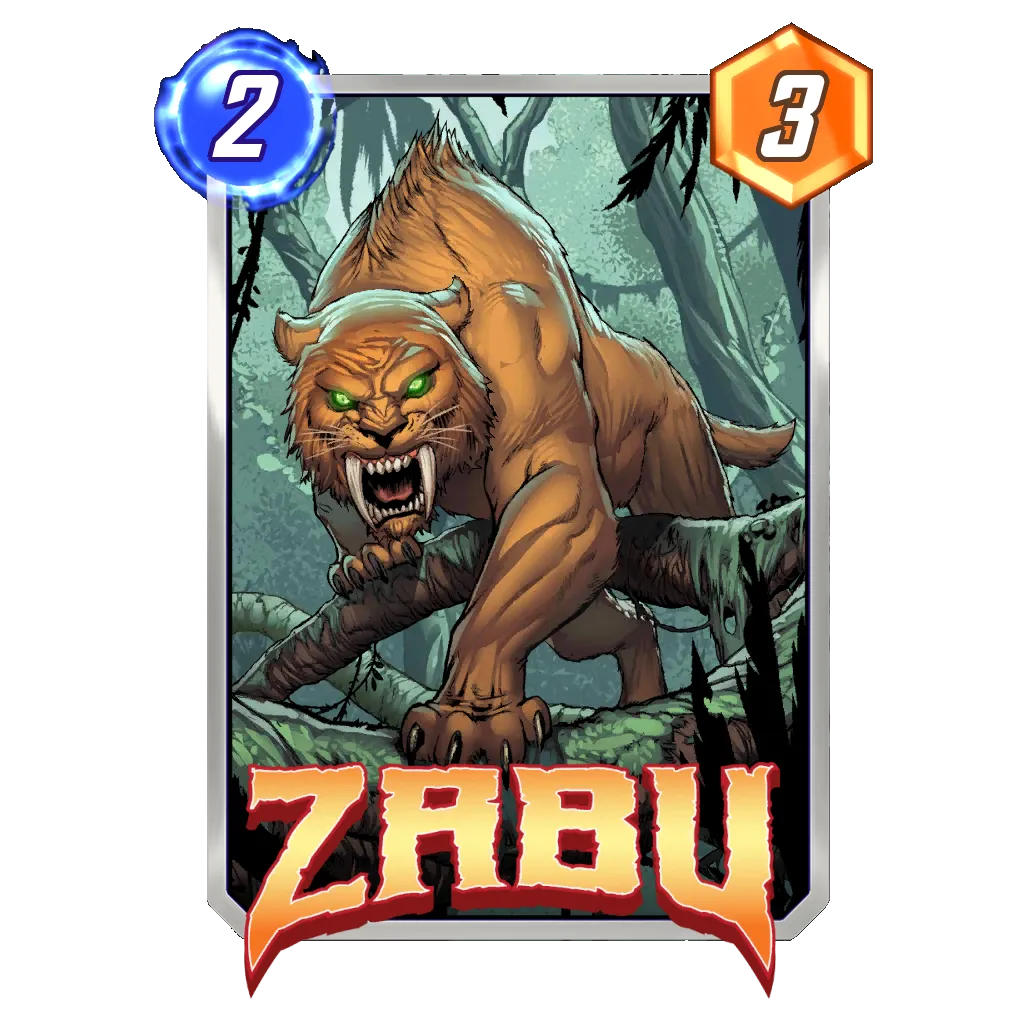
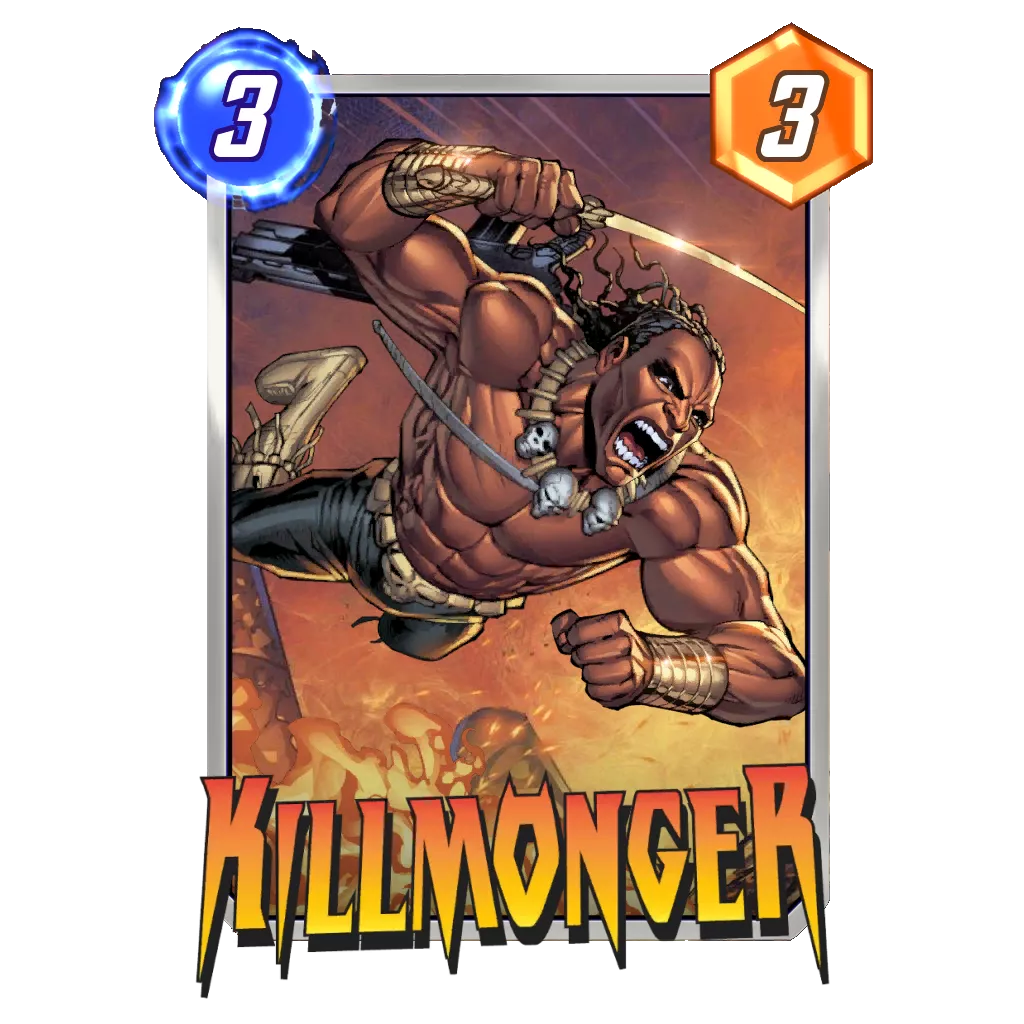
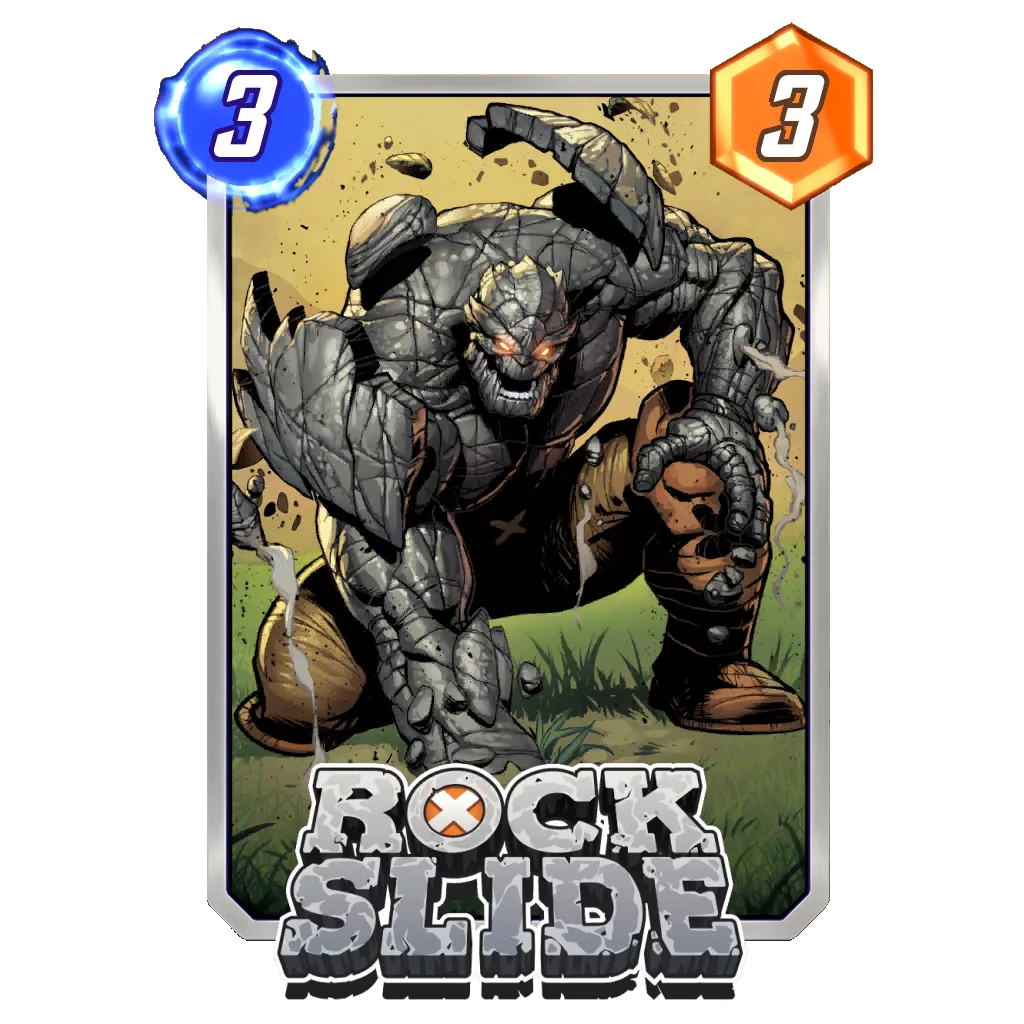
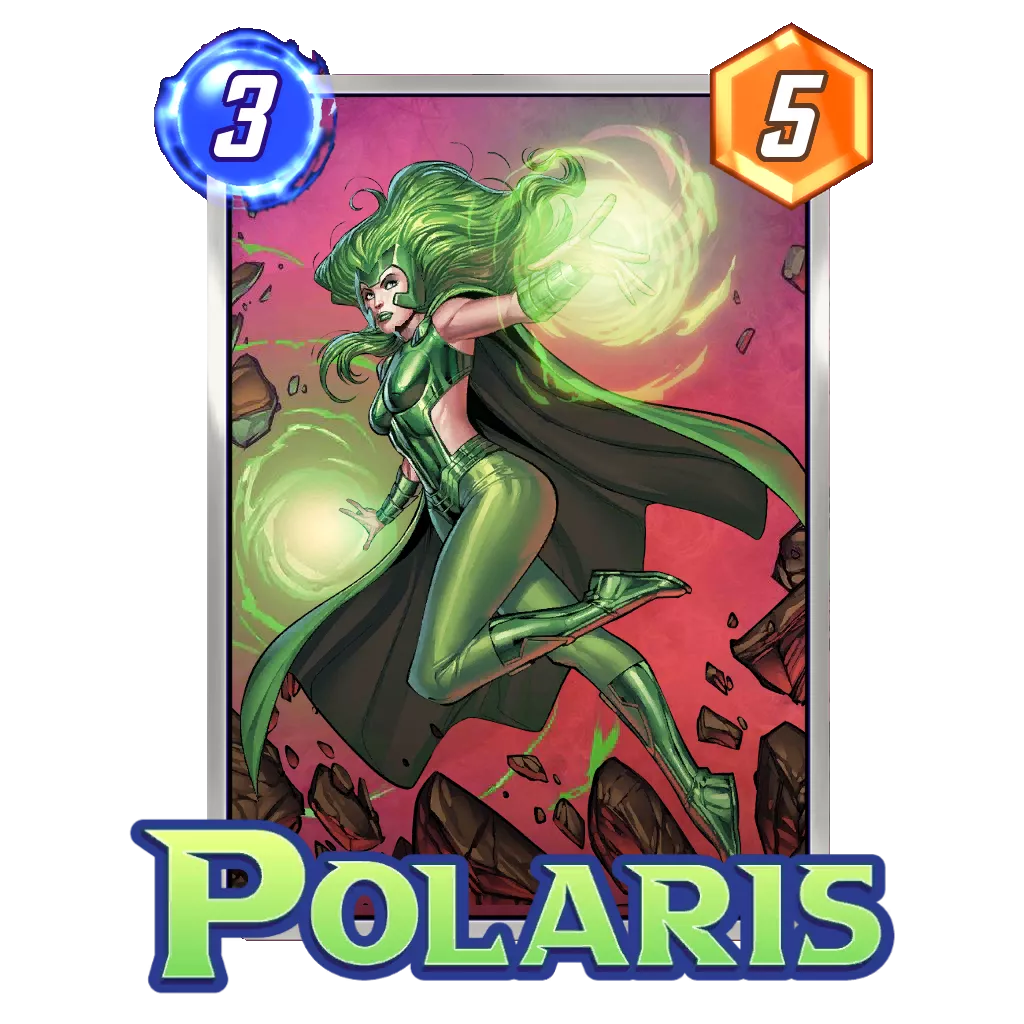
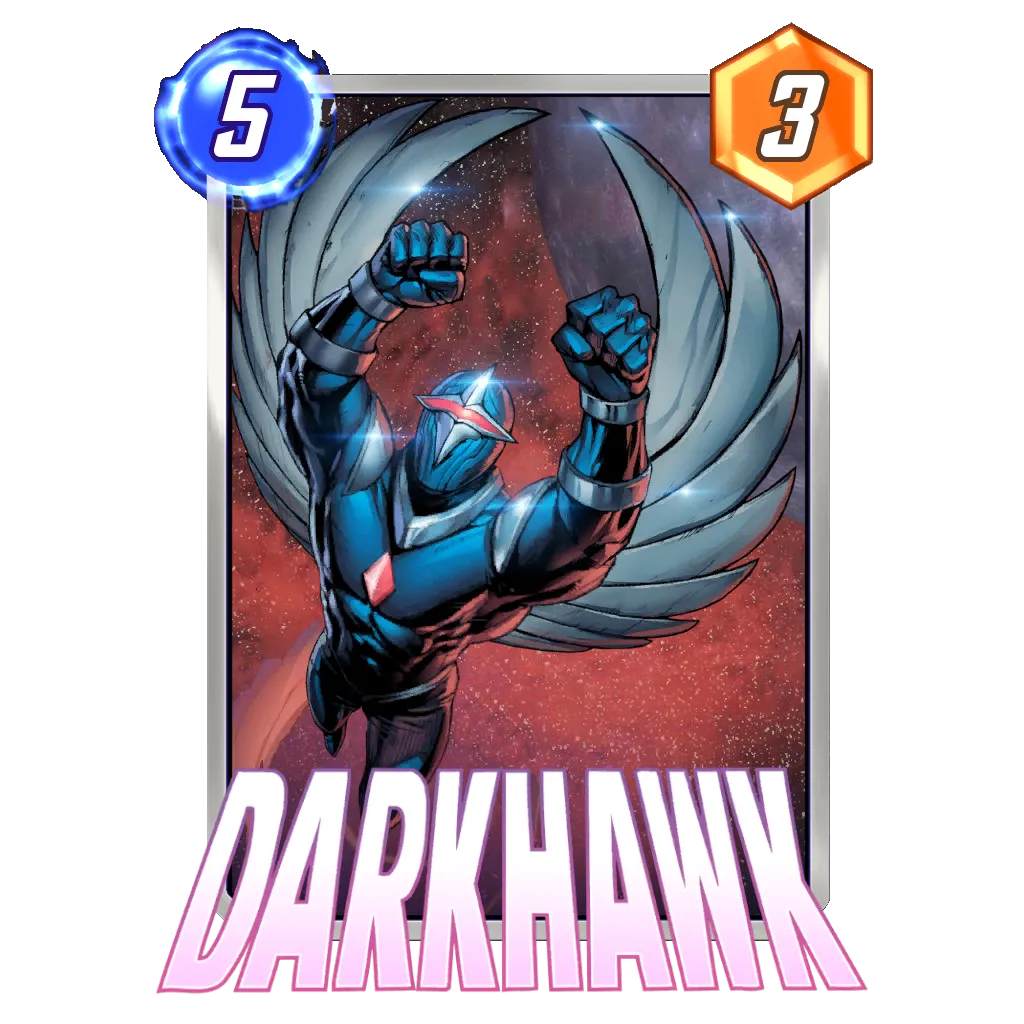

 HowlingMines
HowlingMines